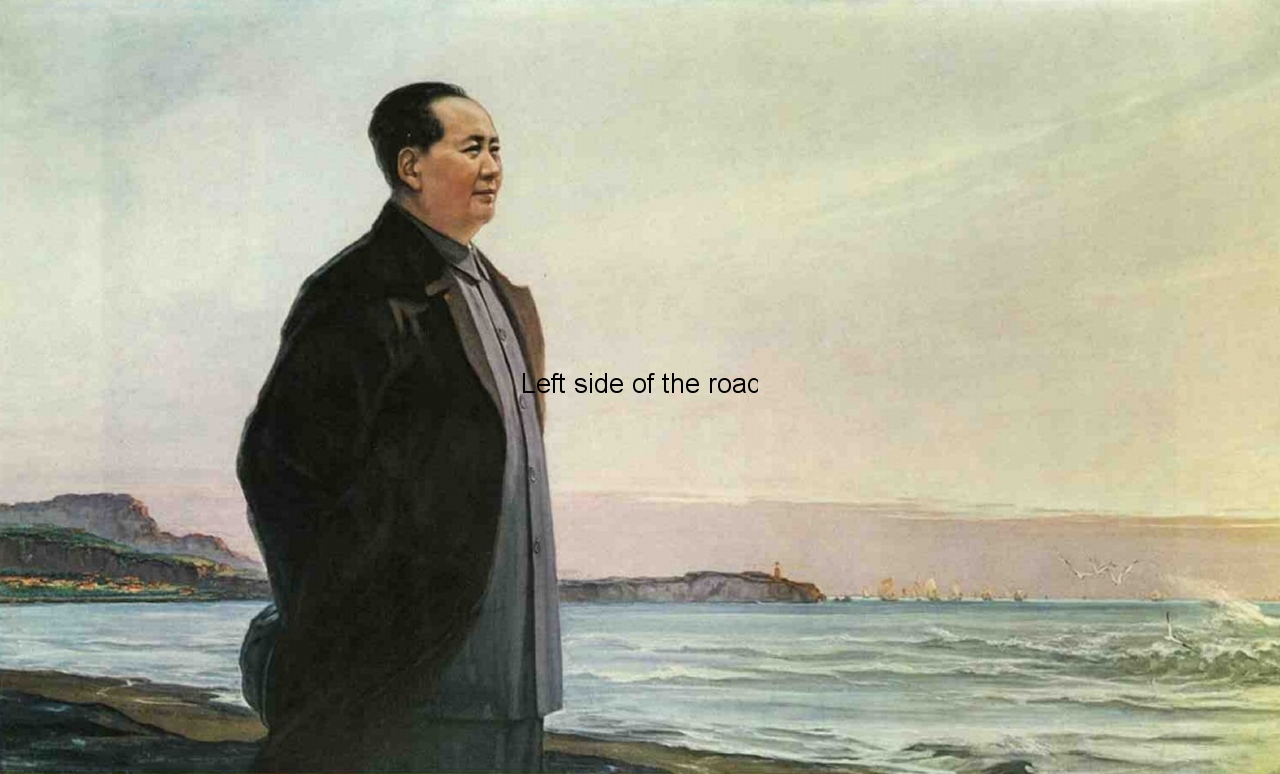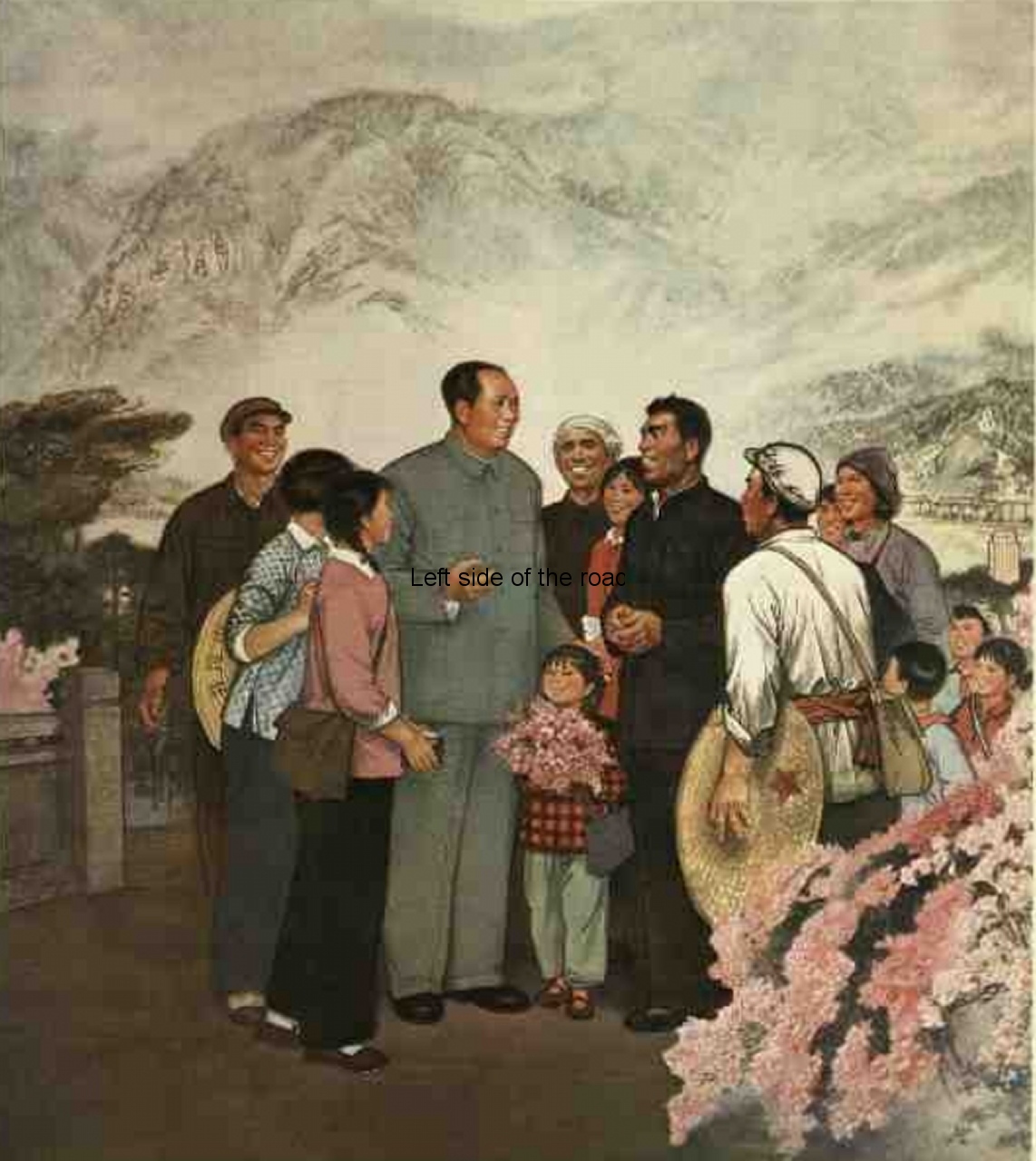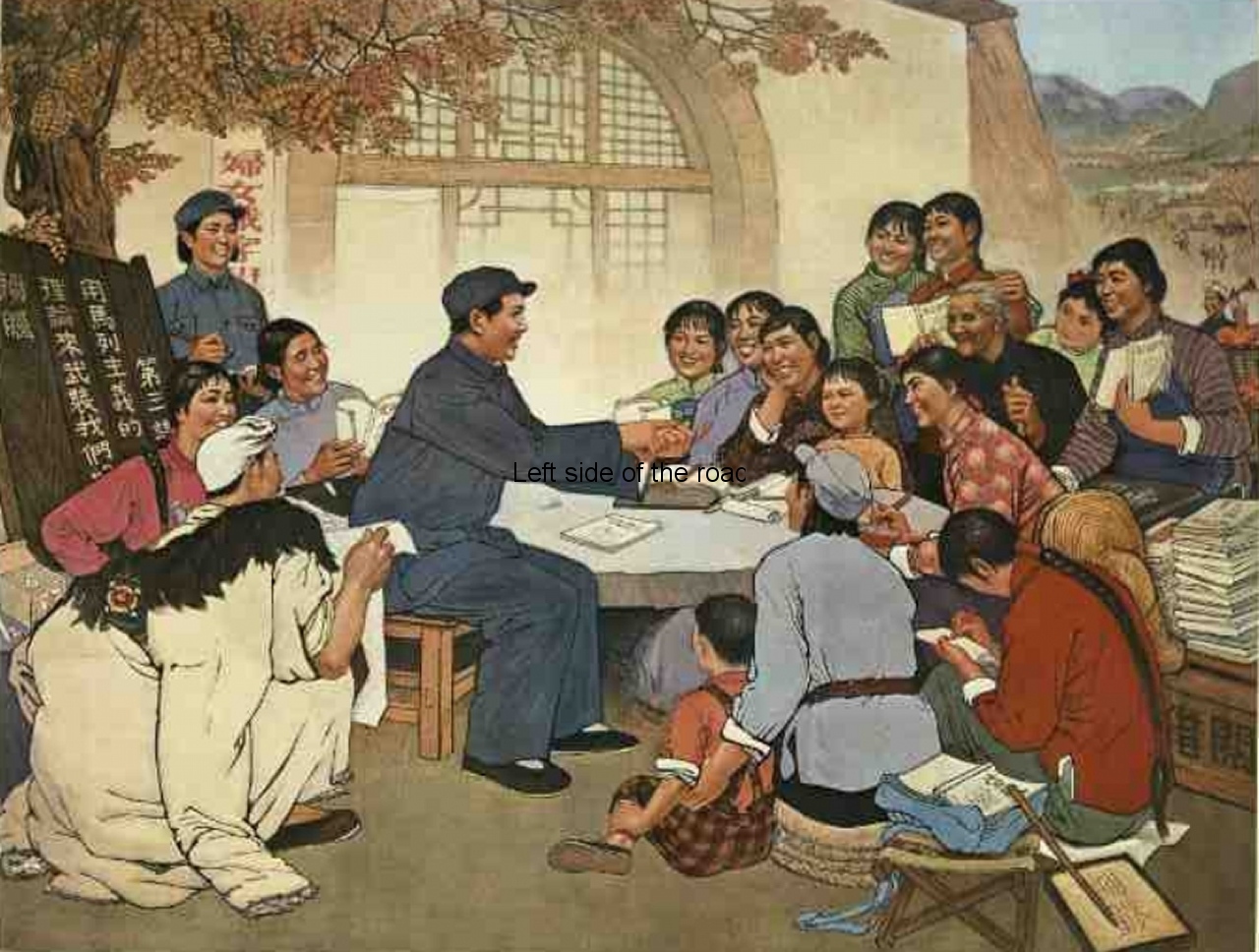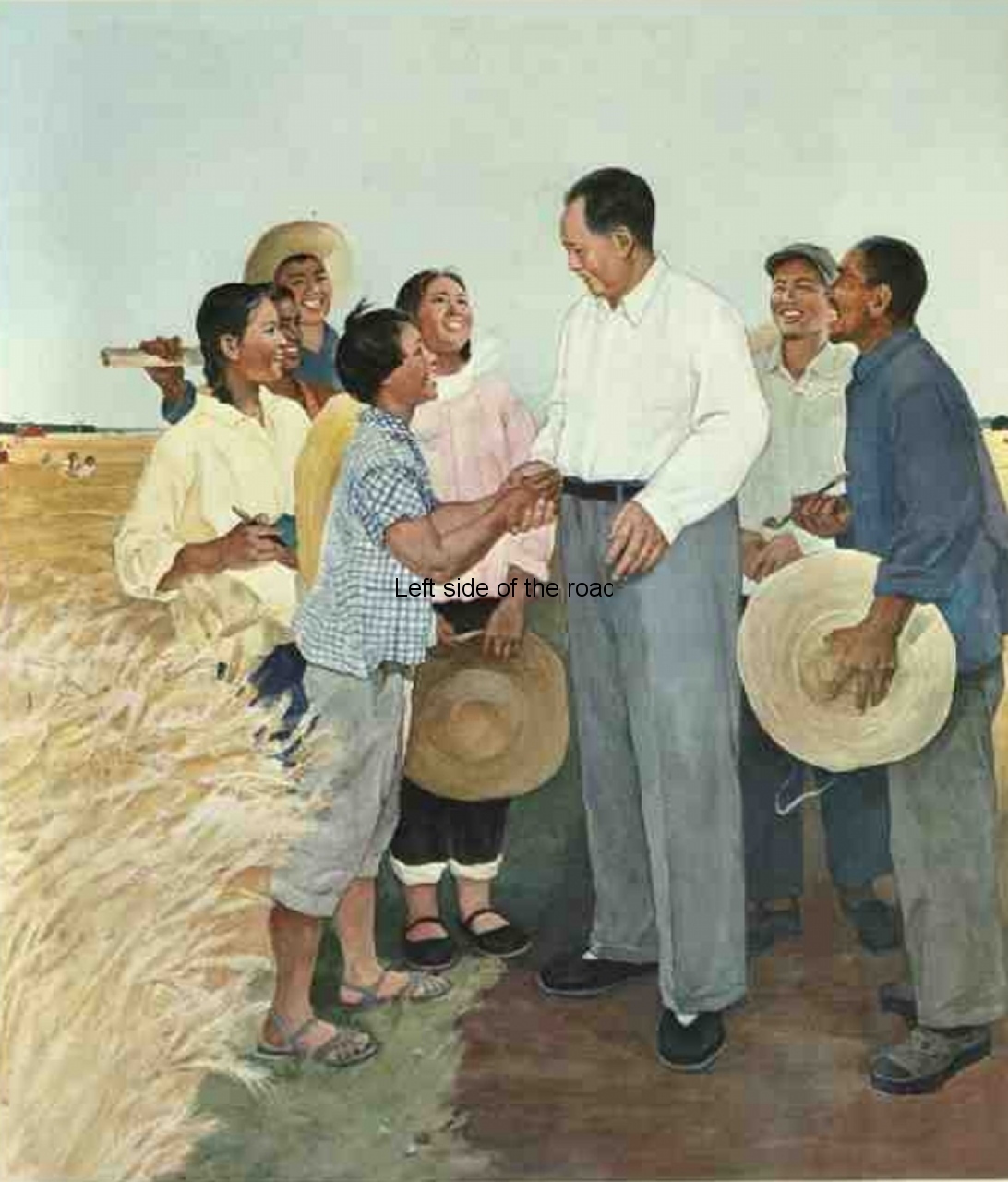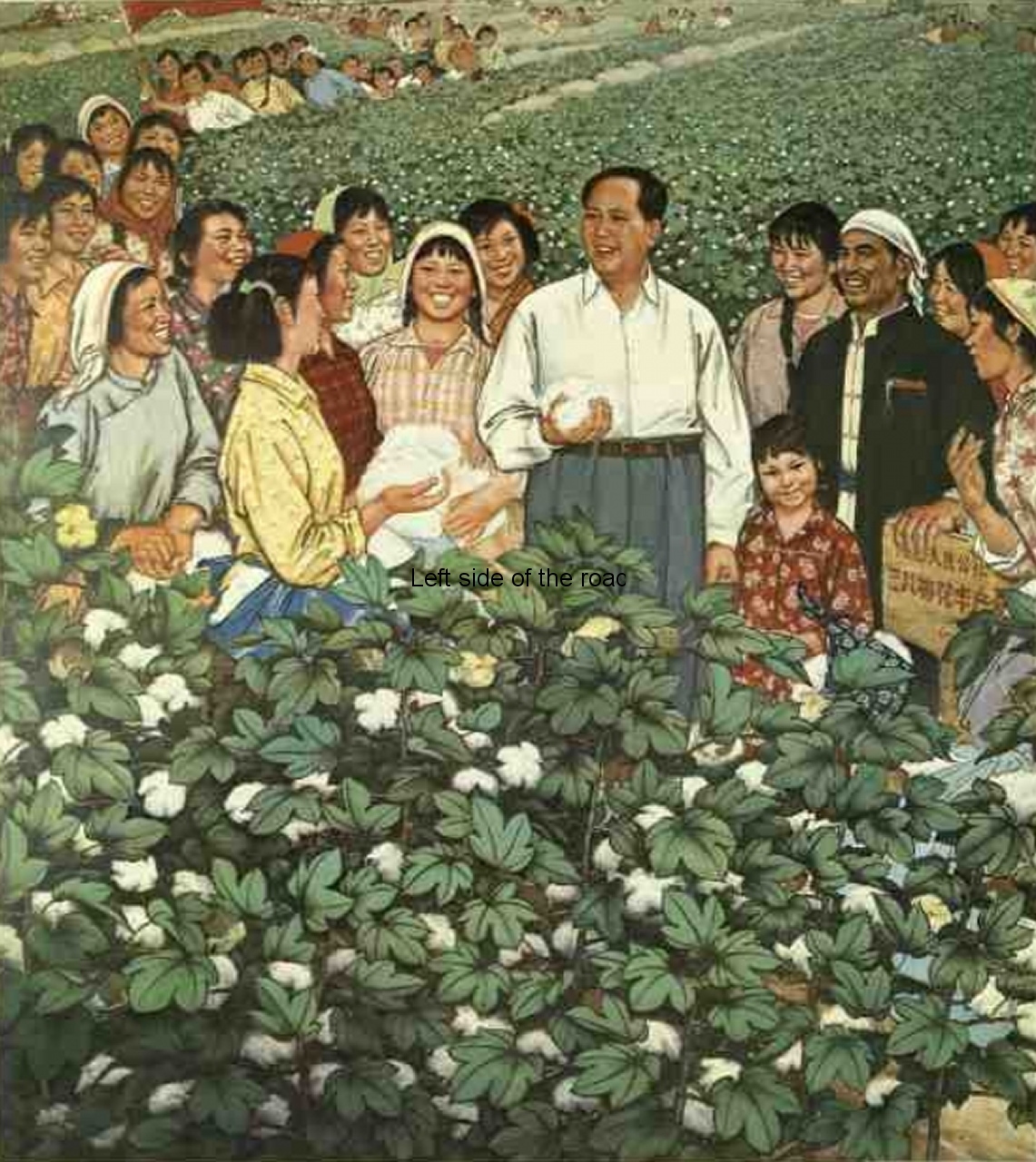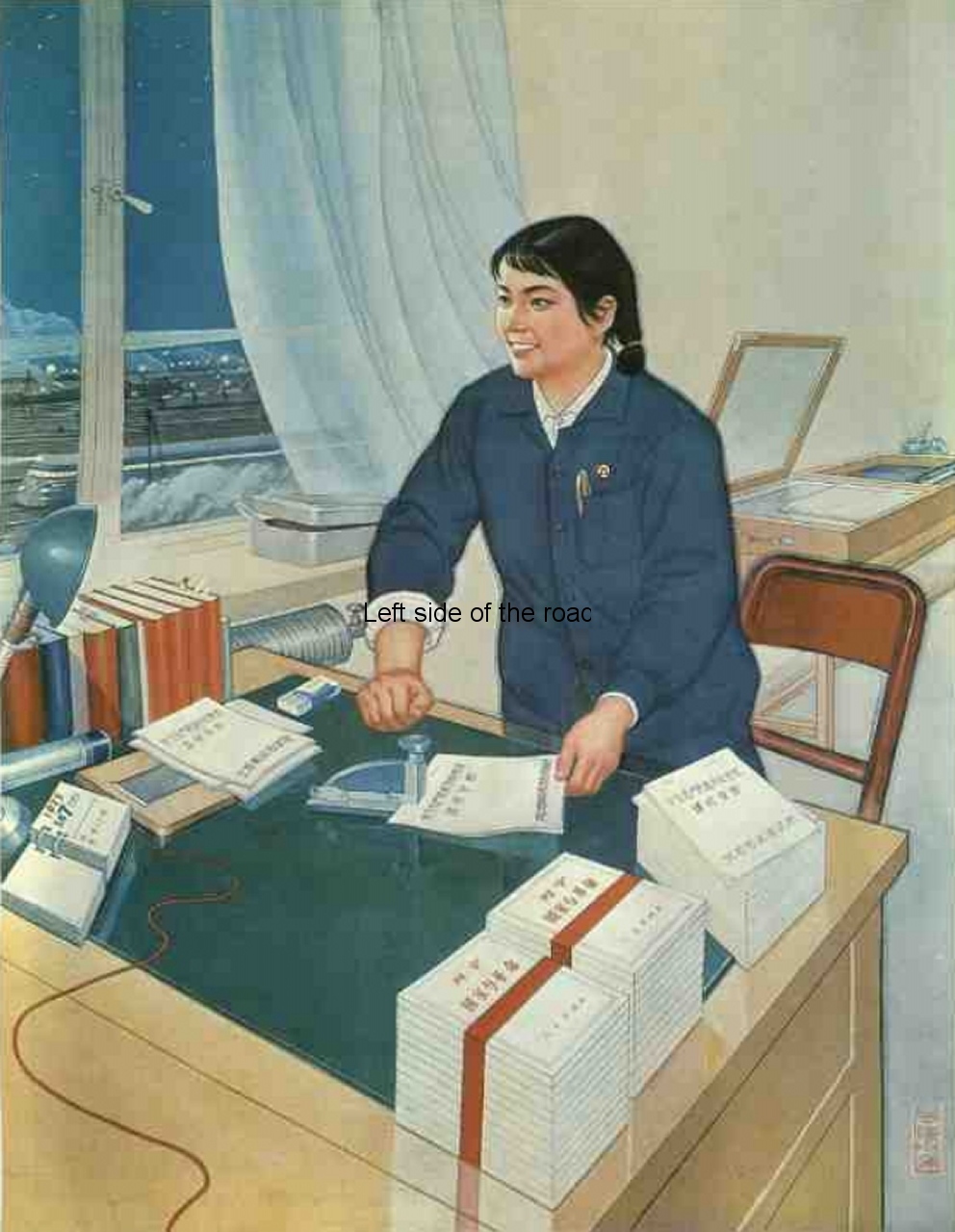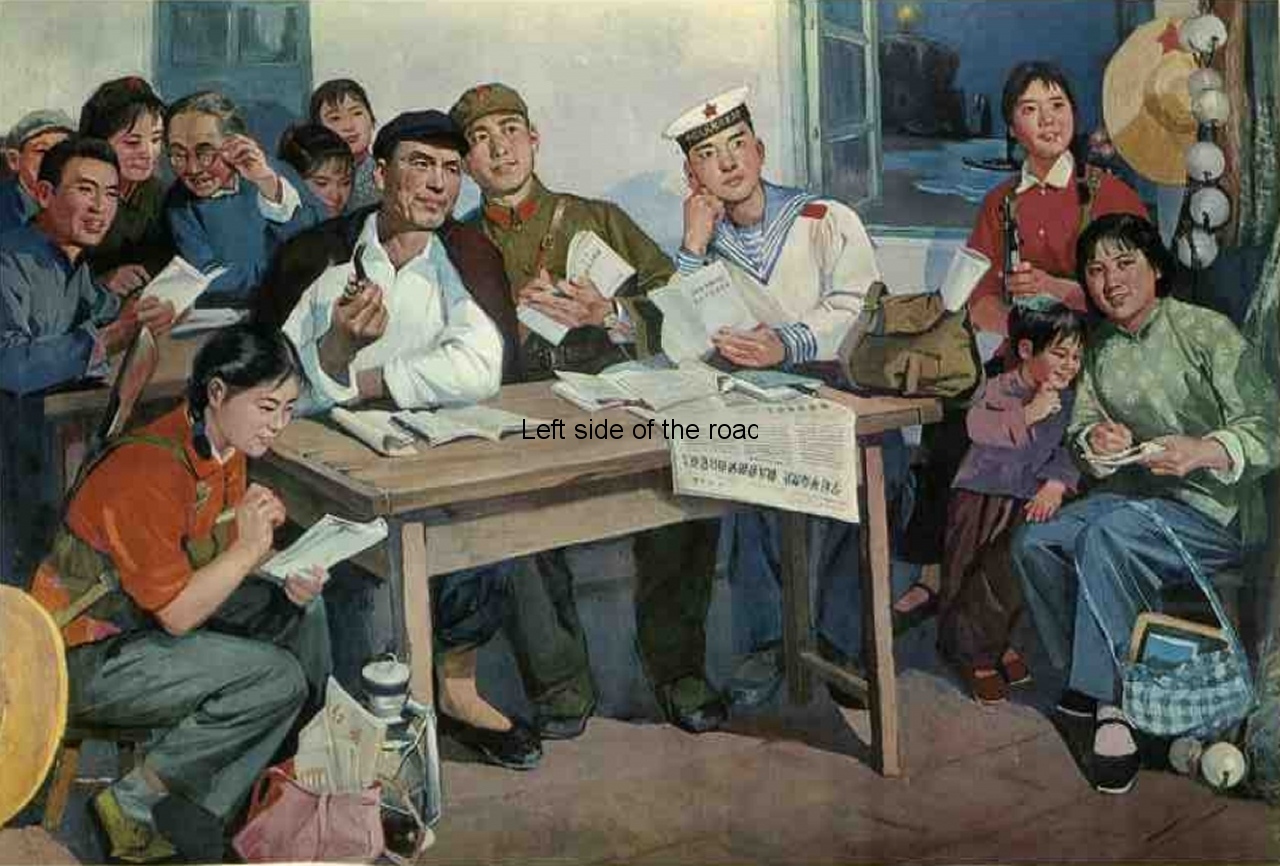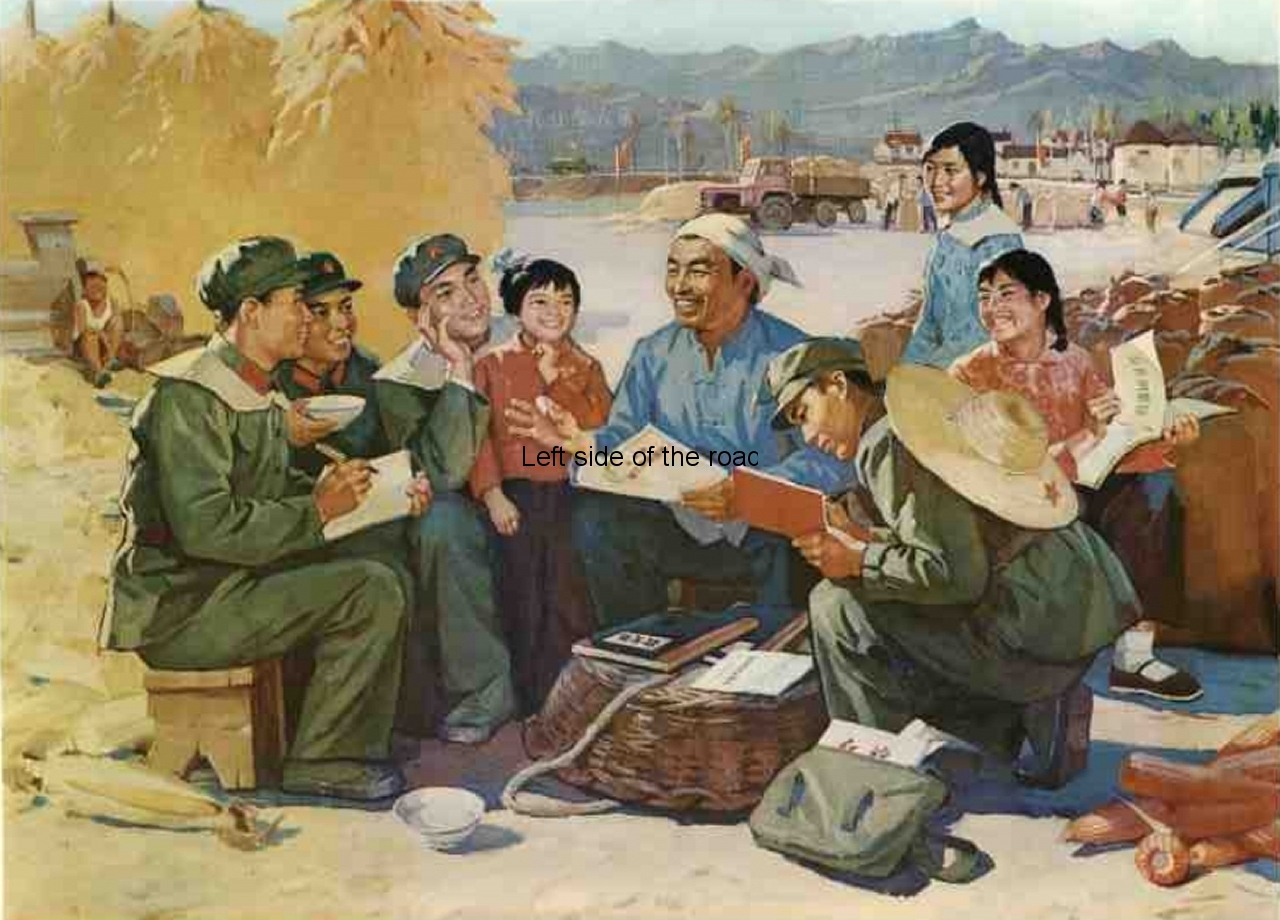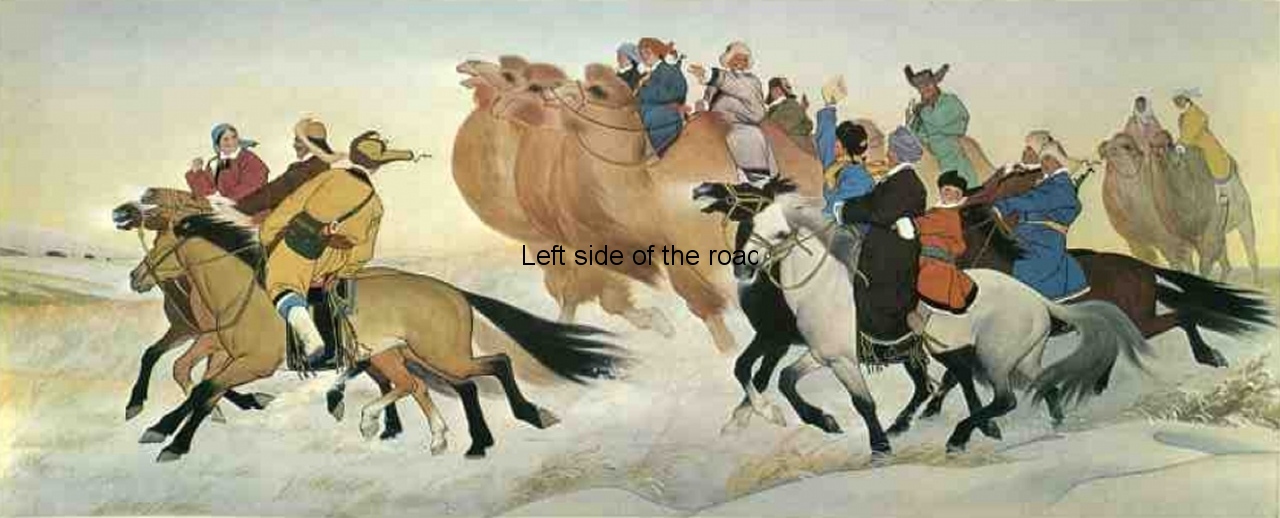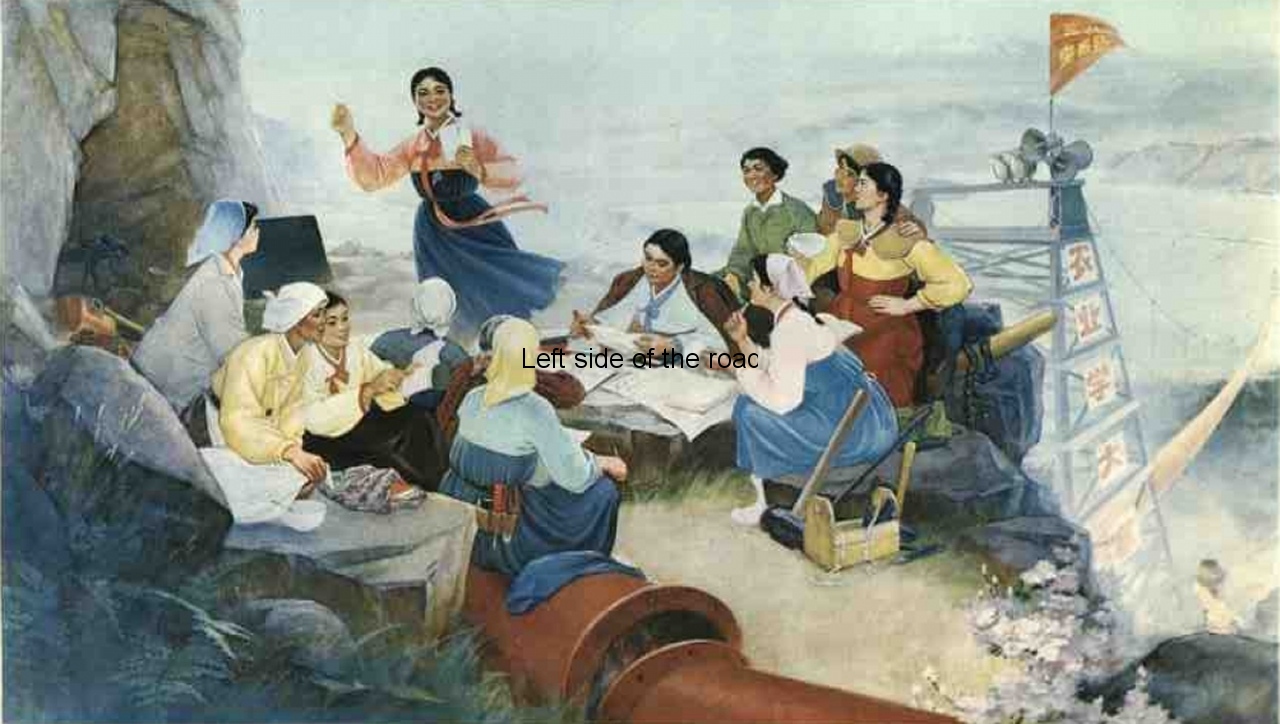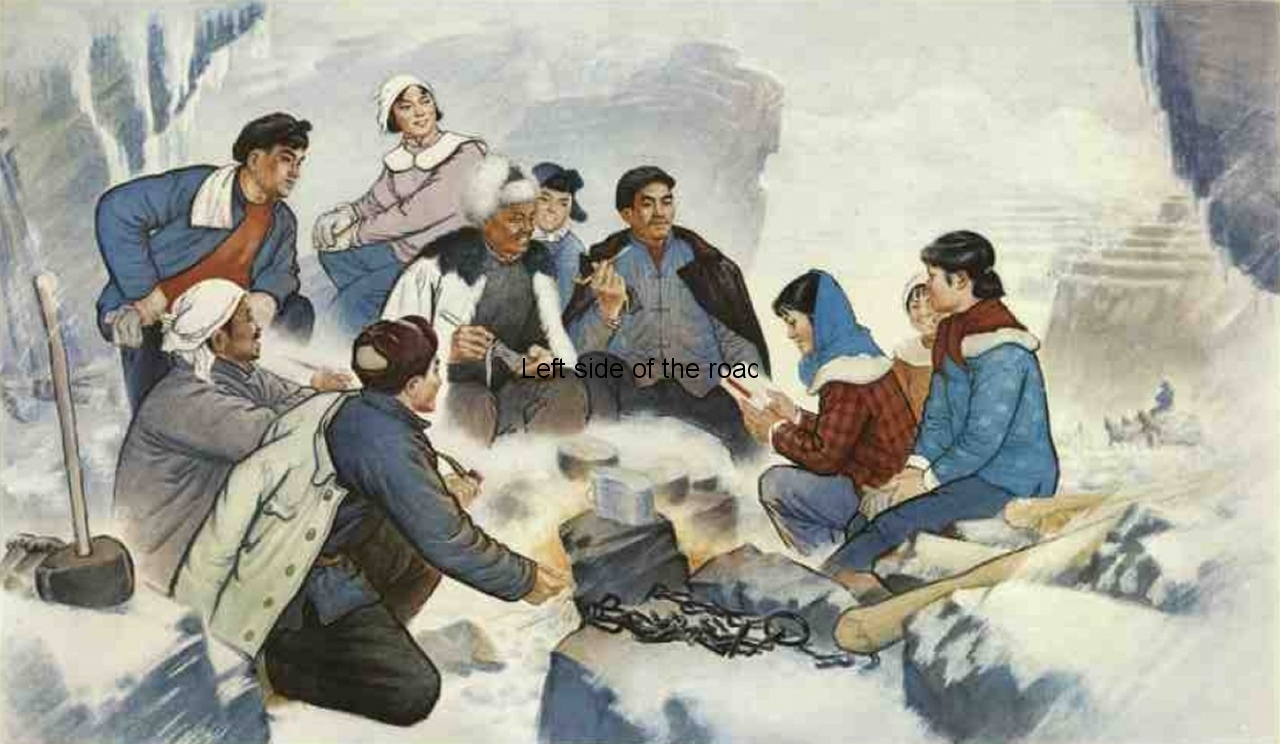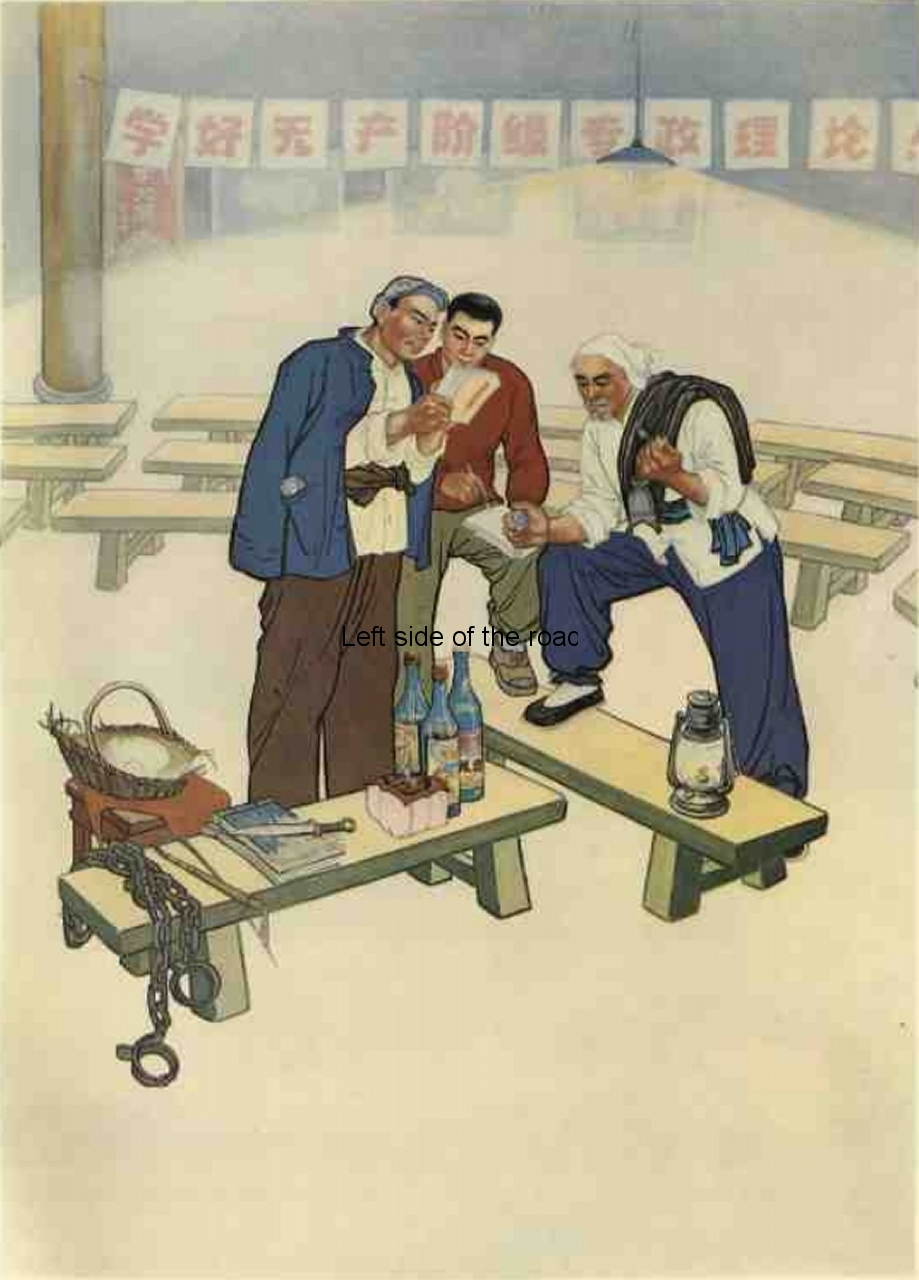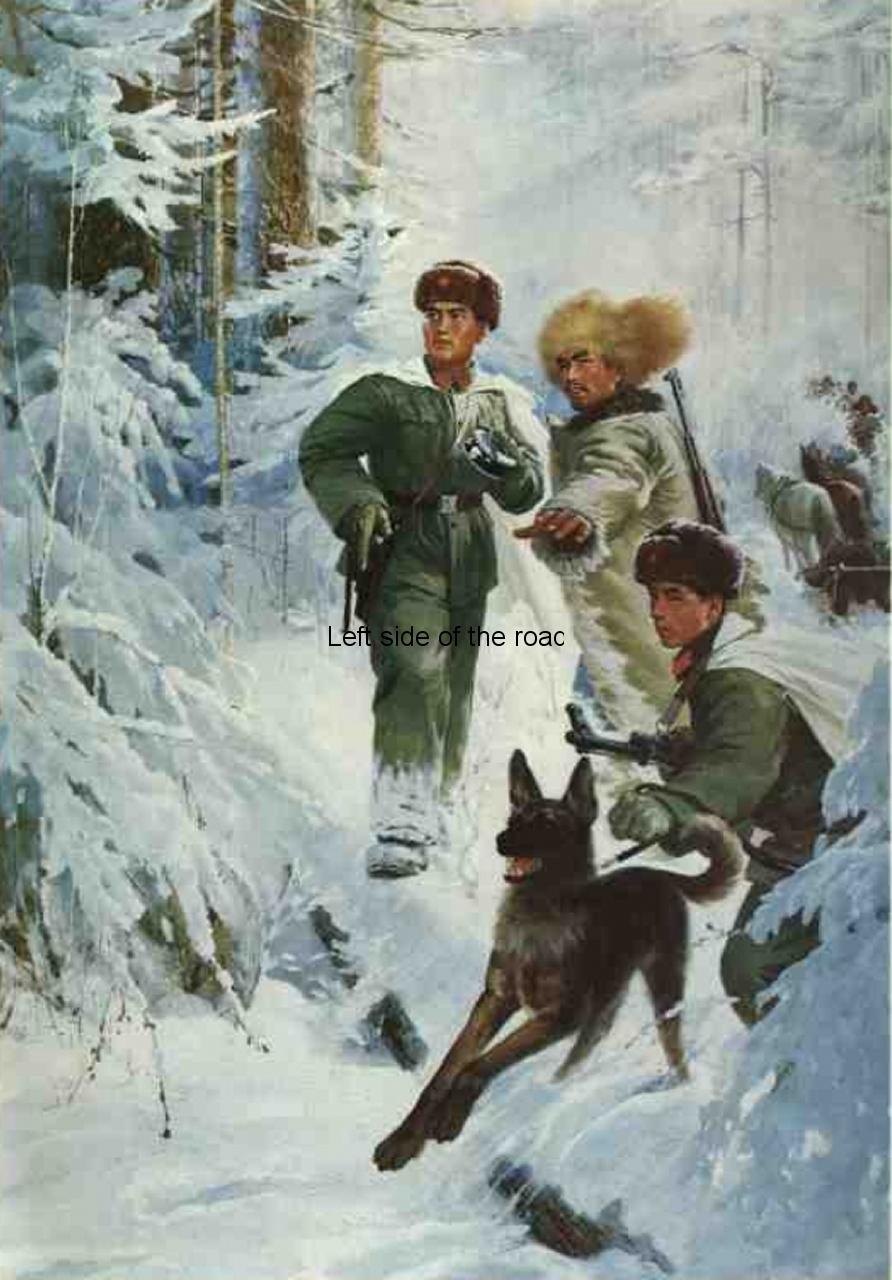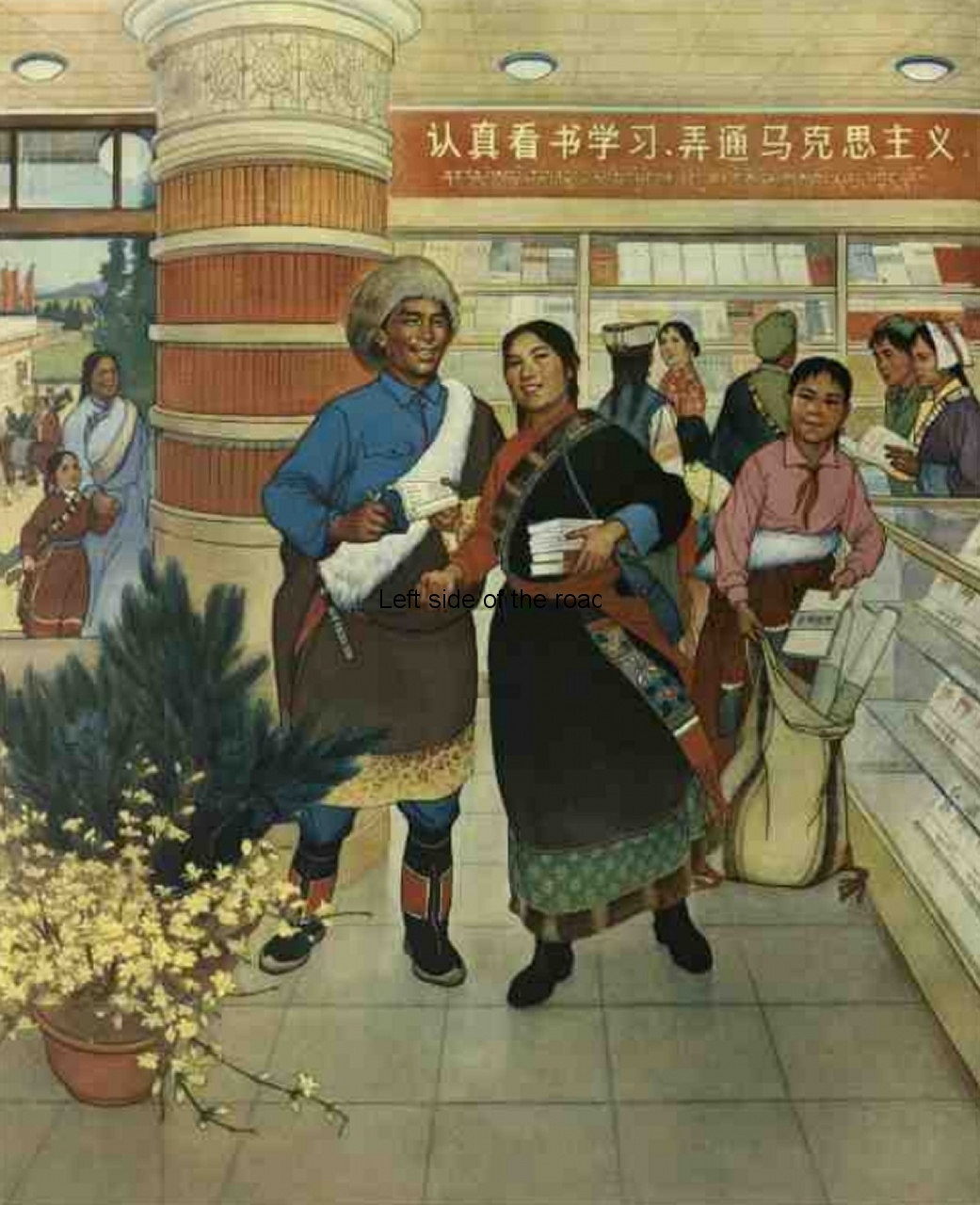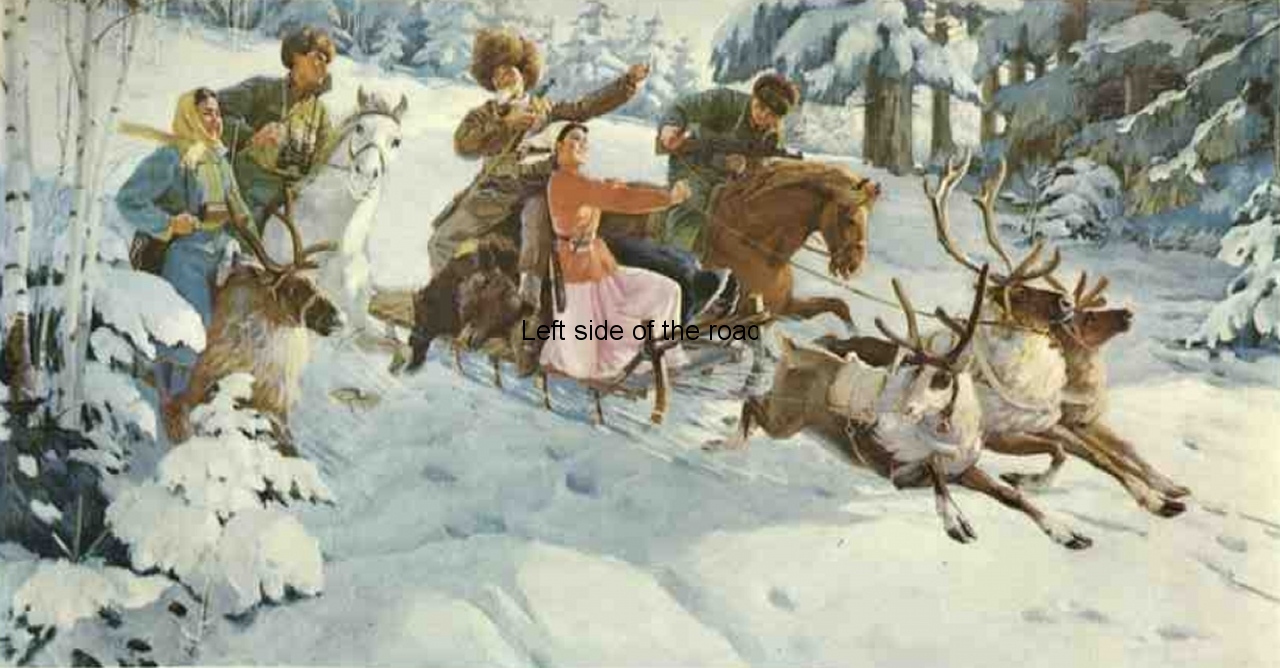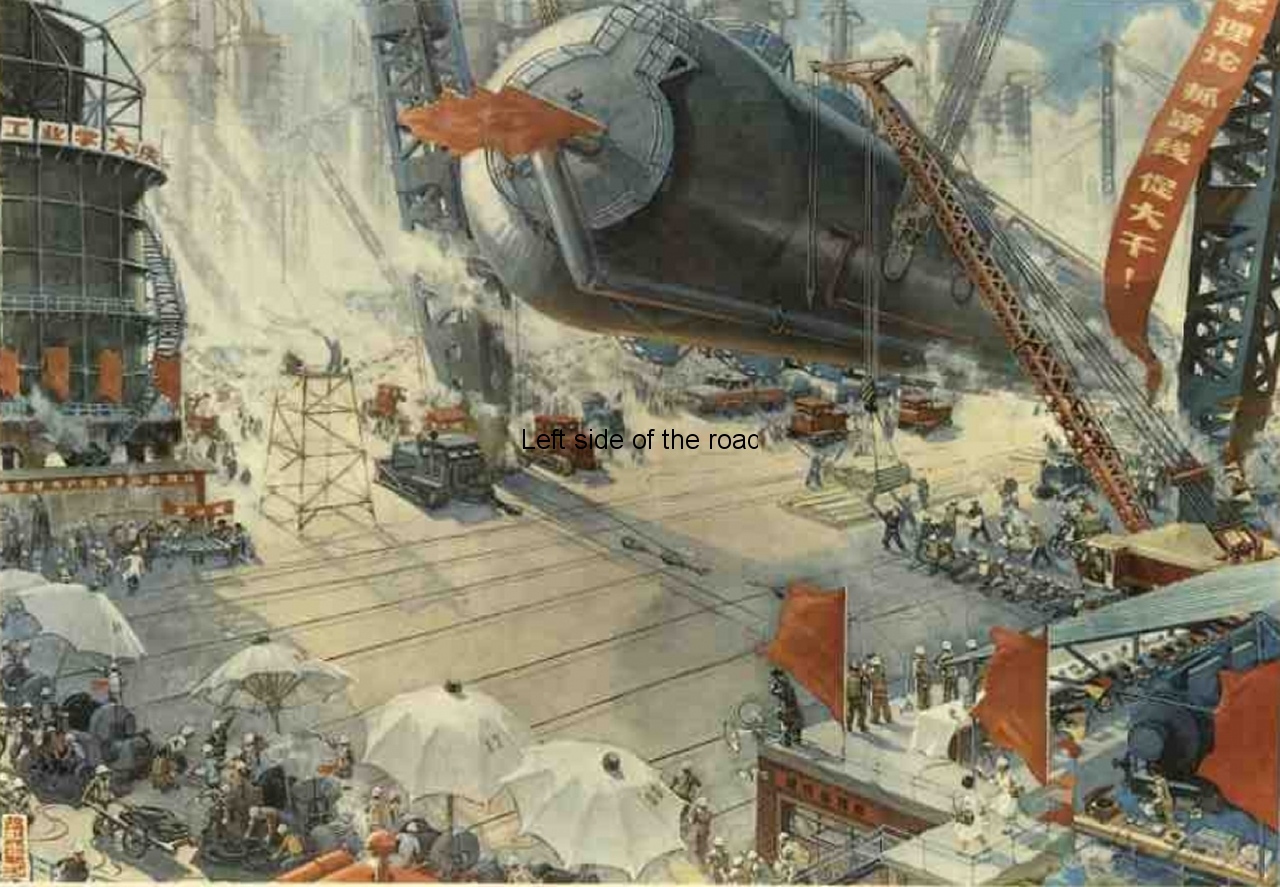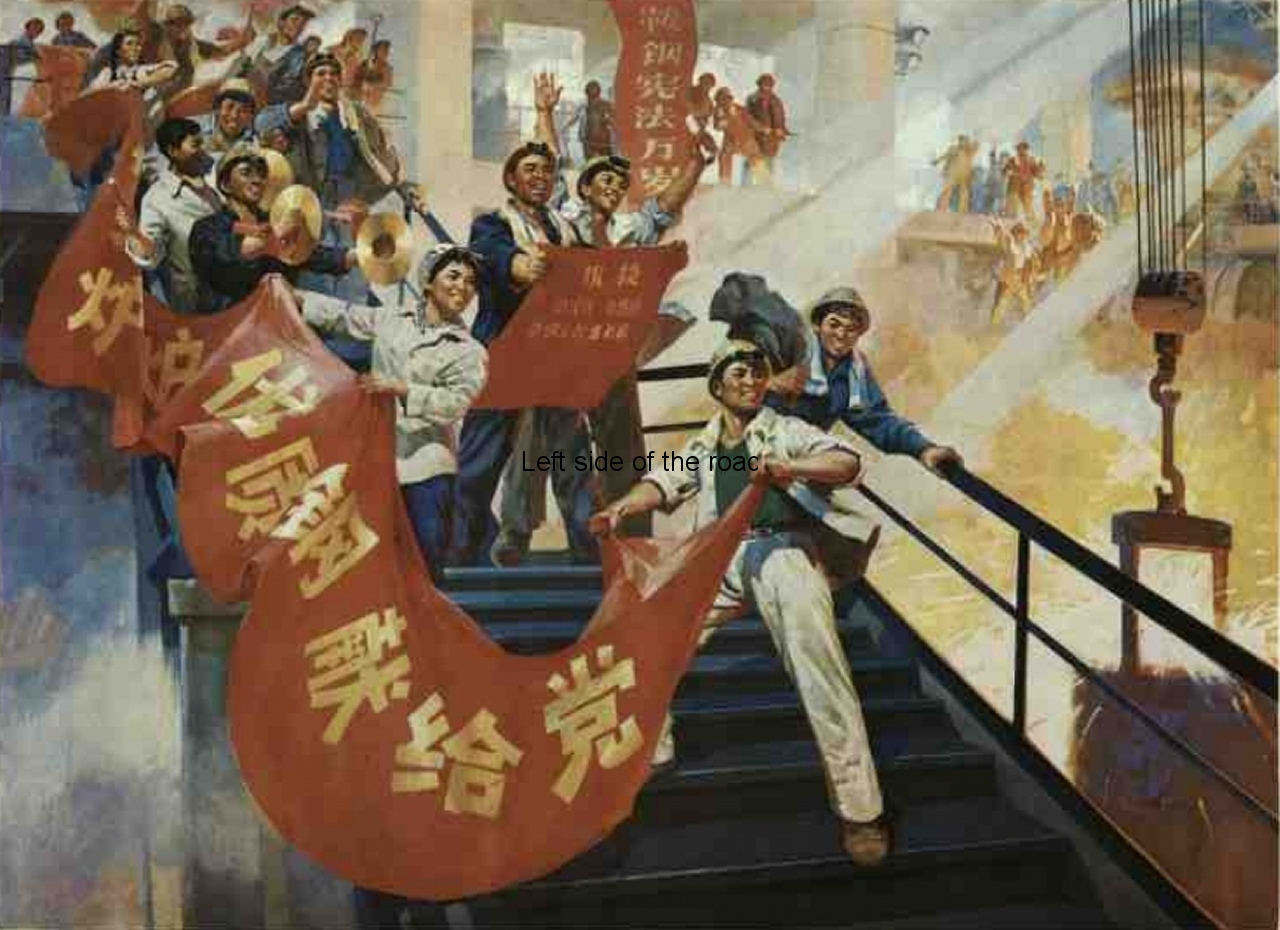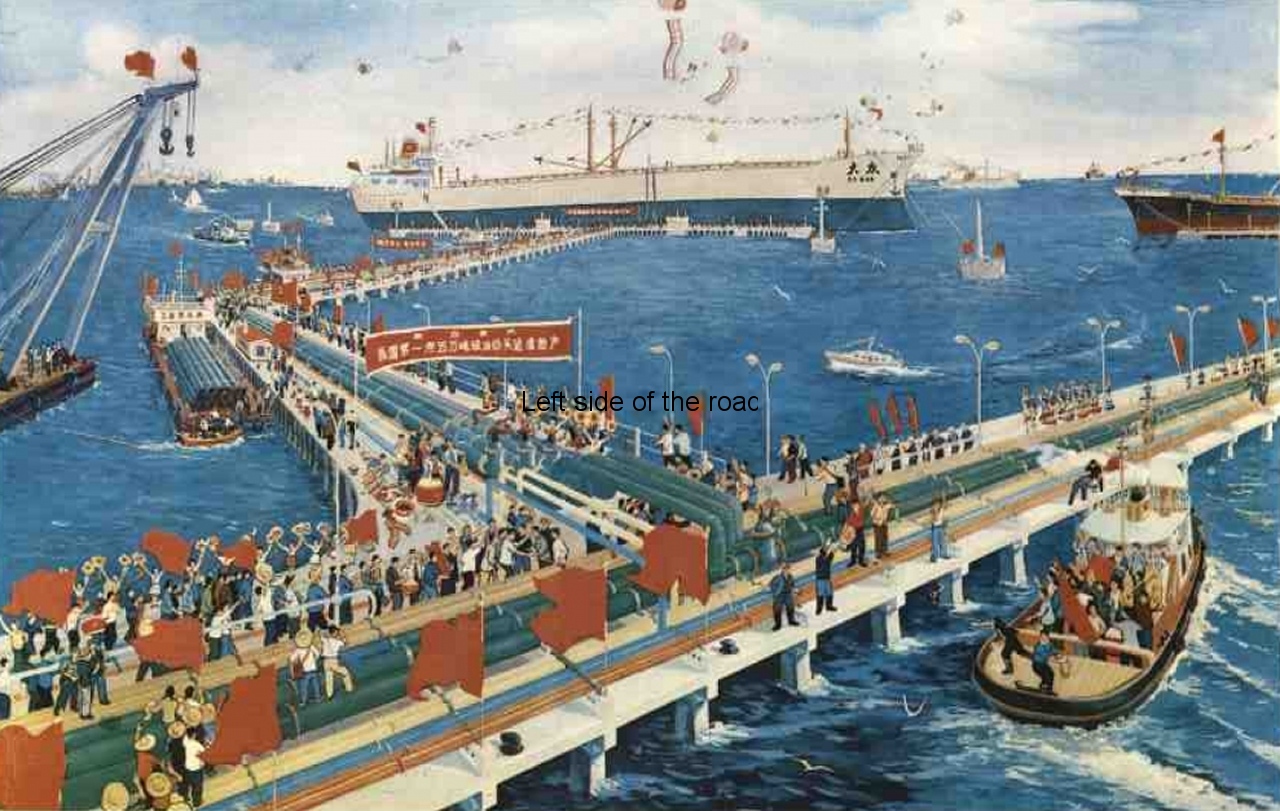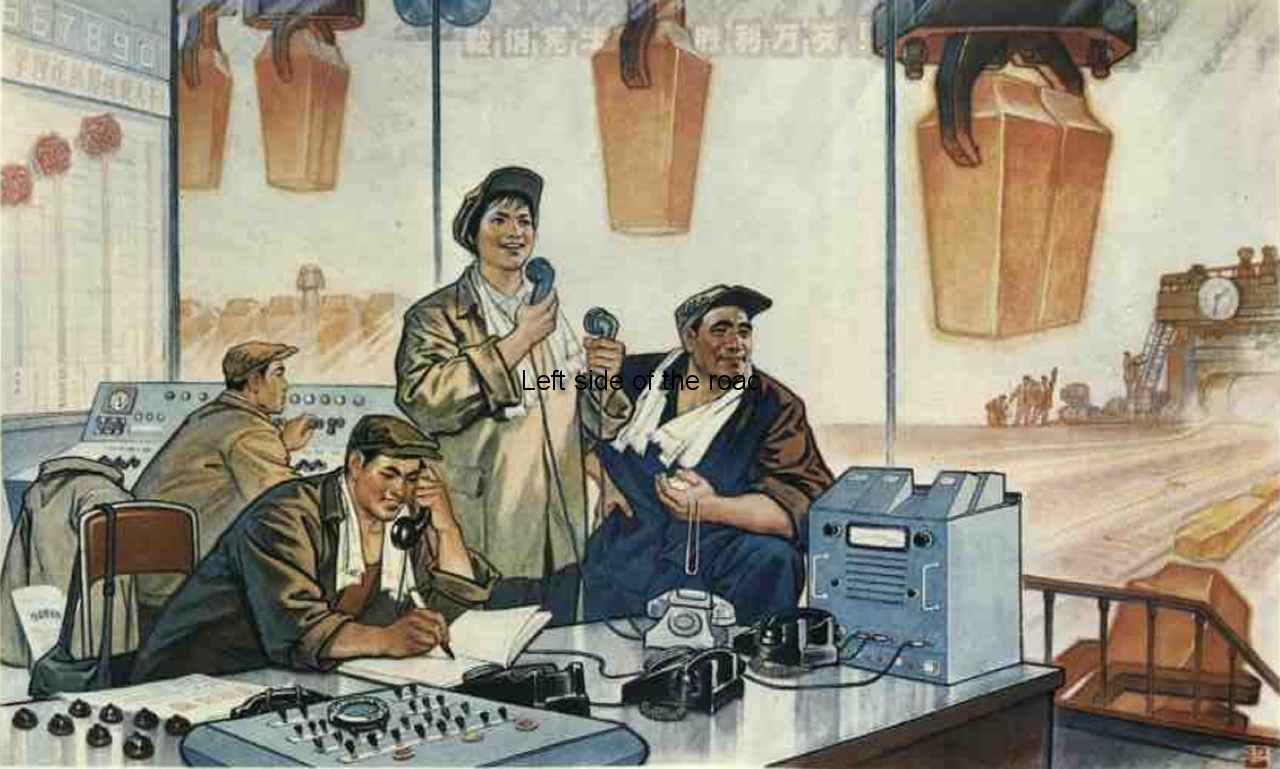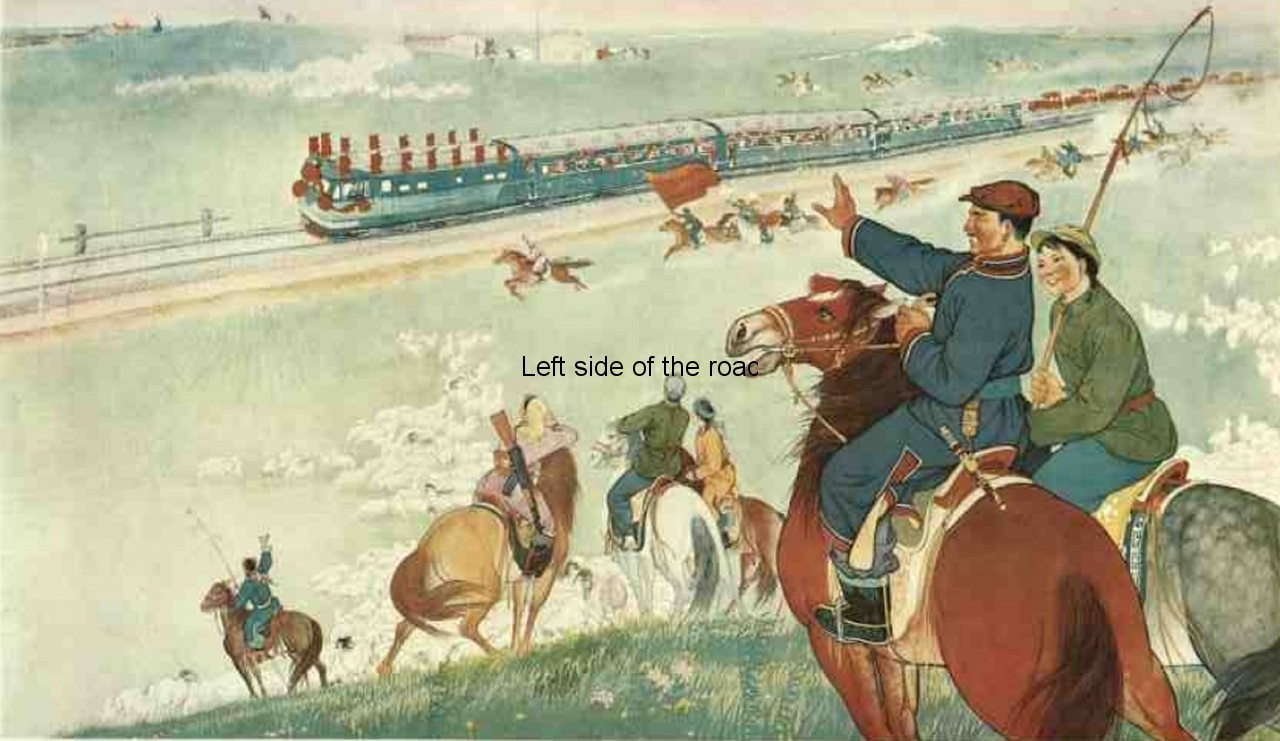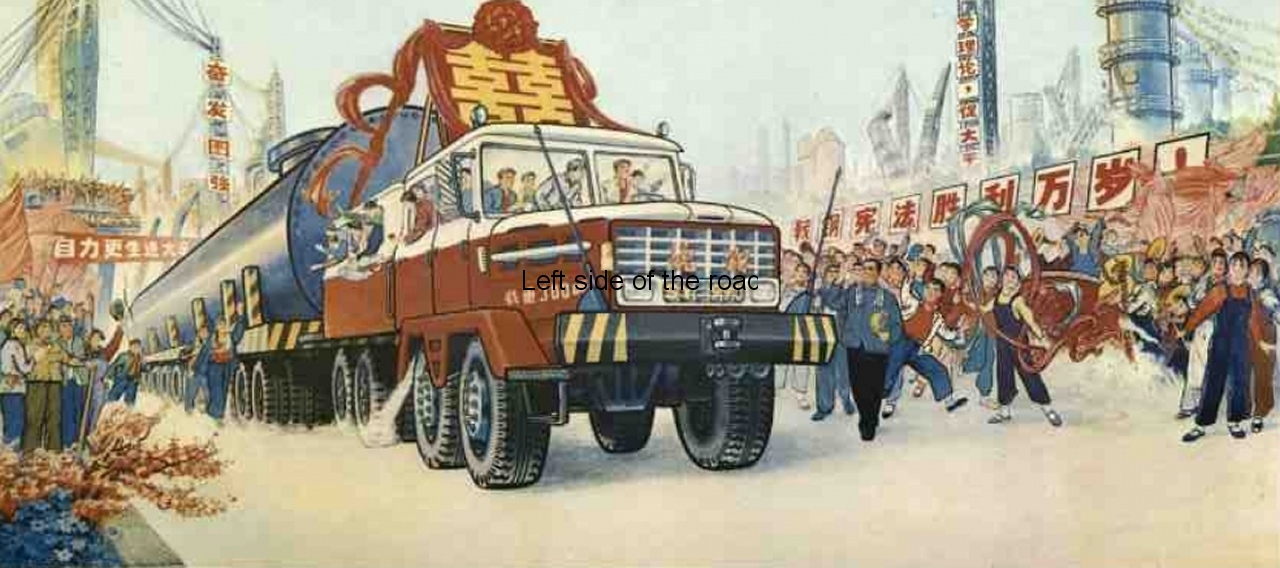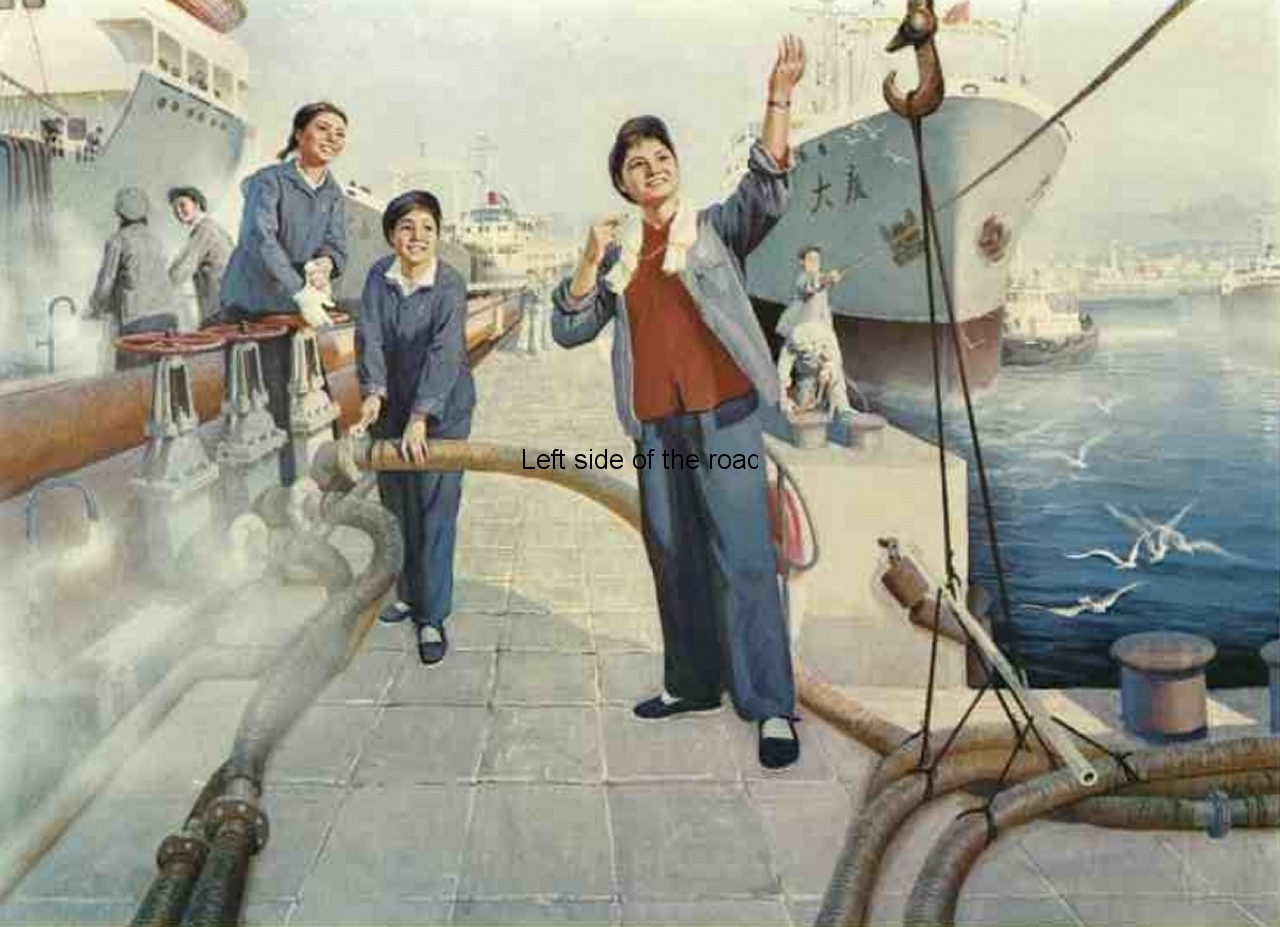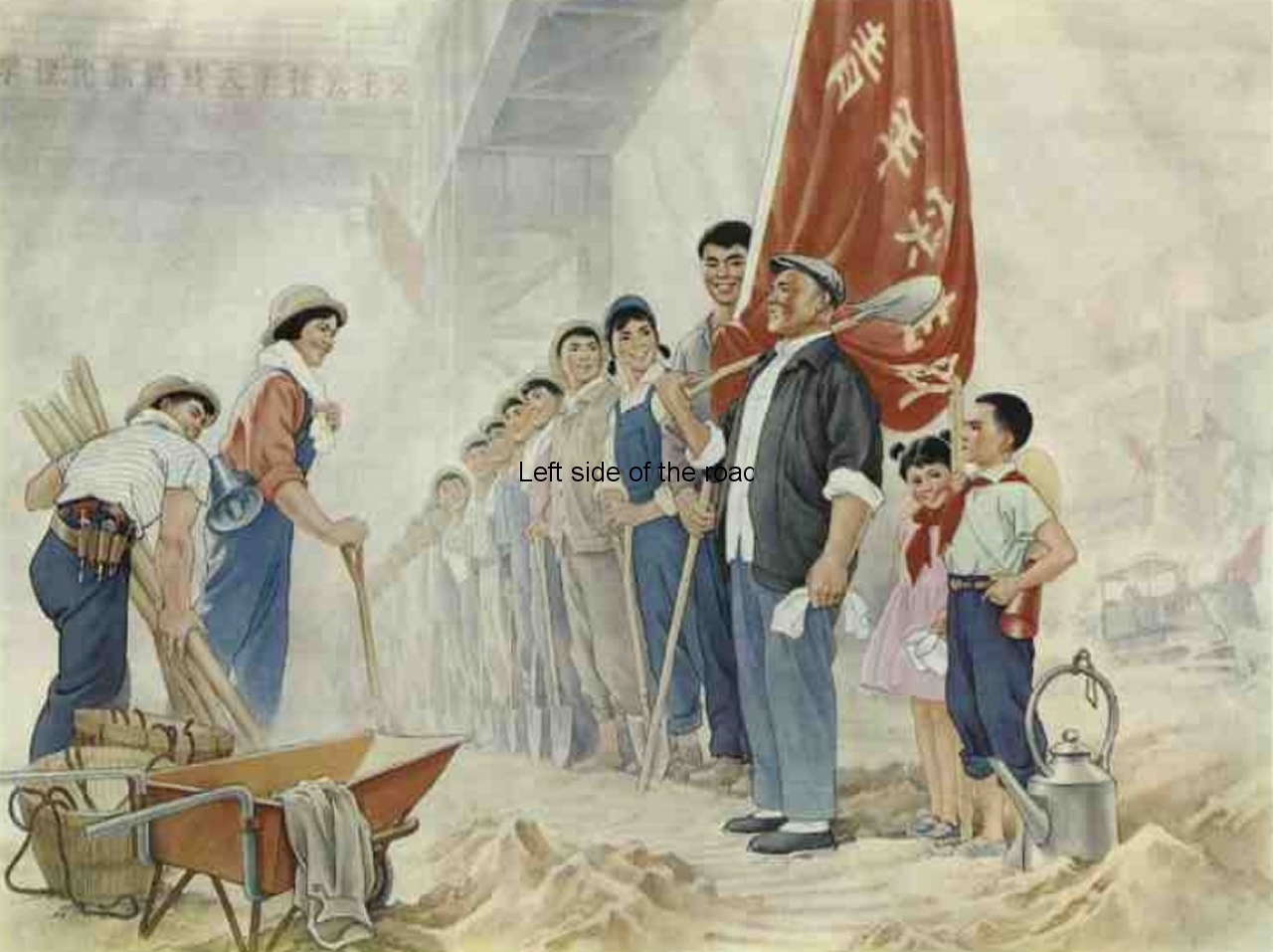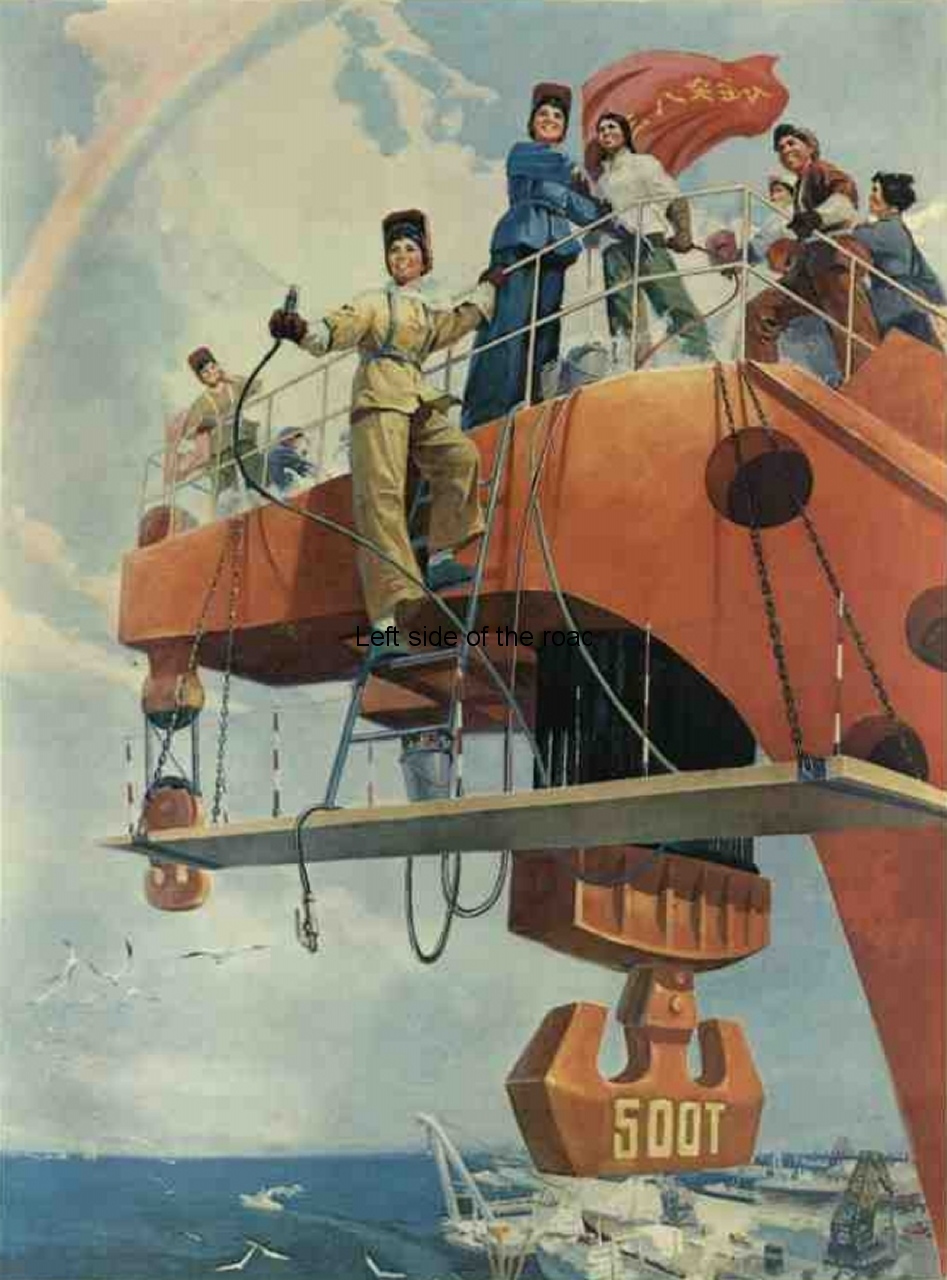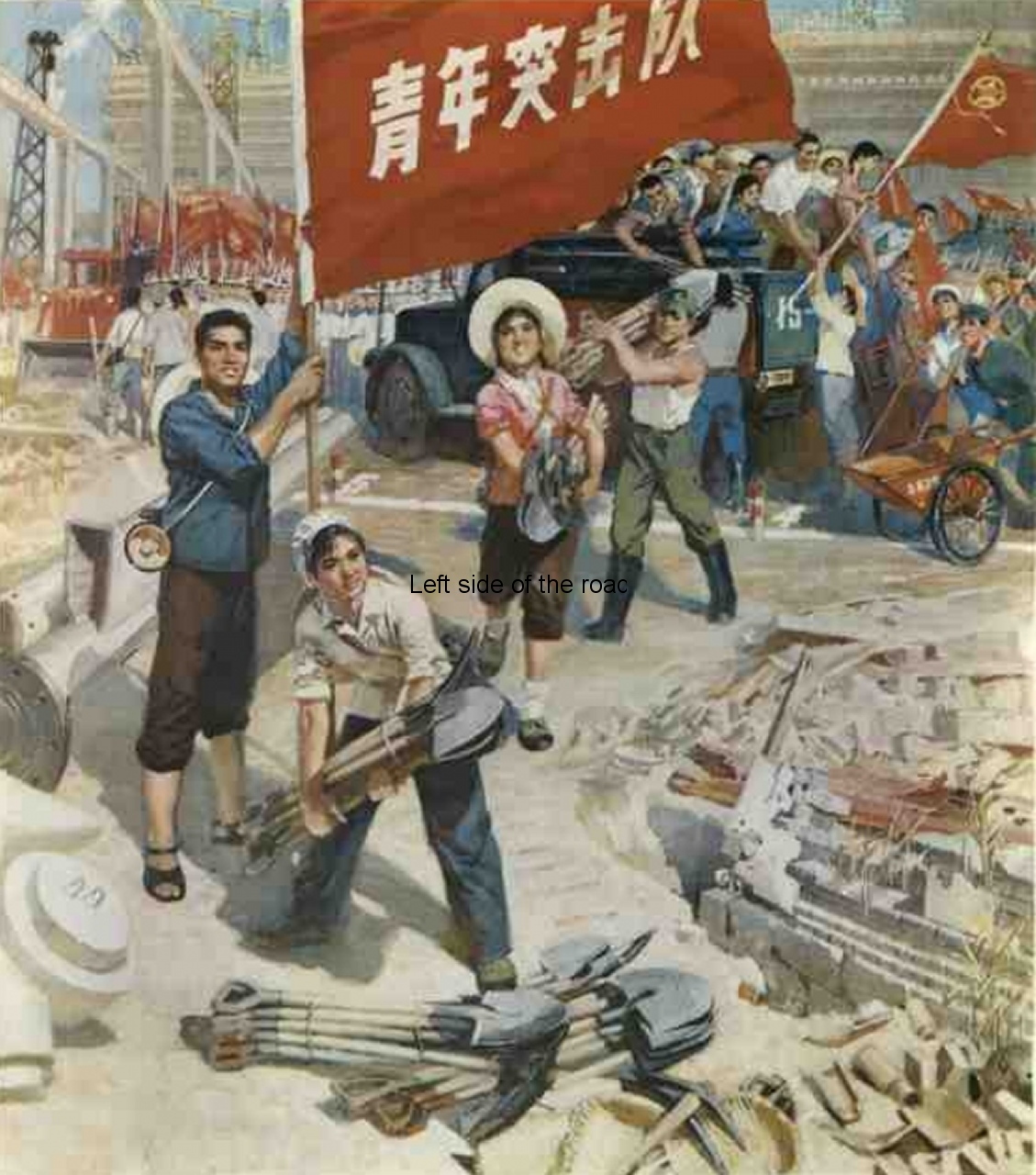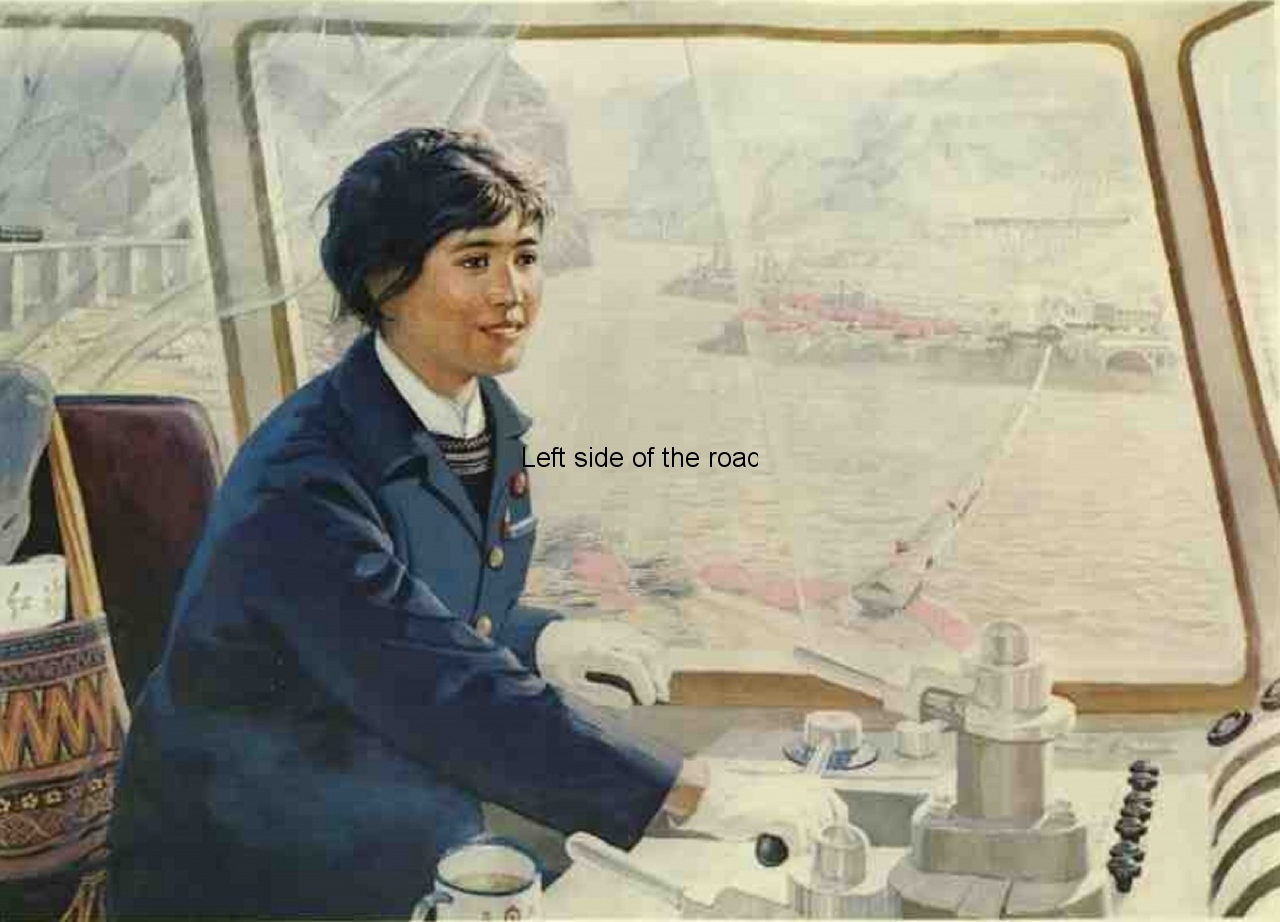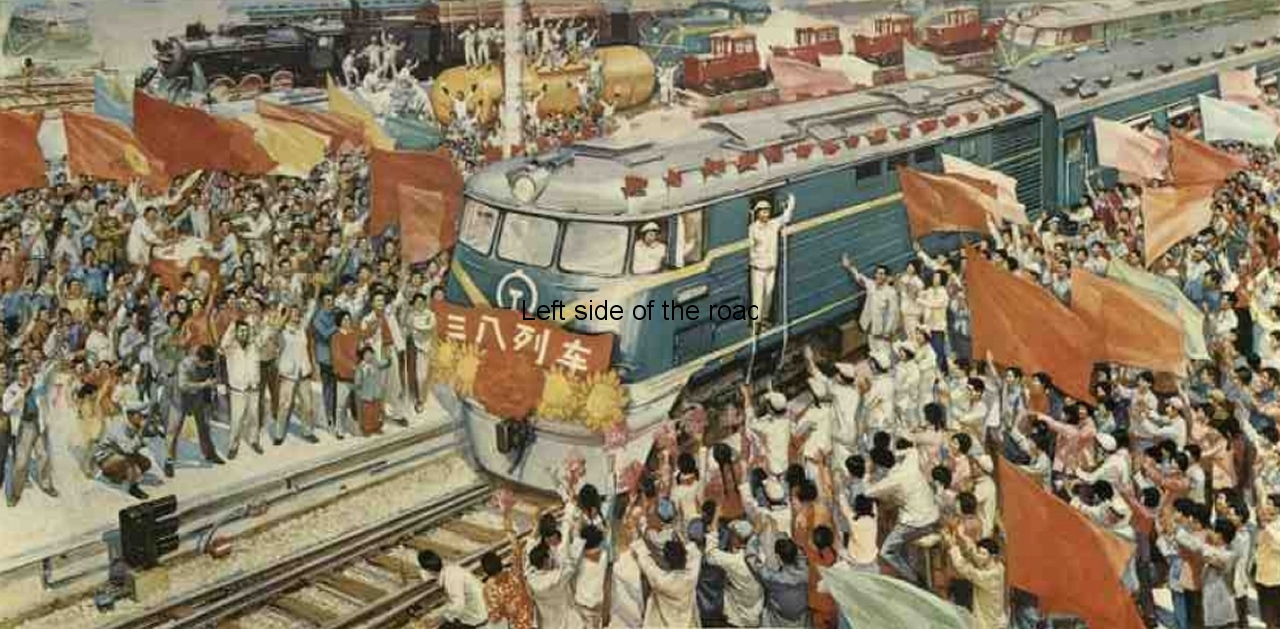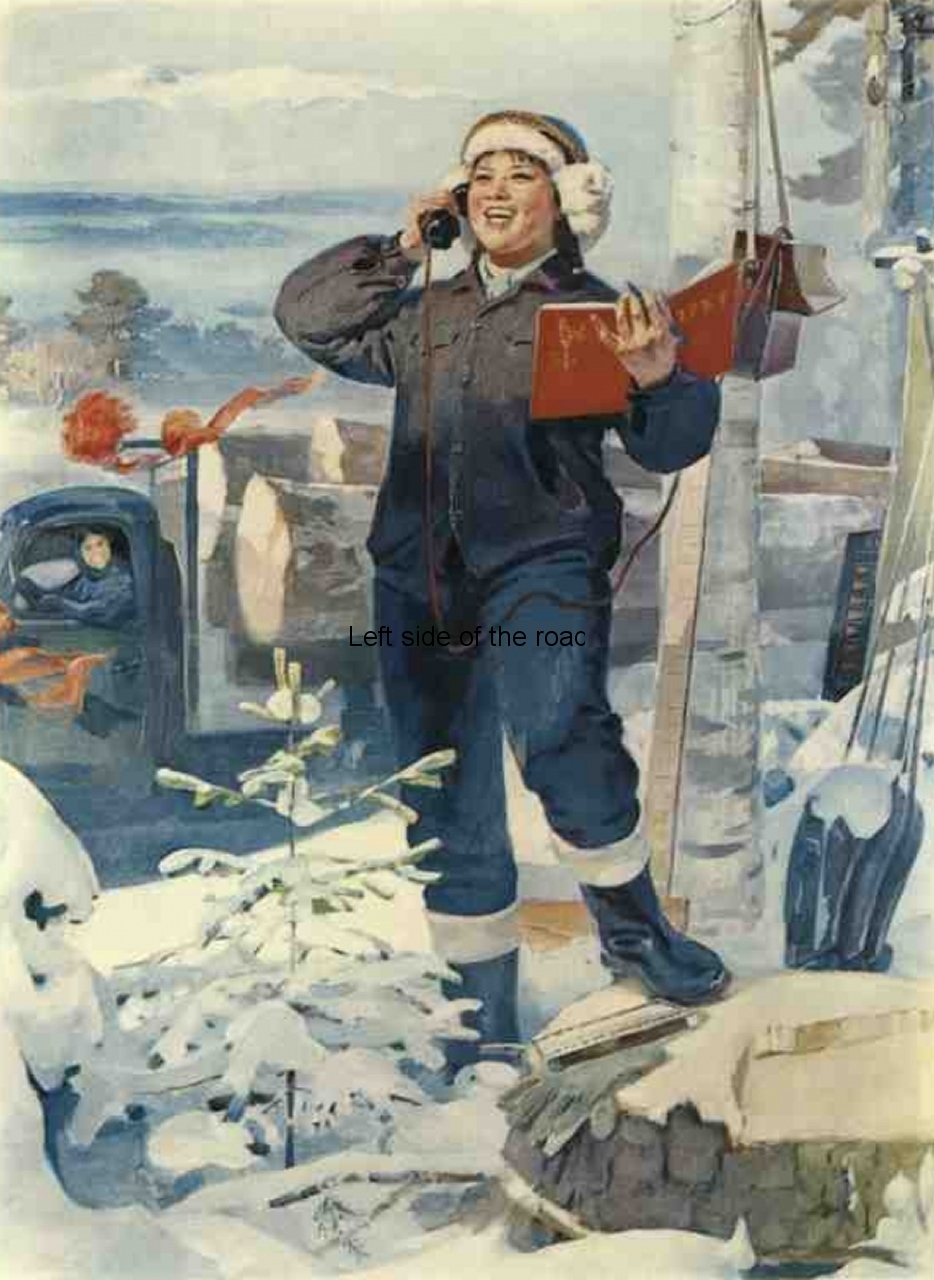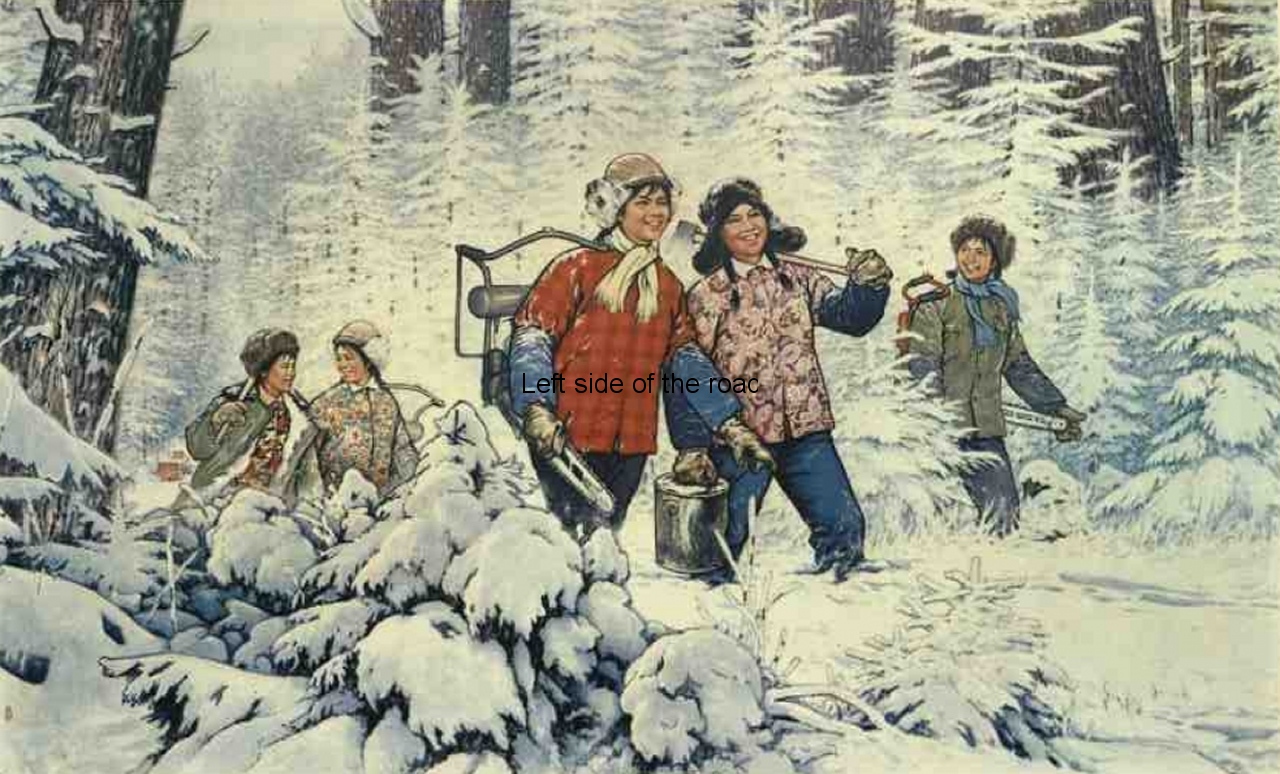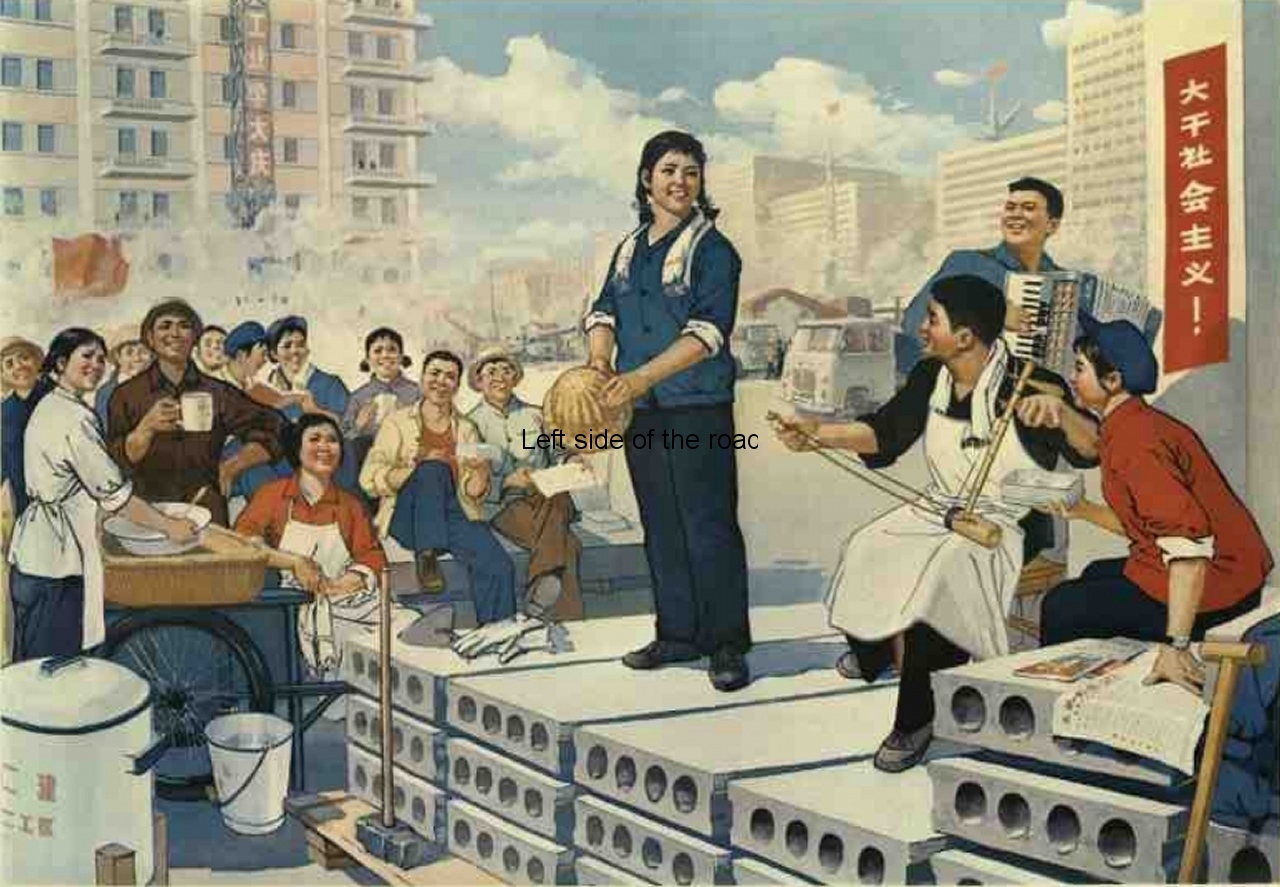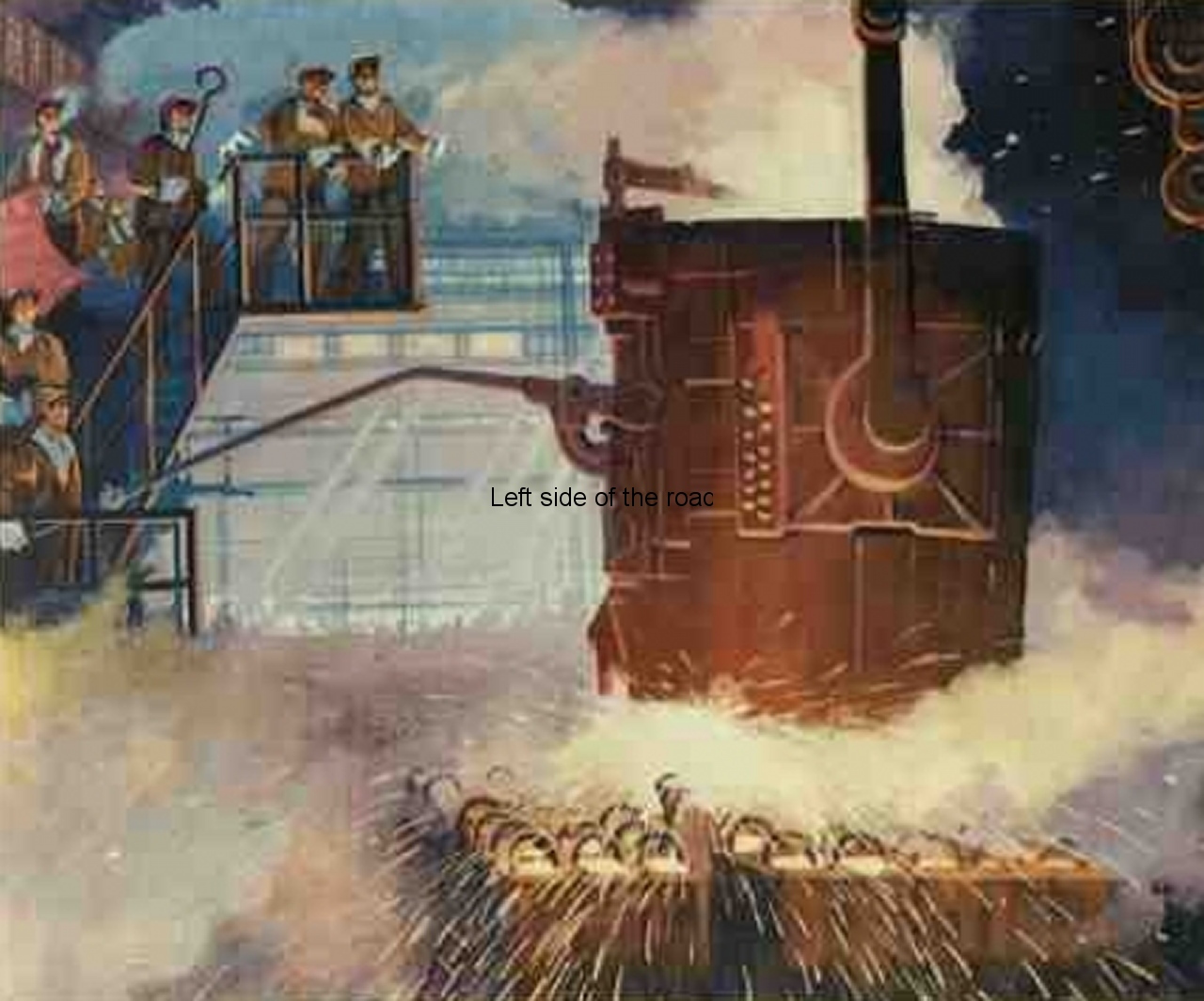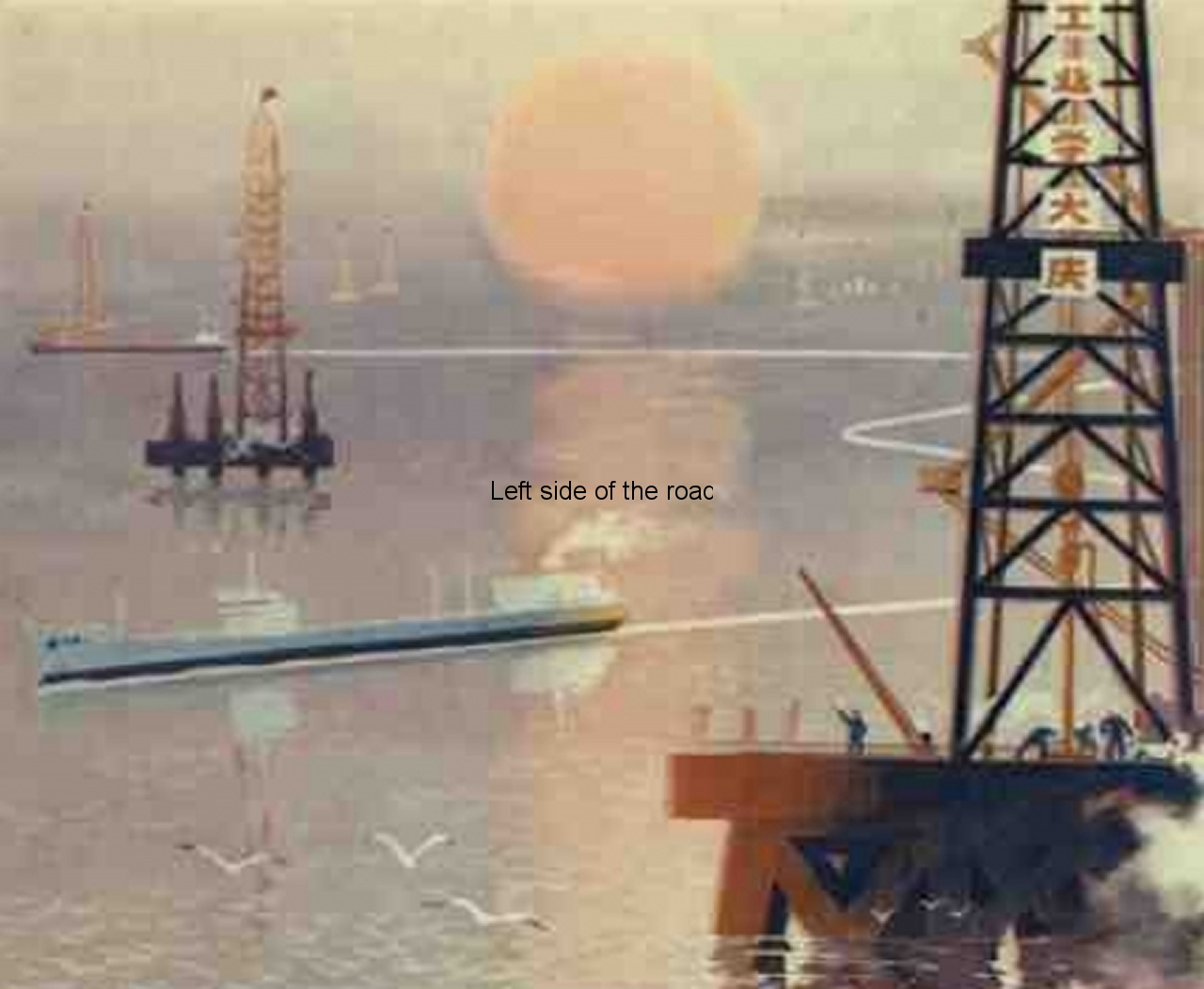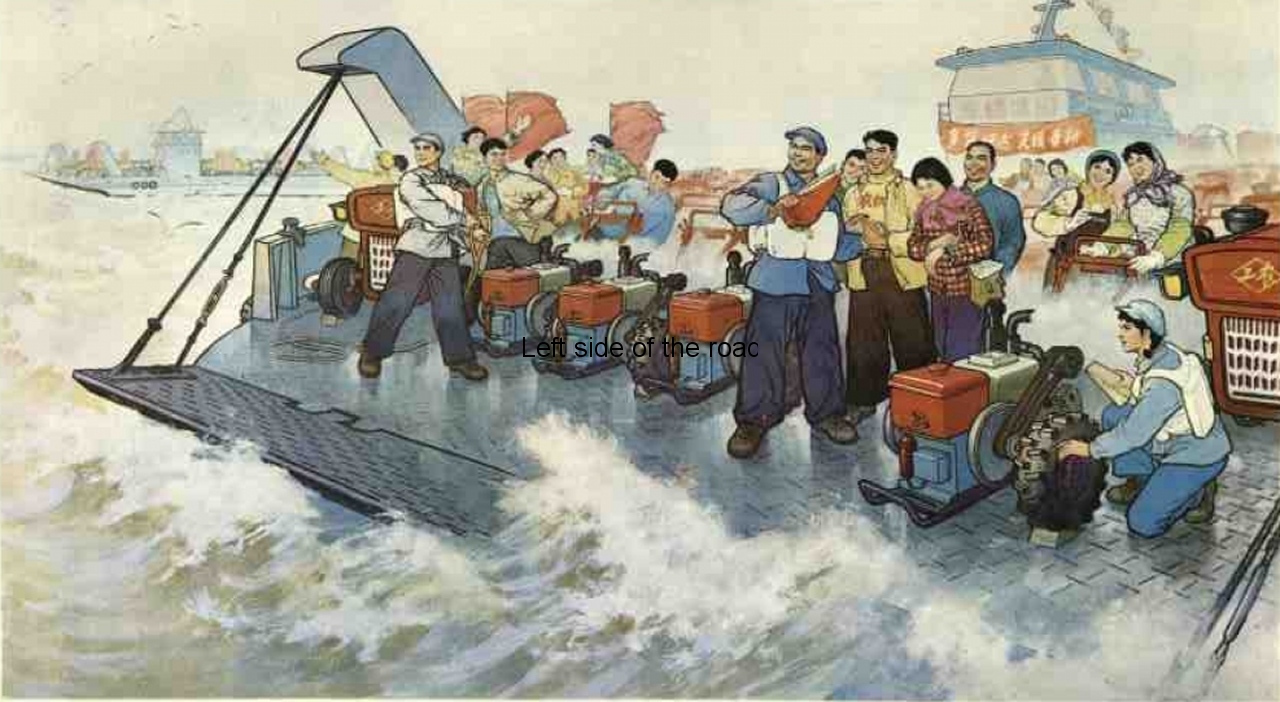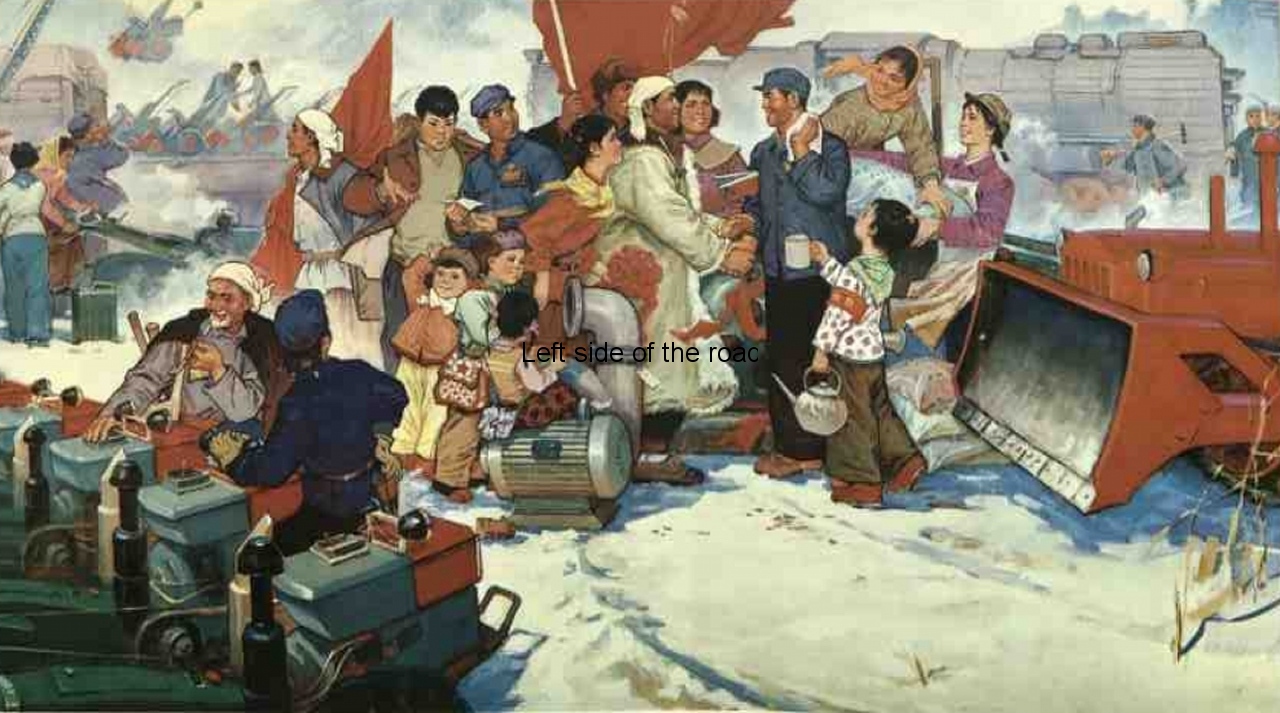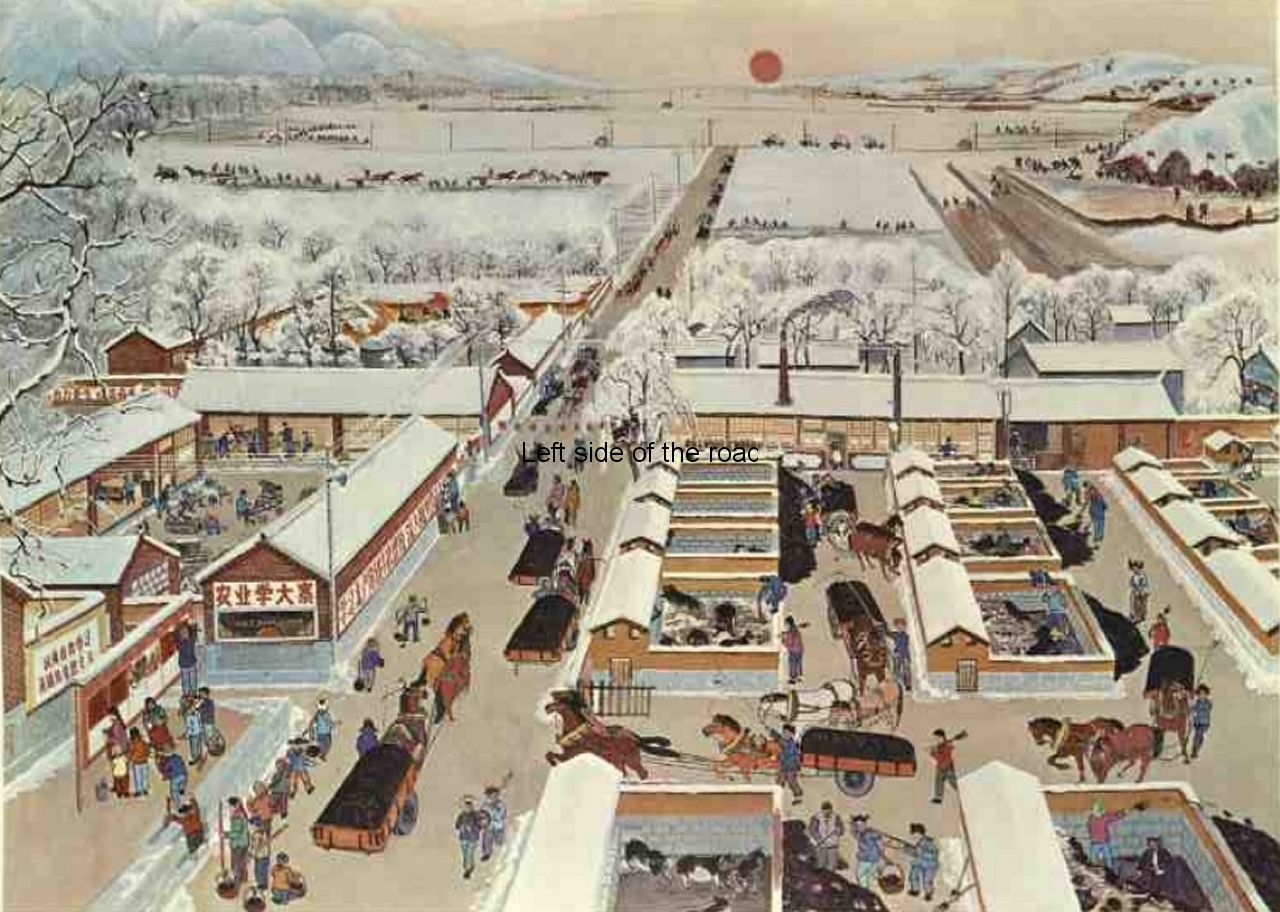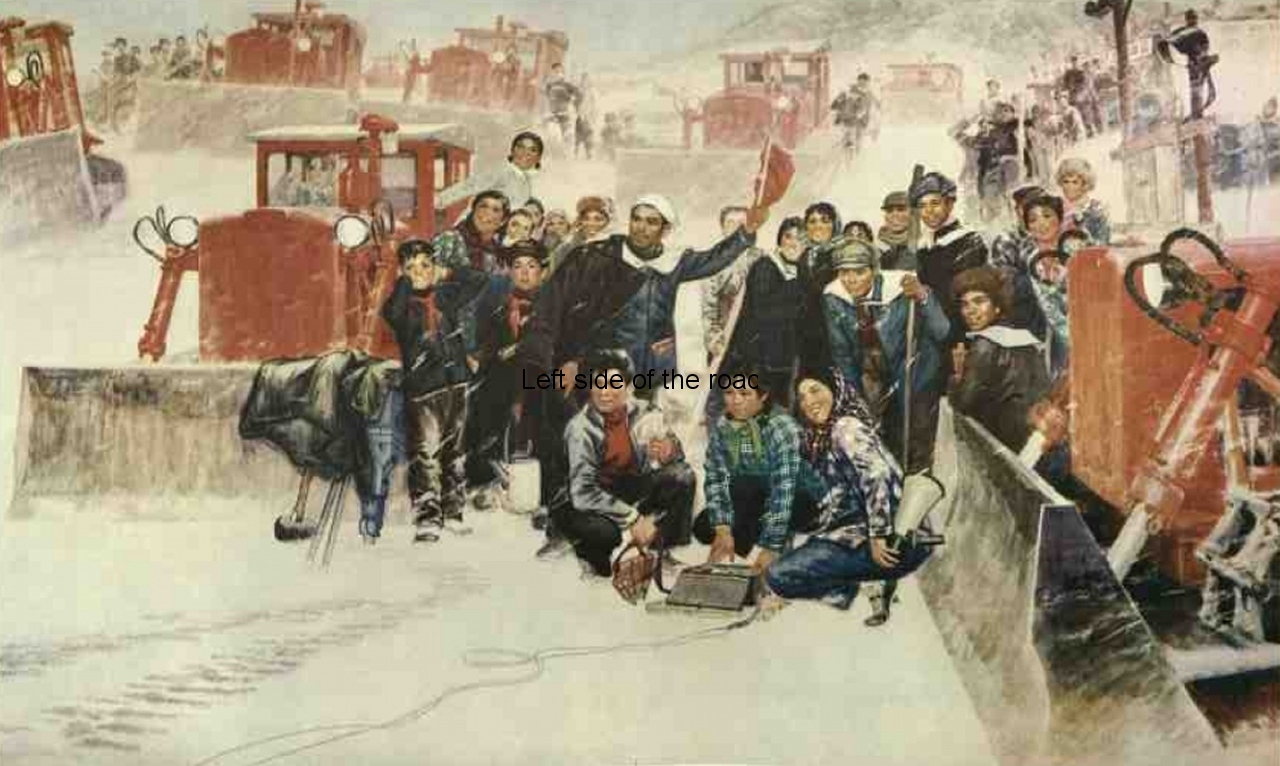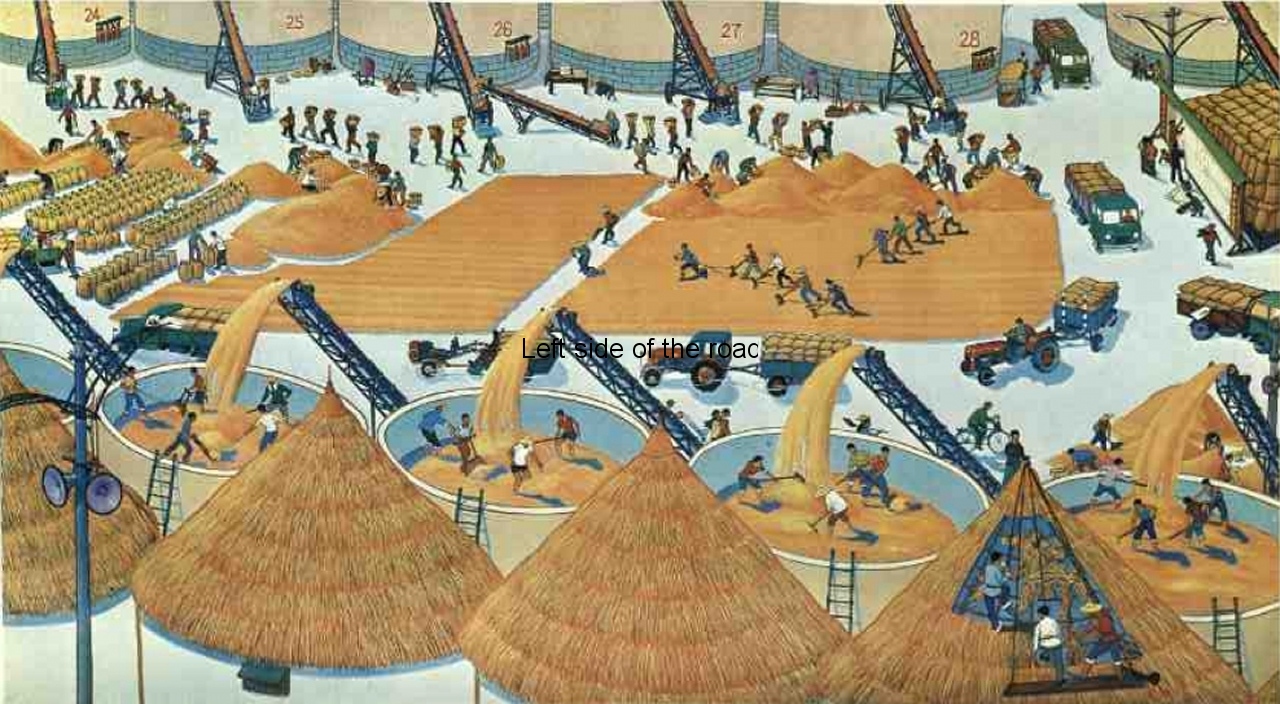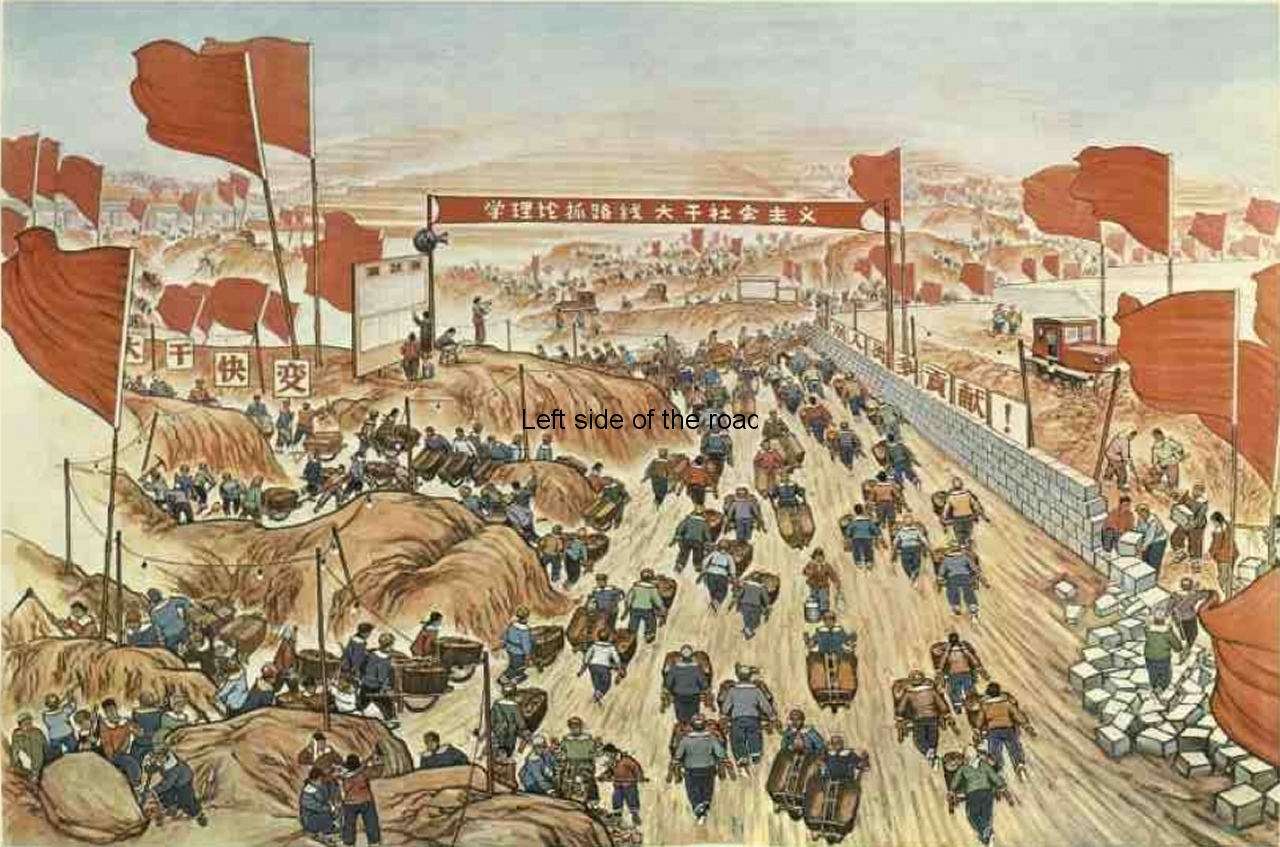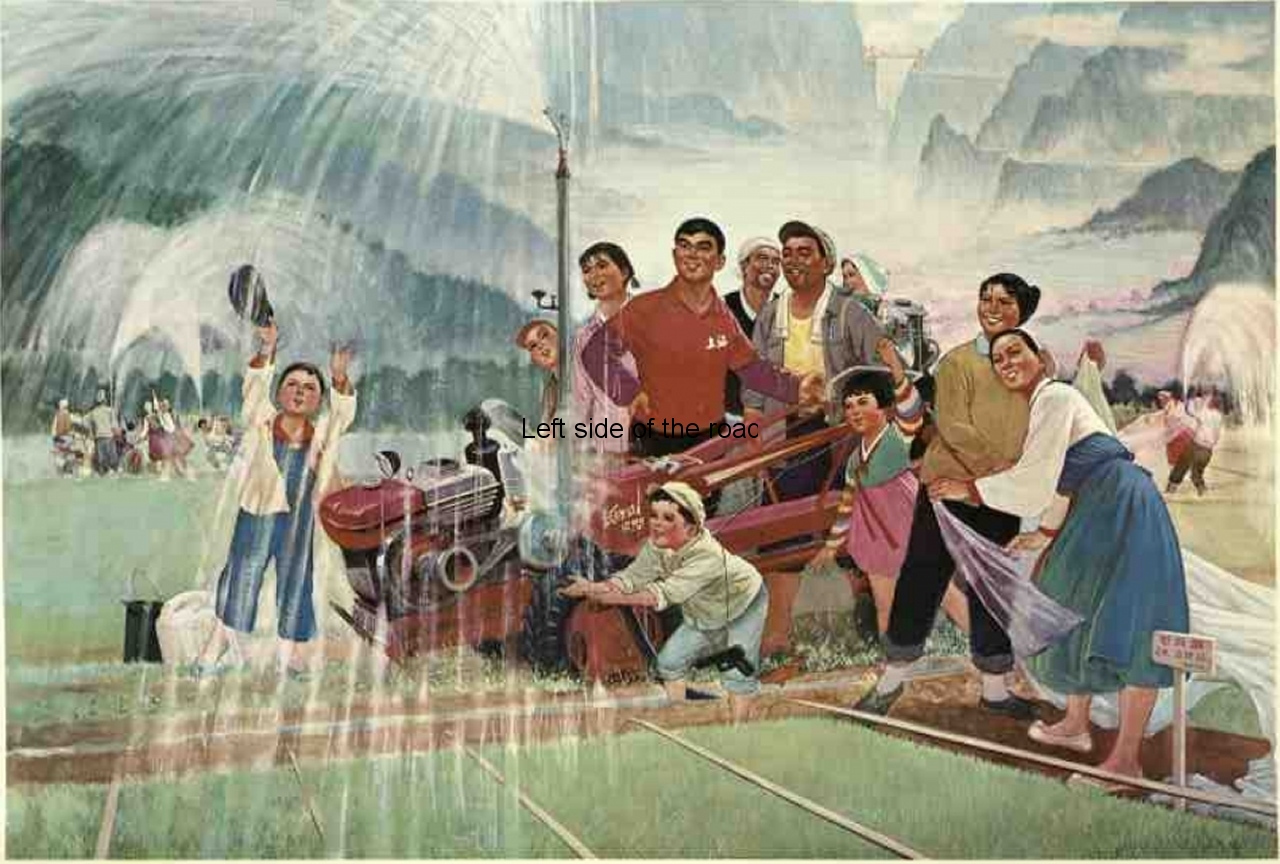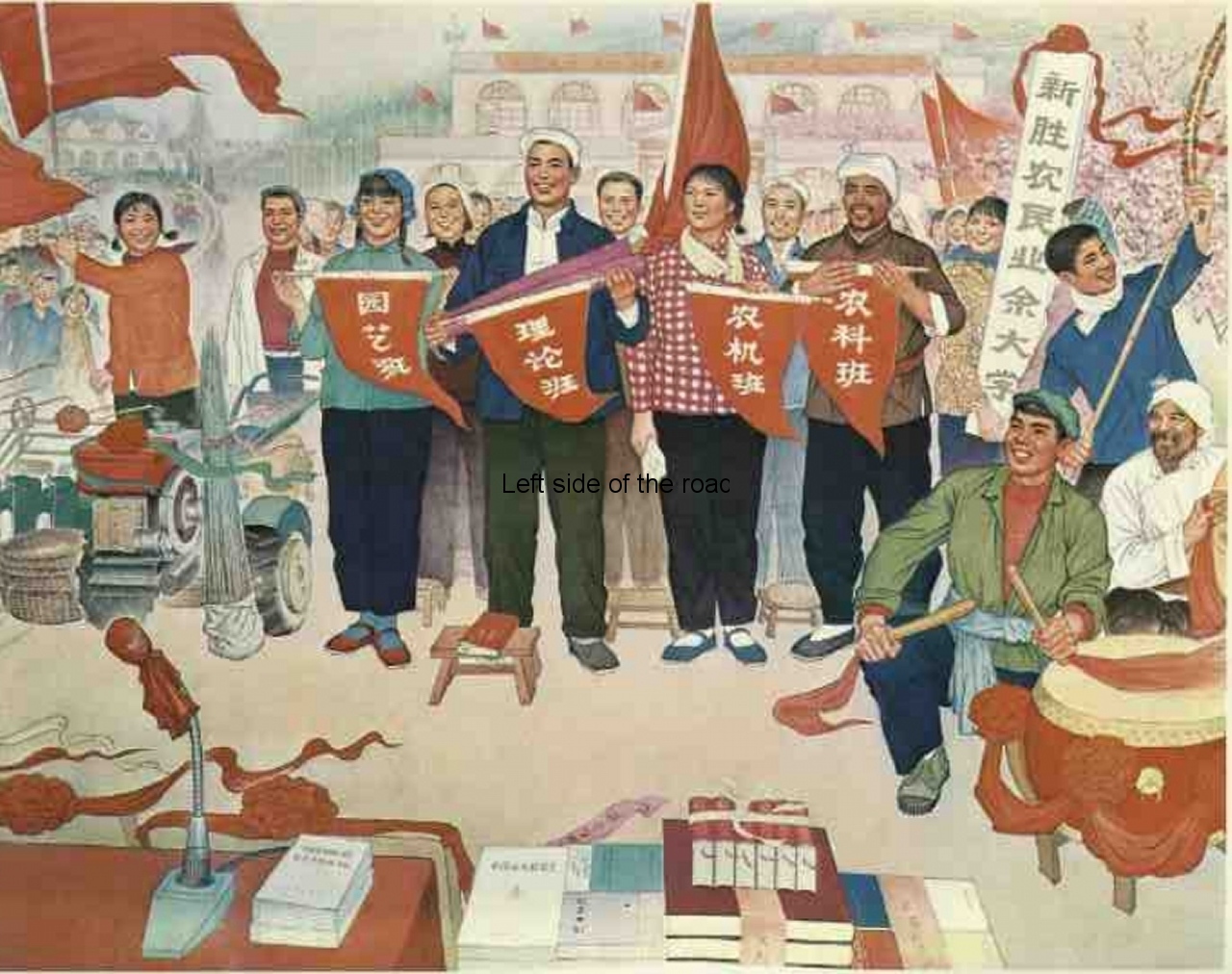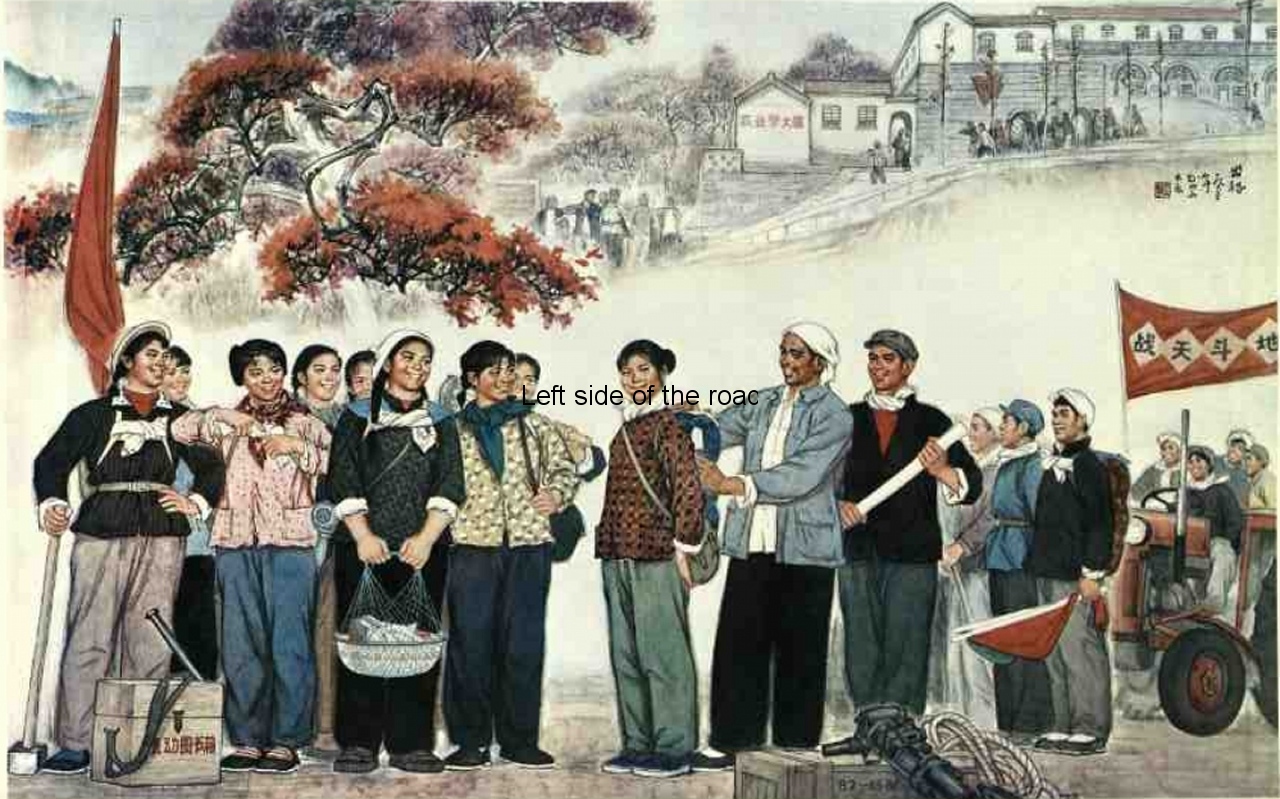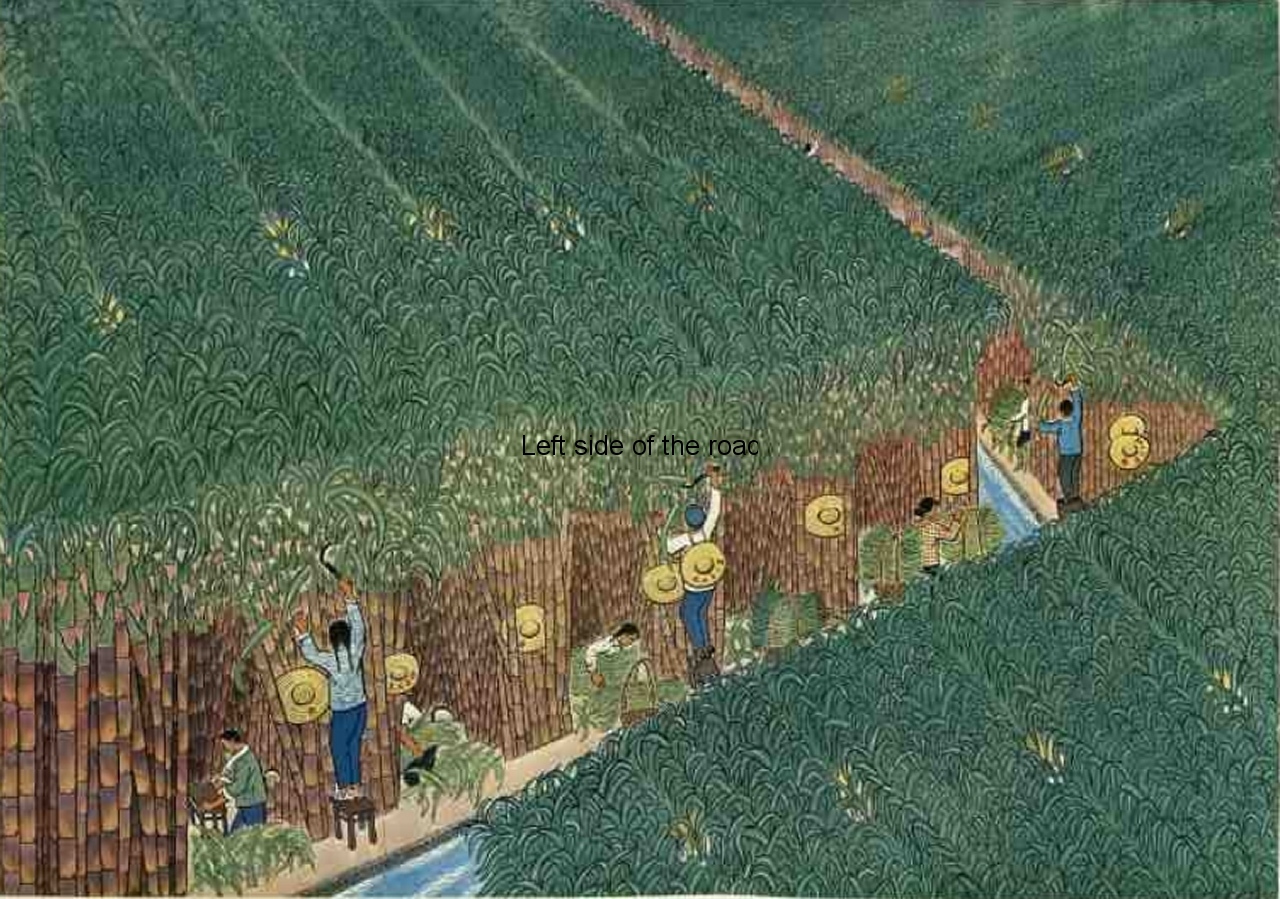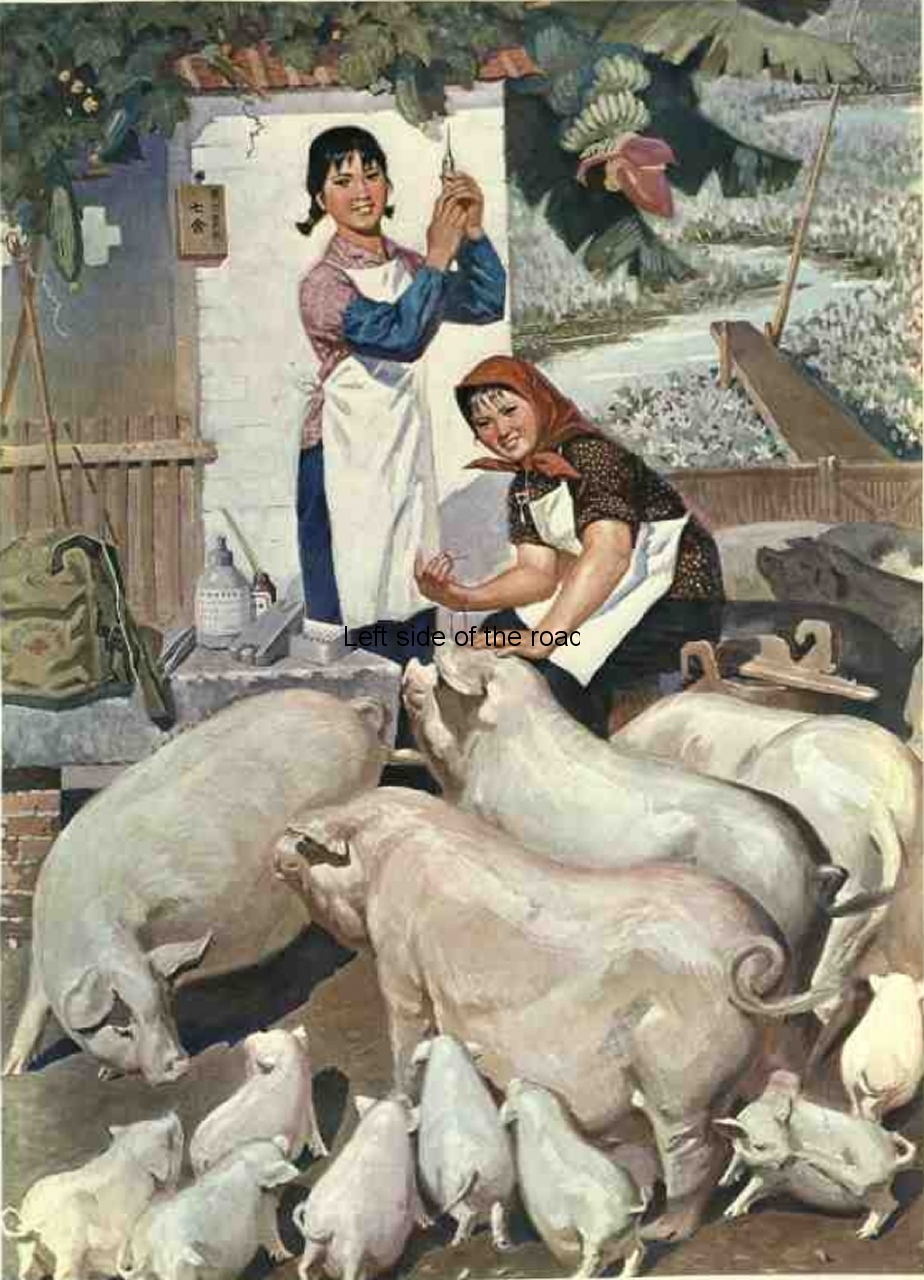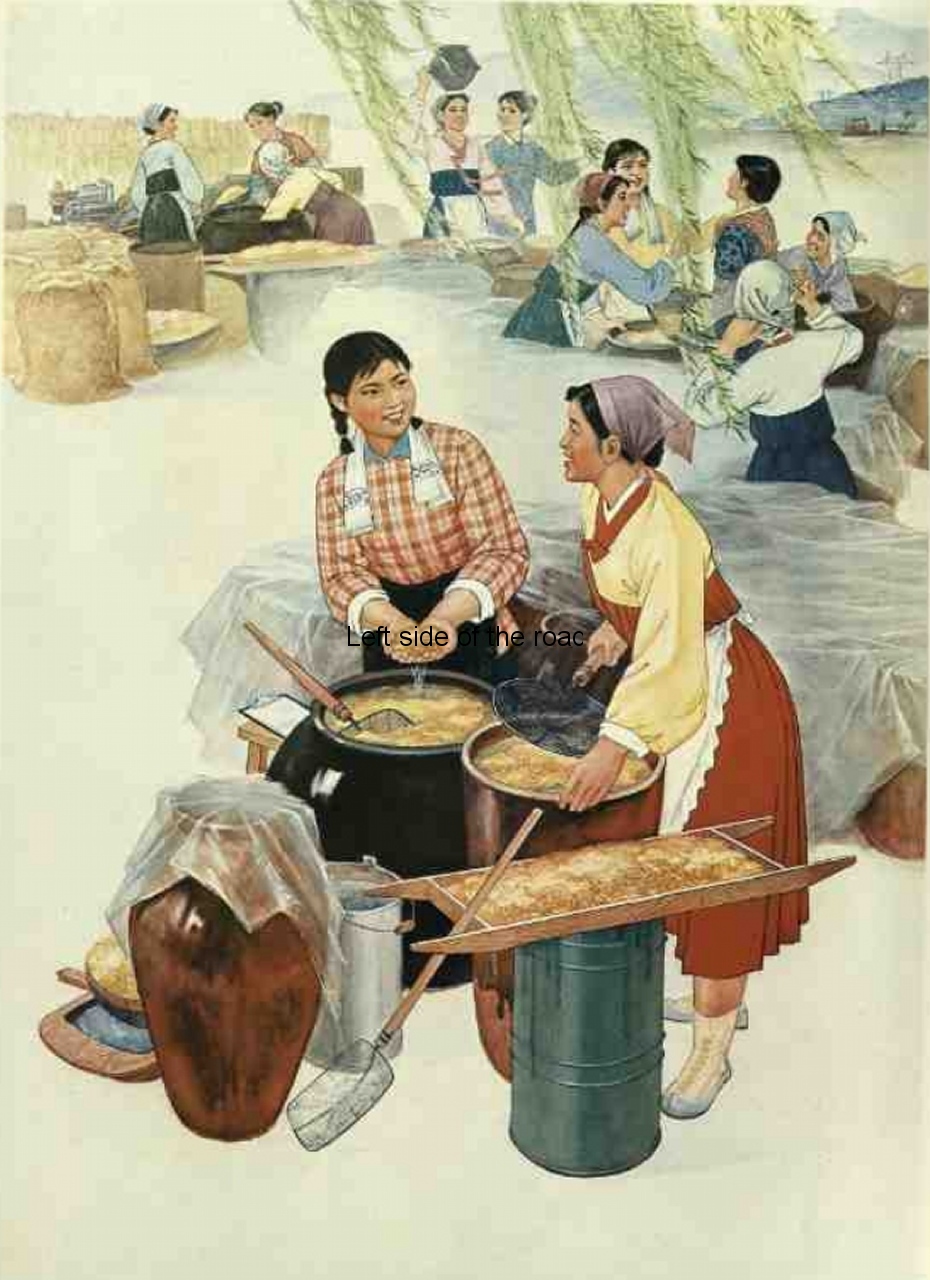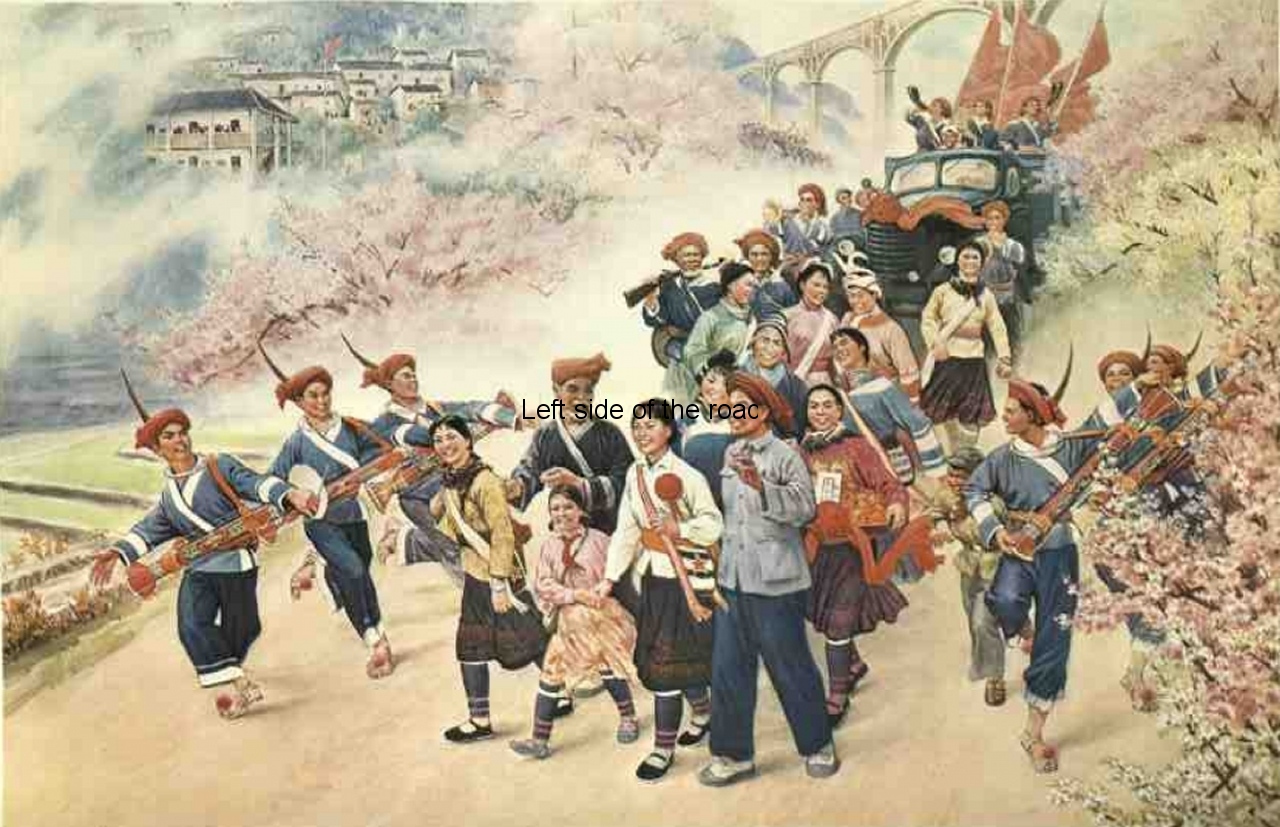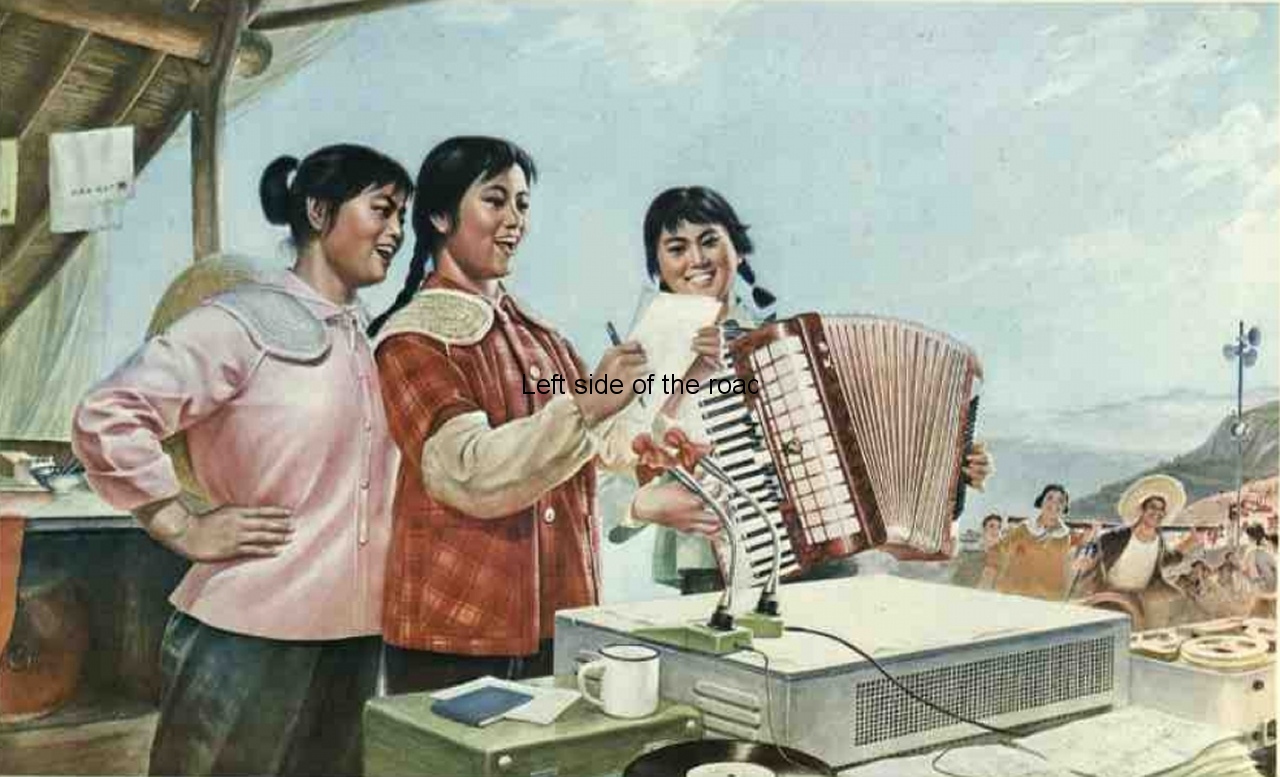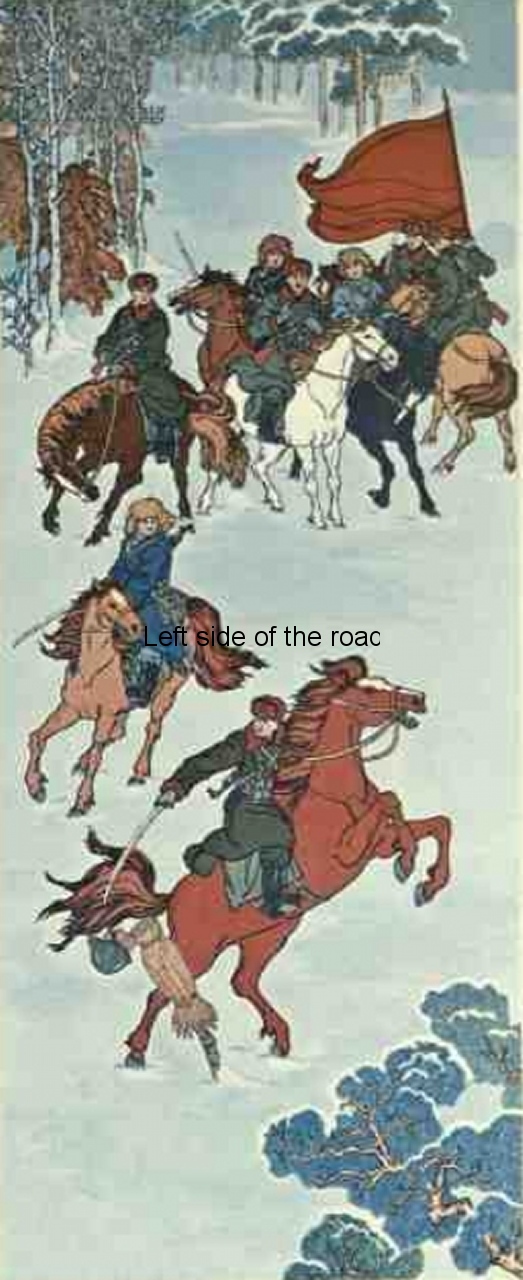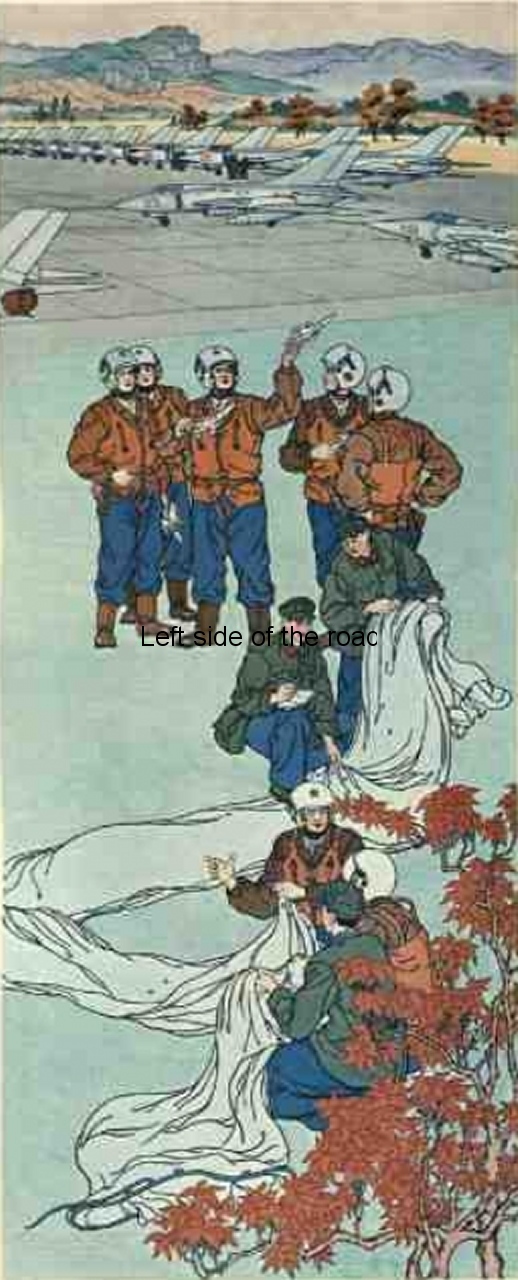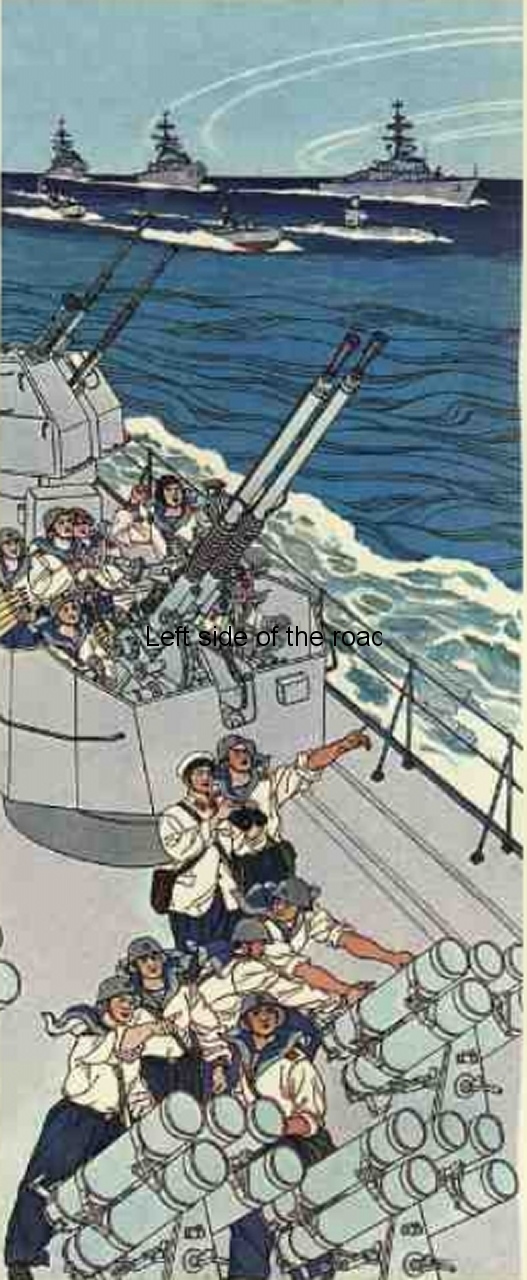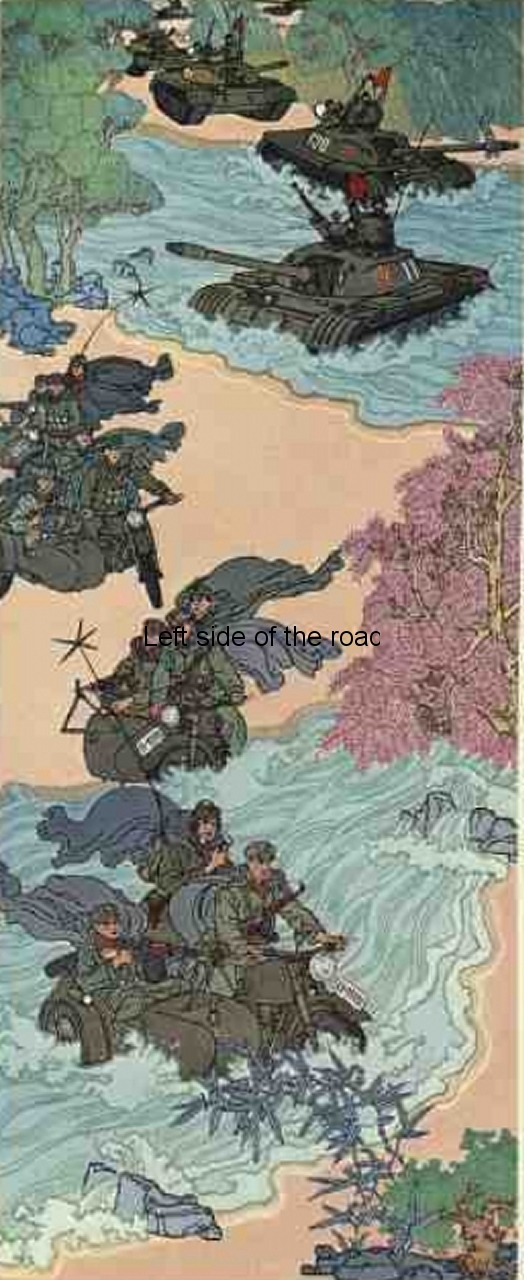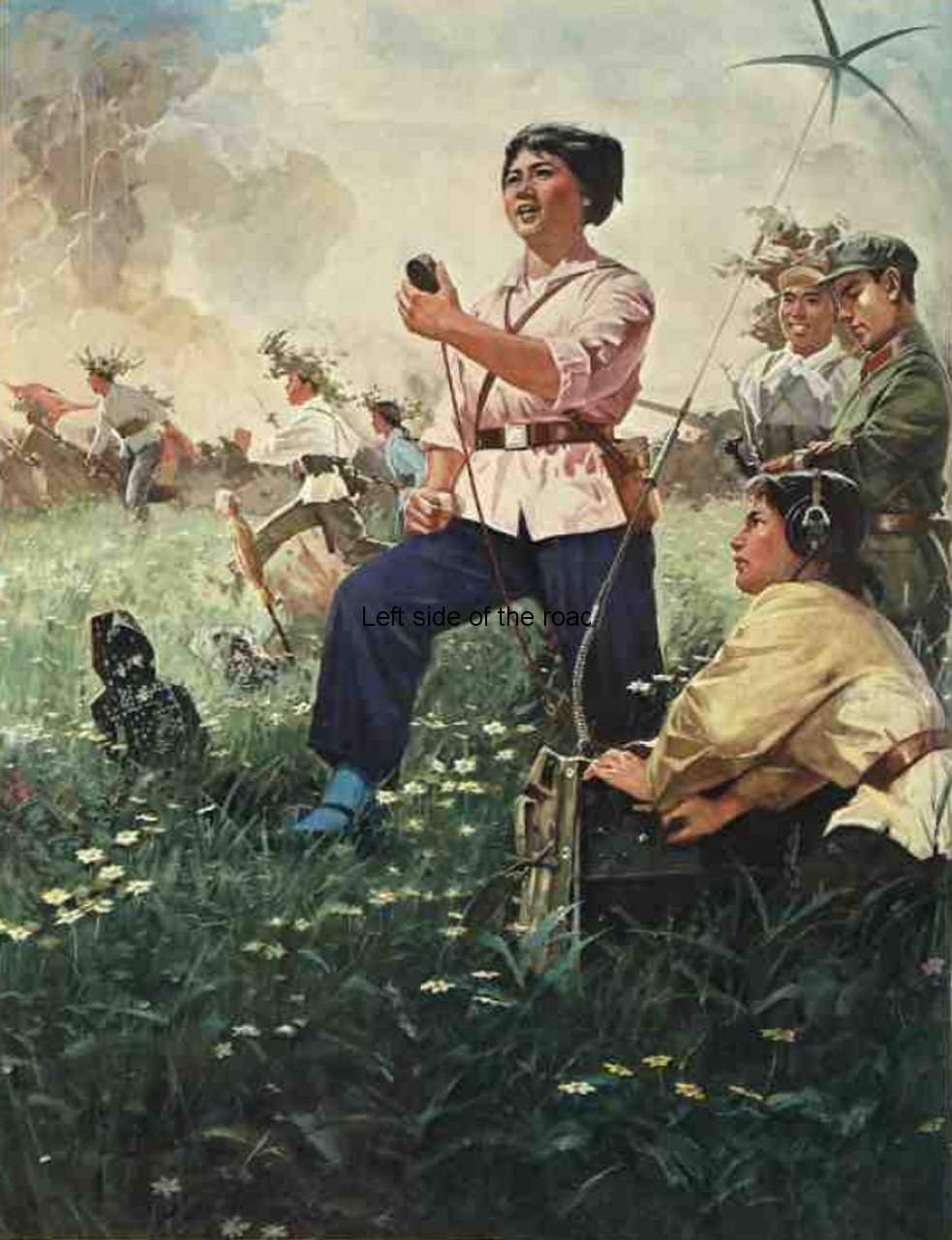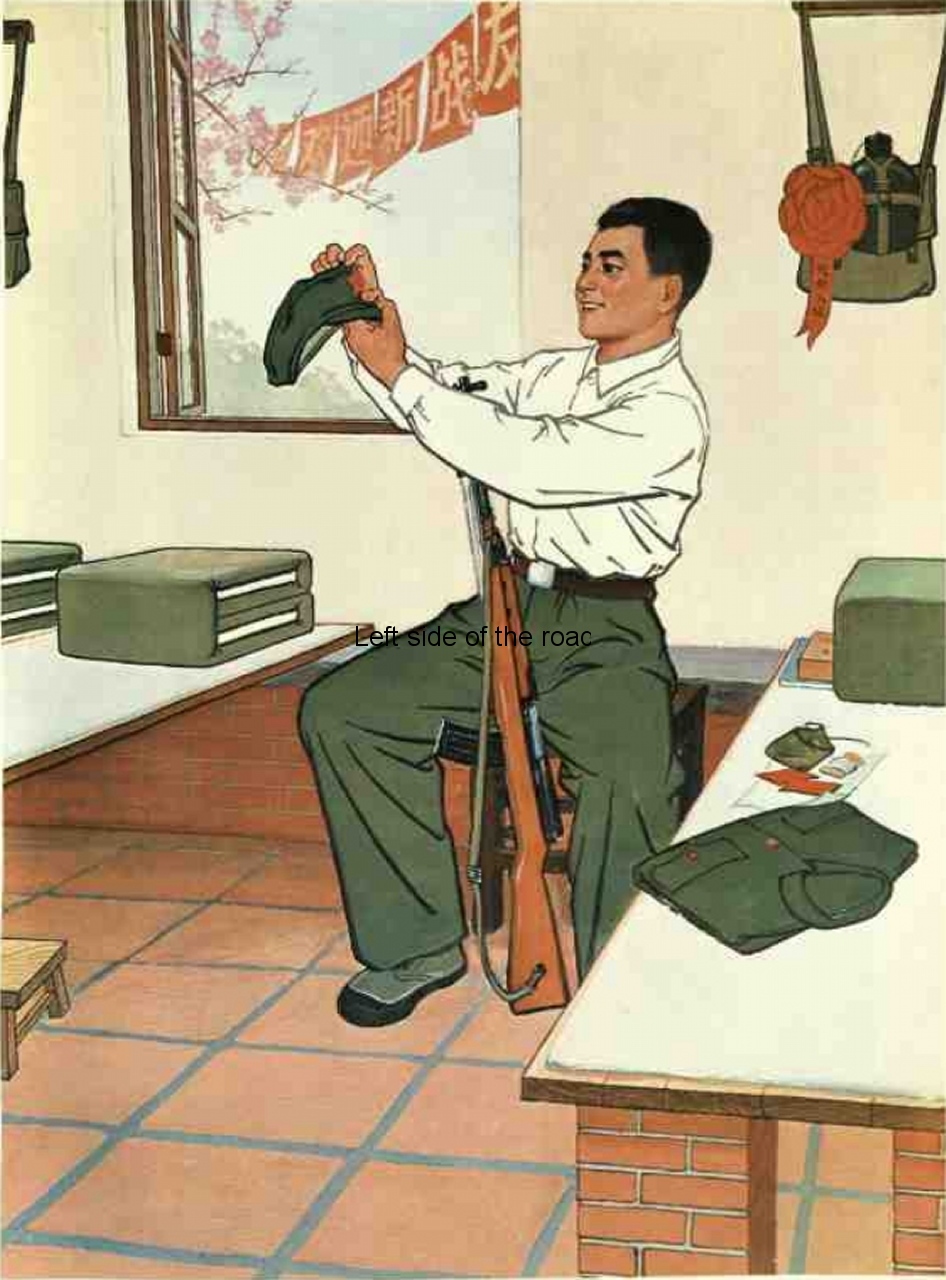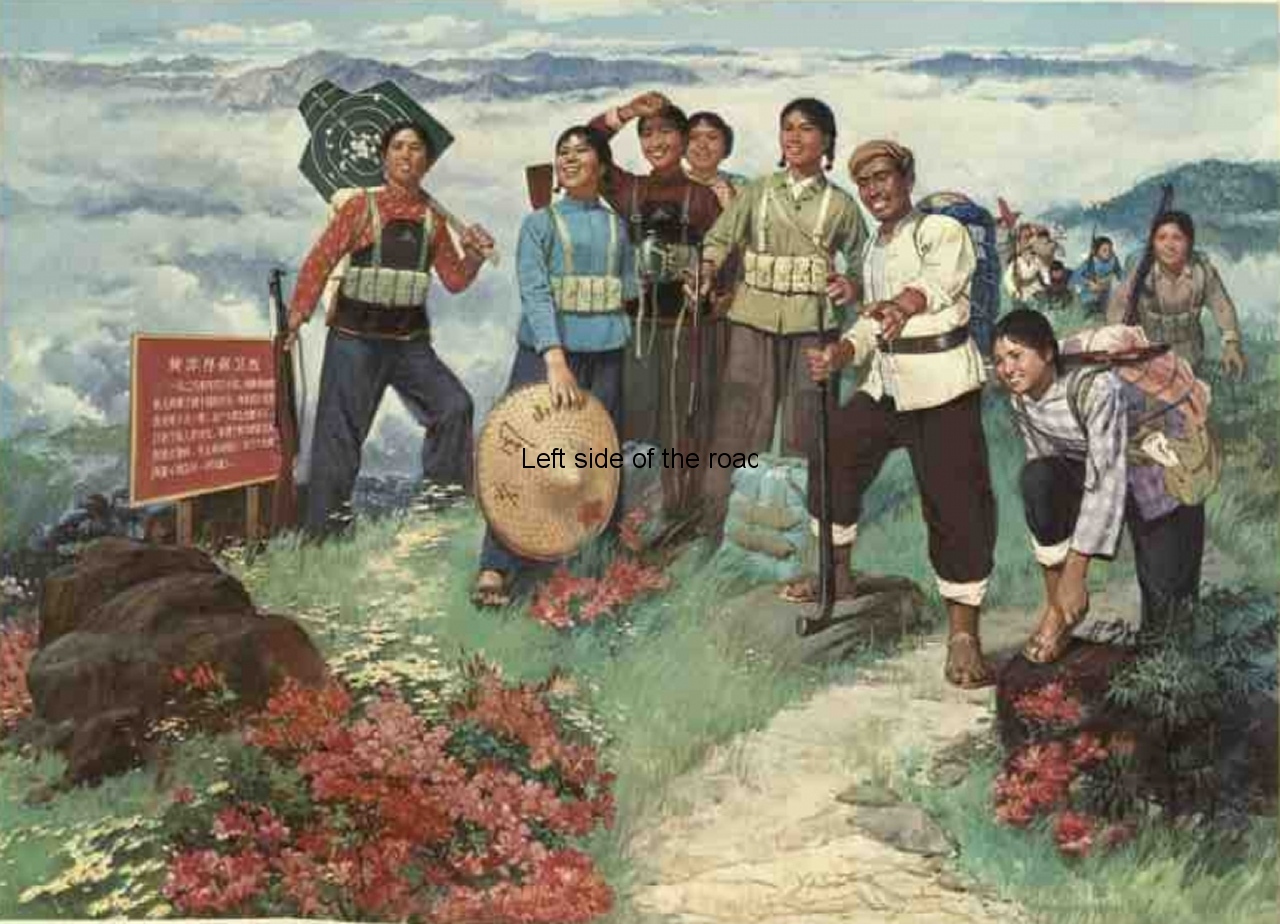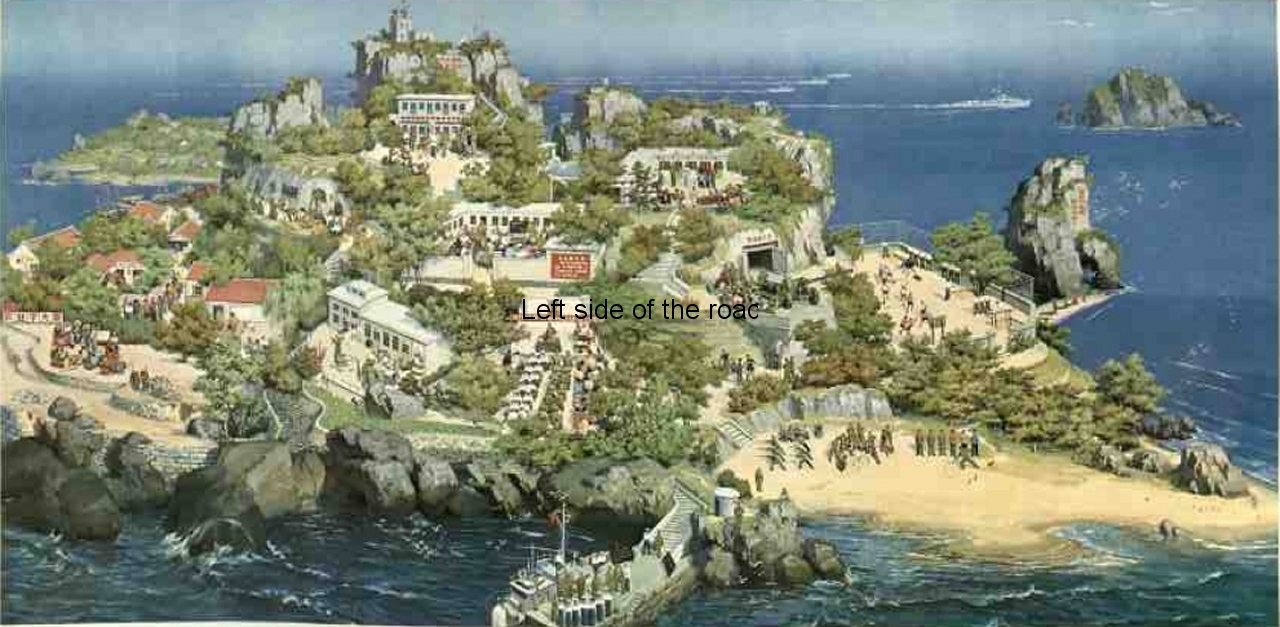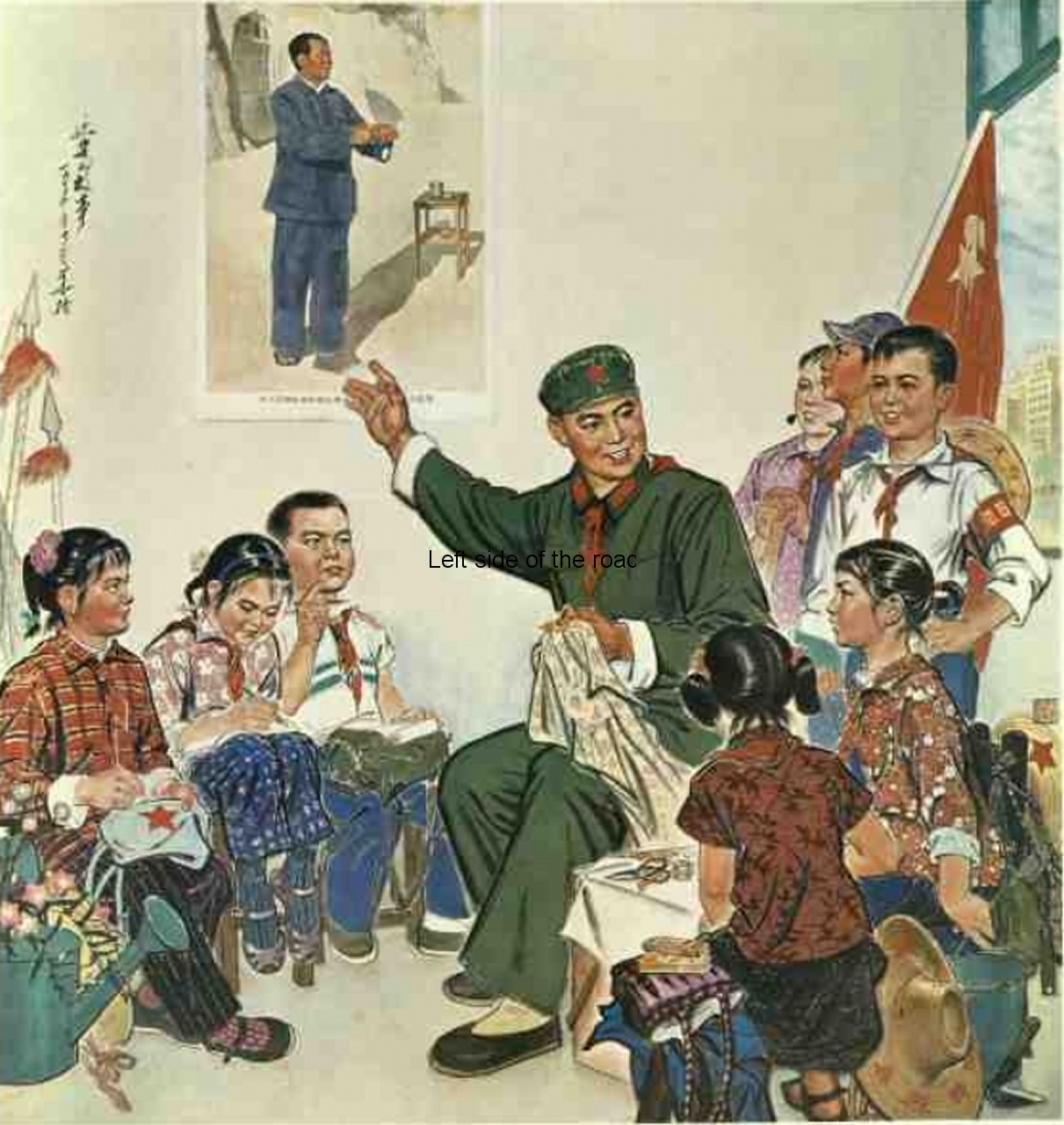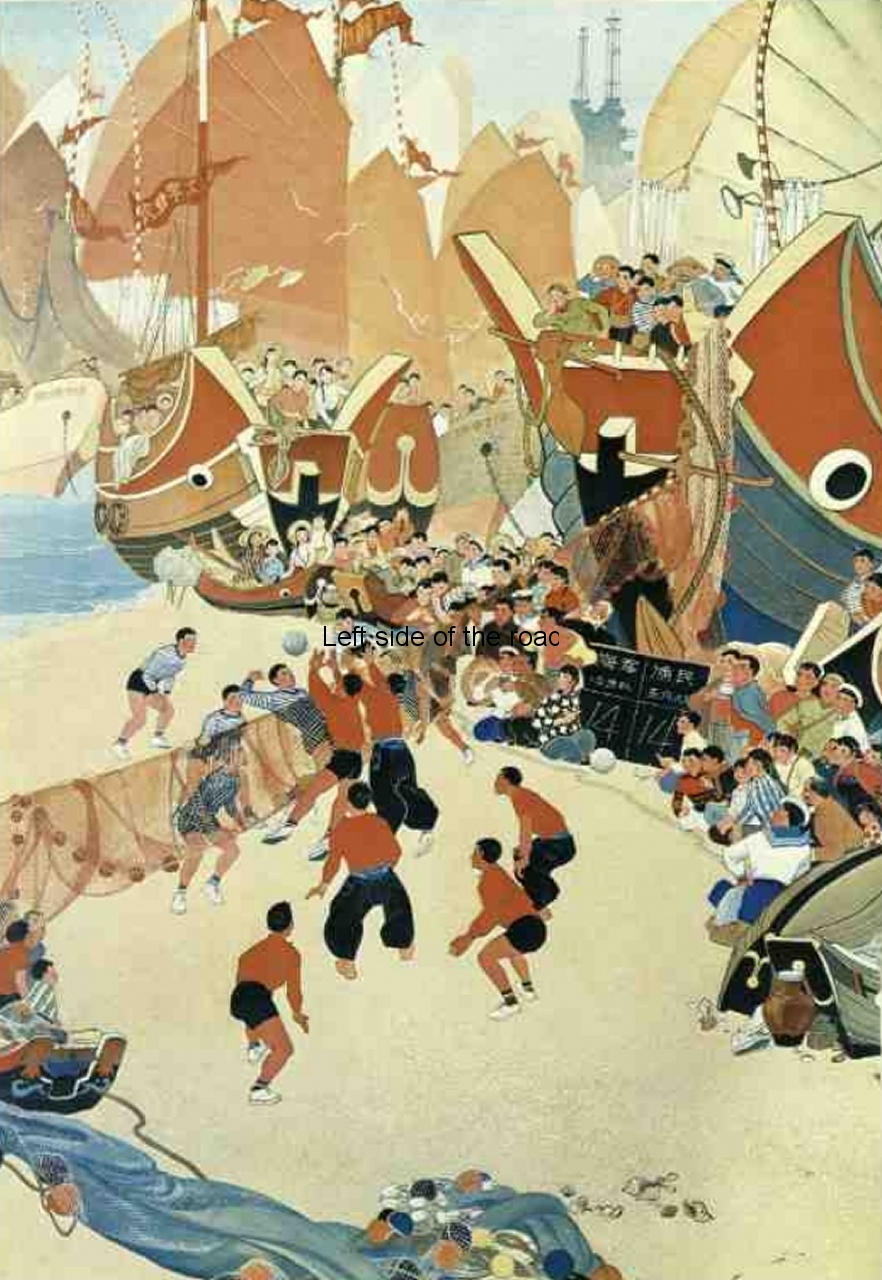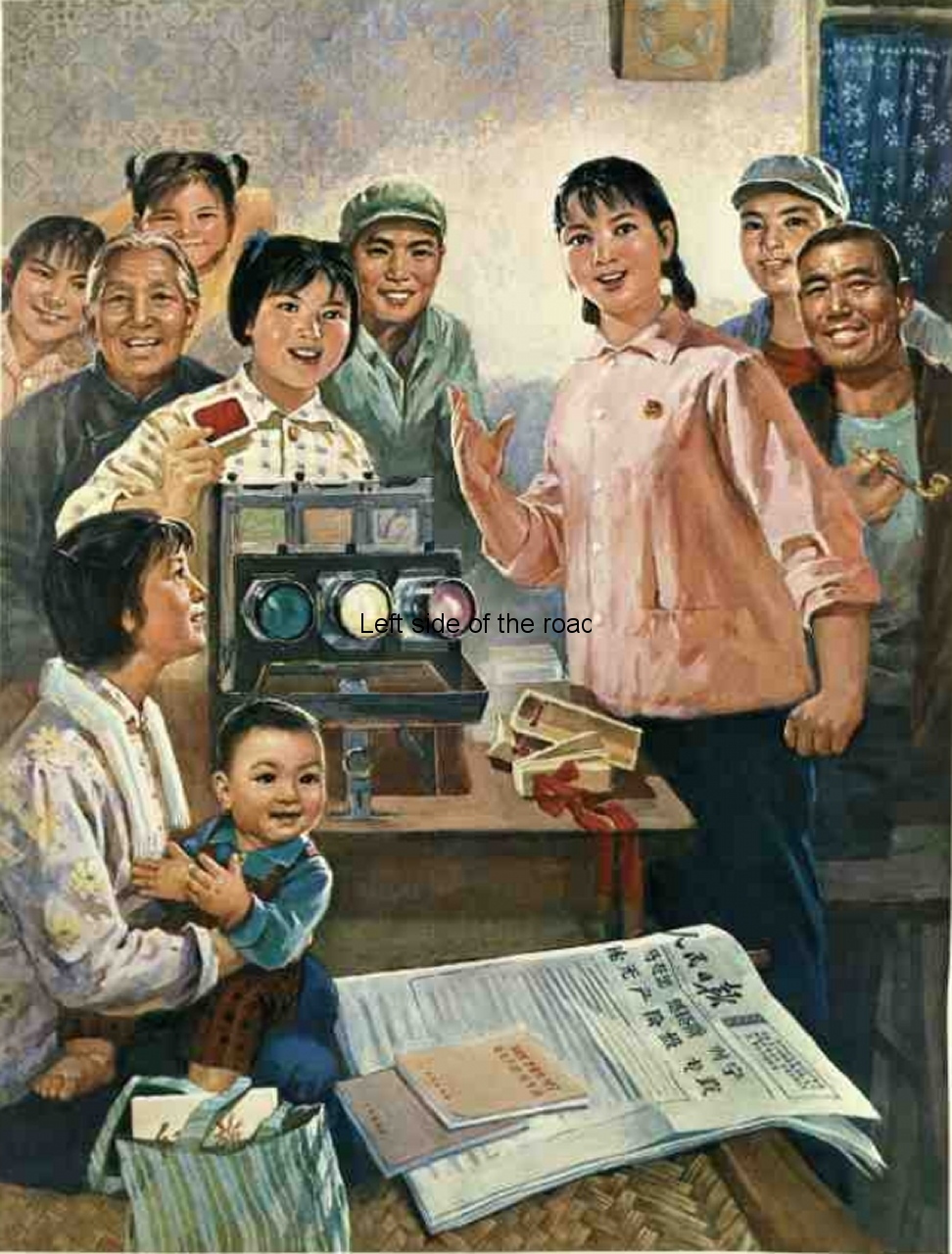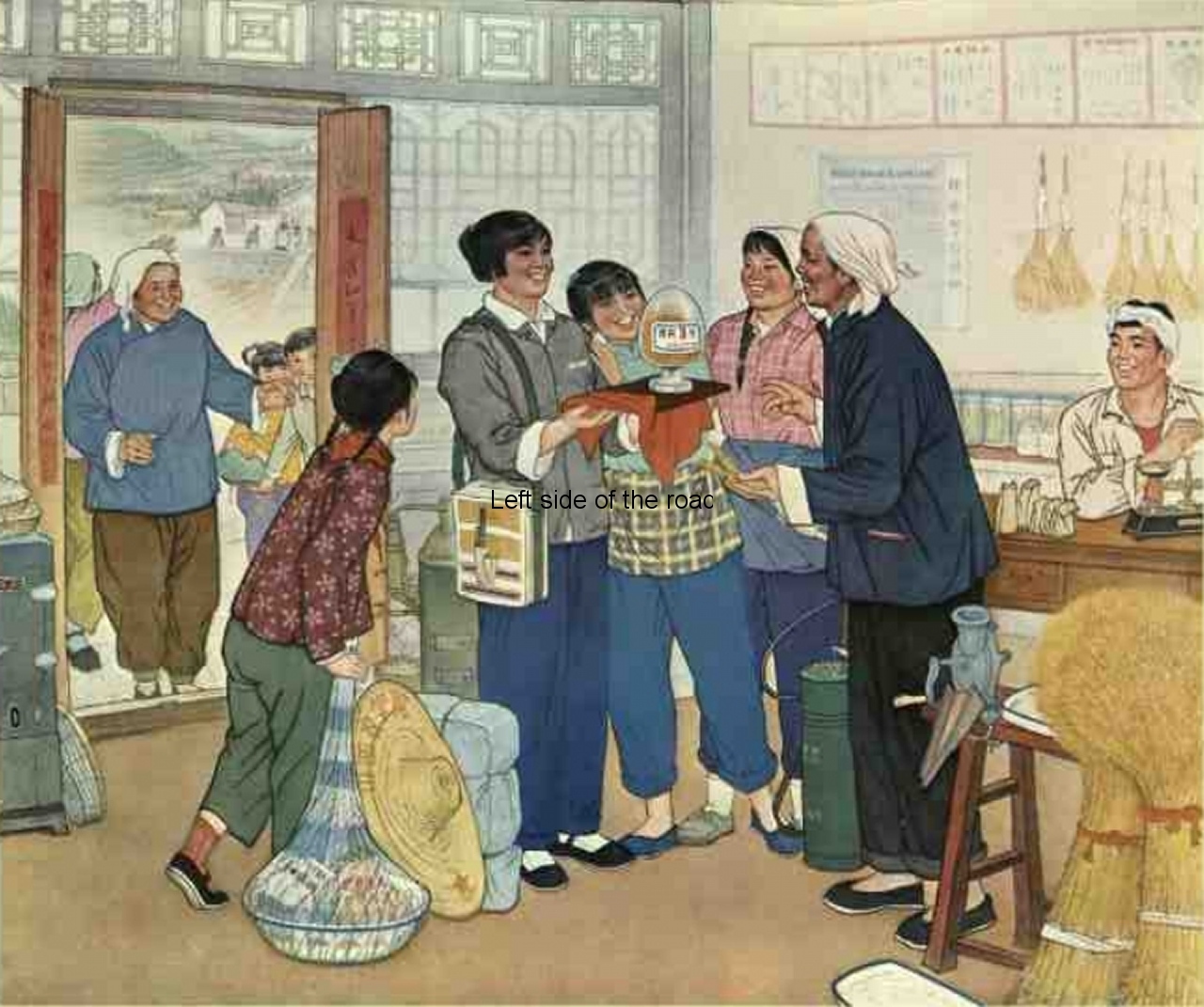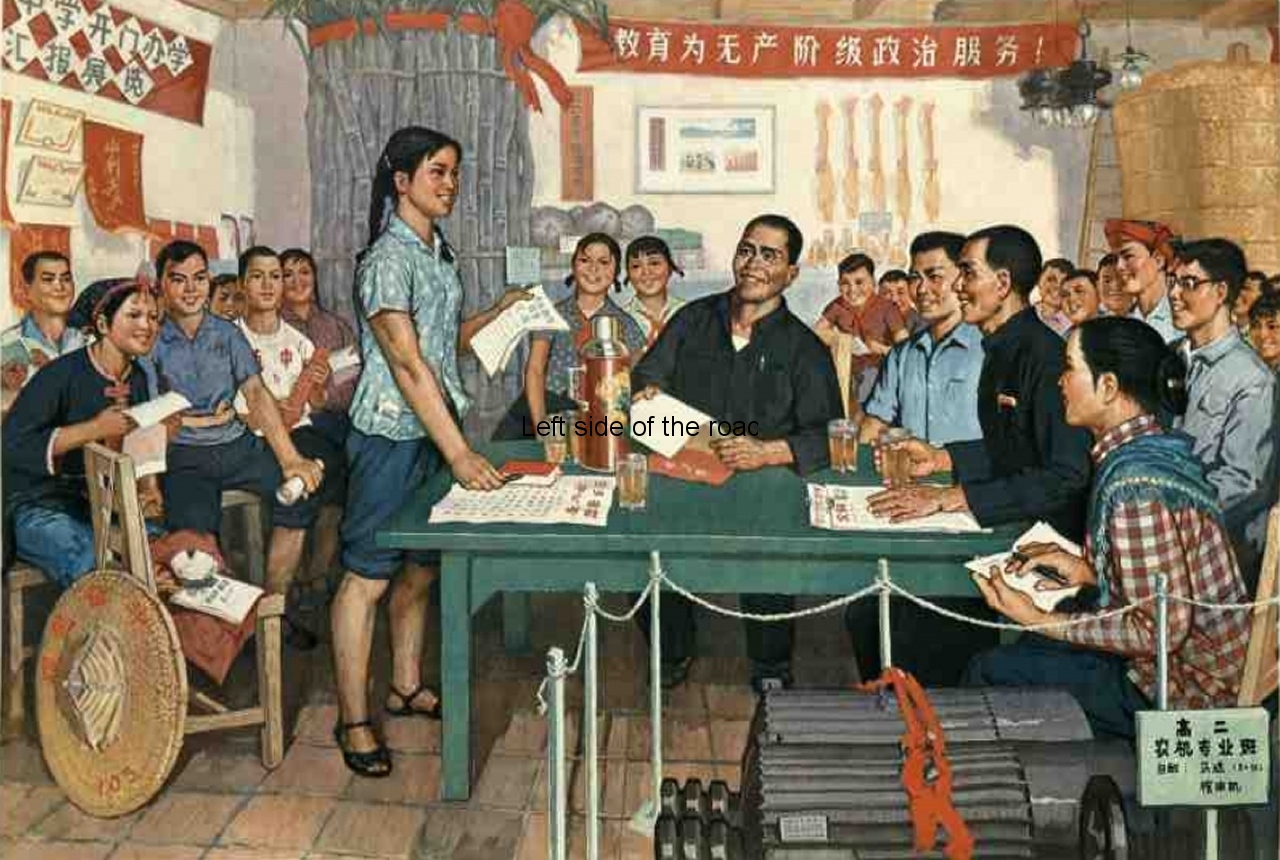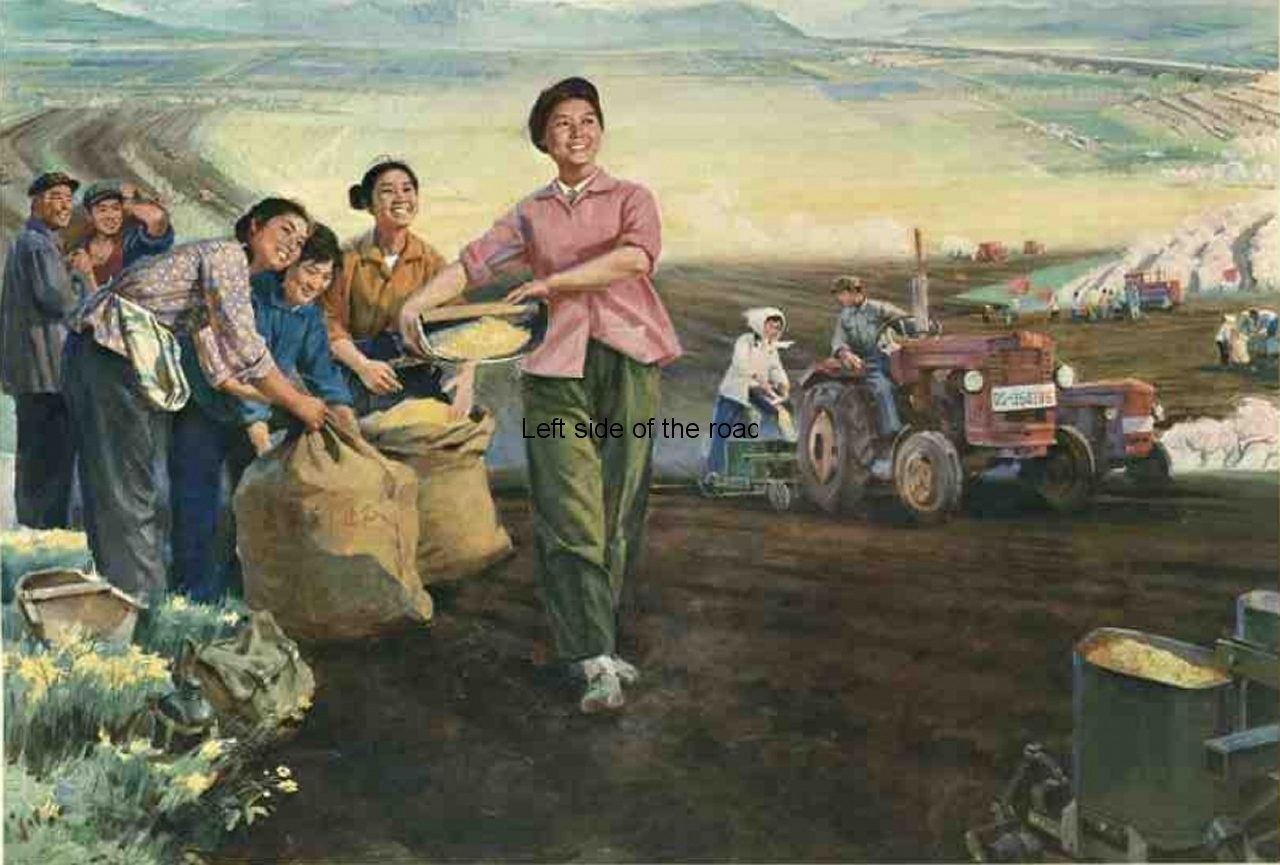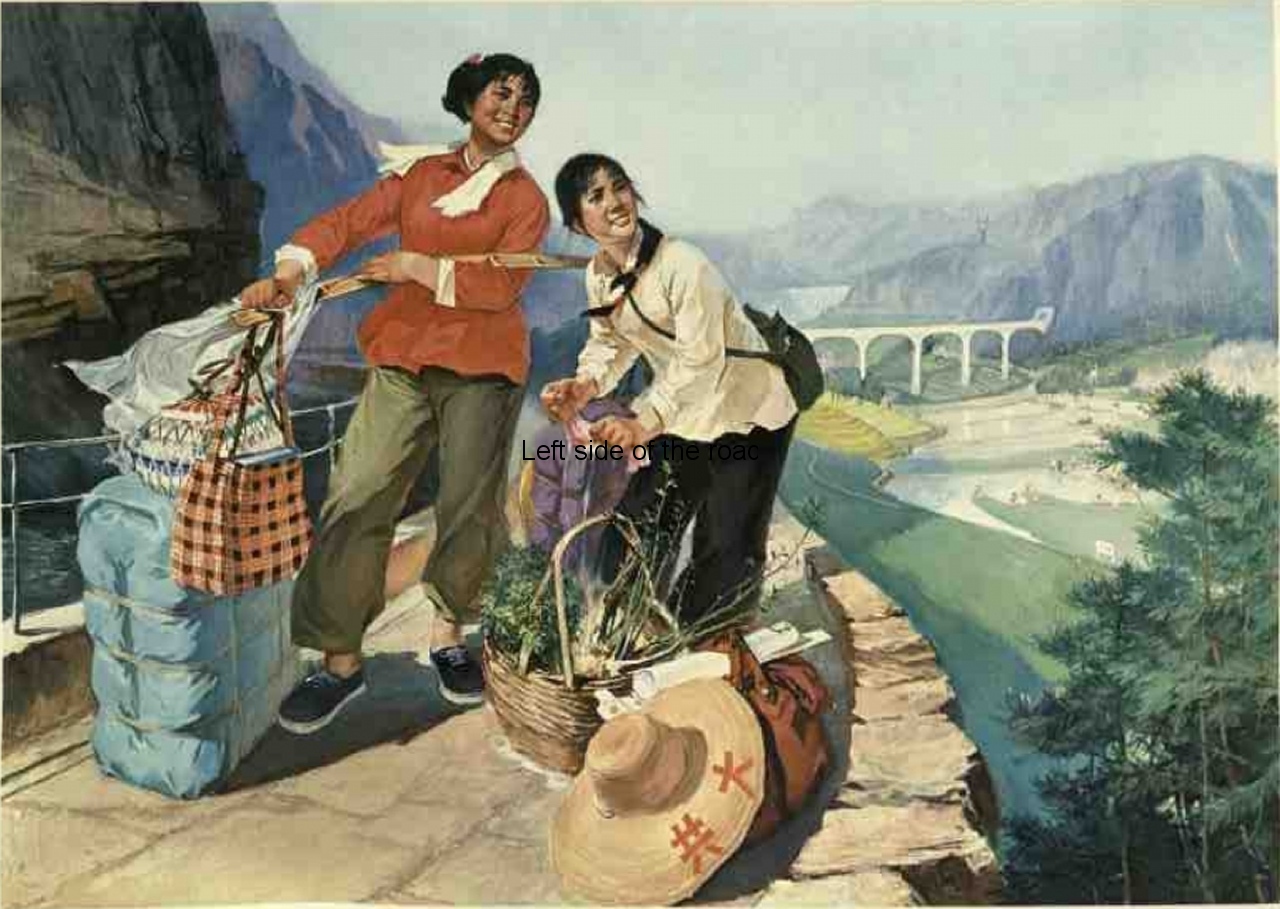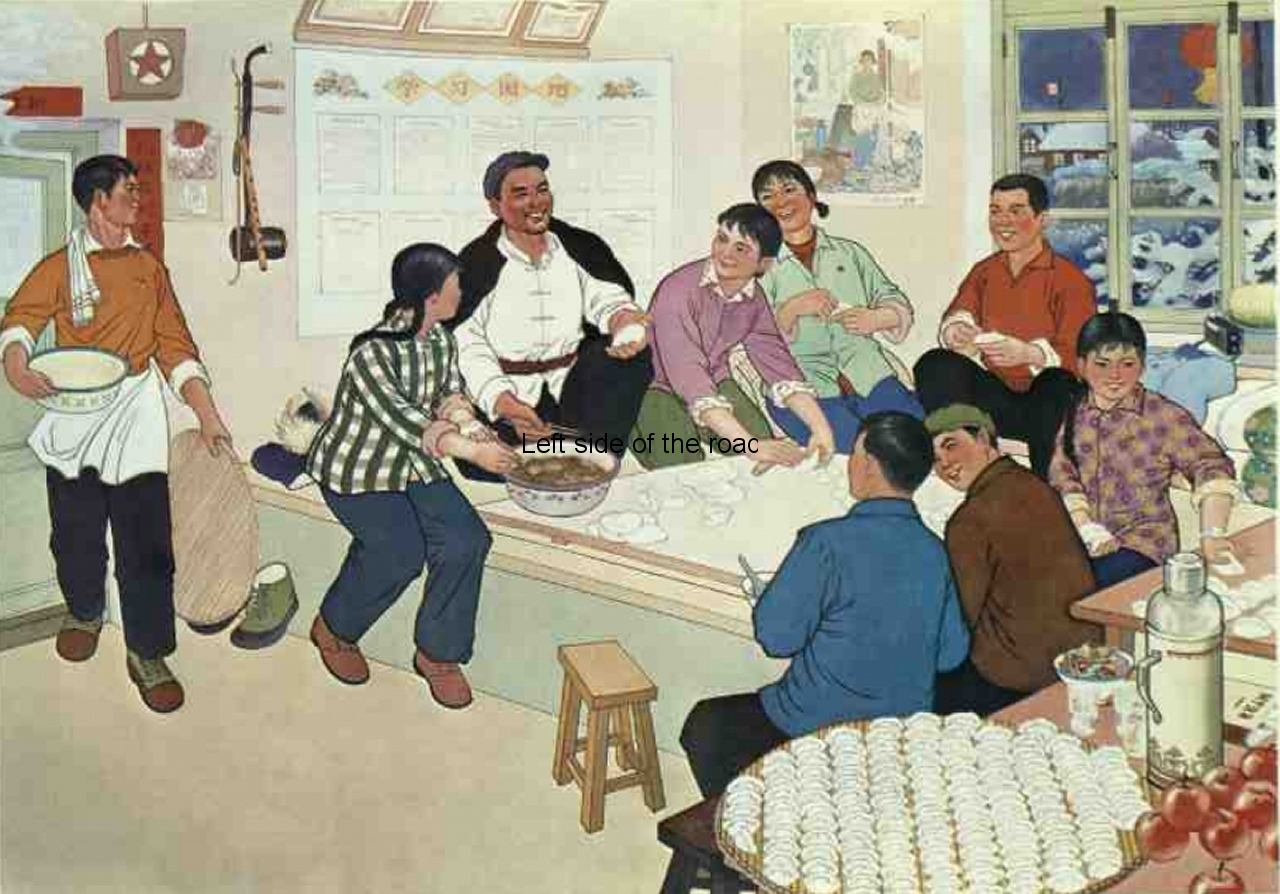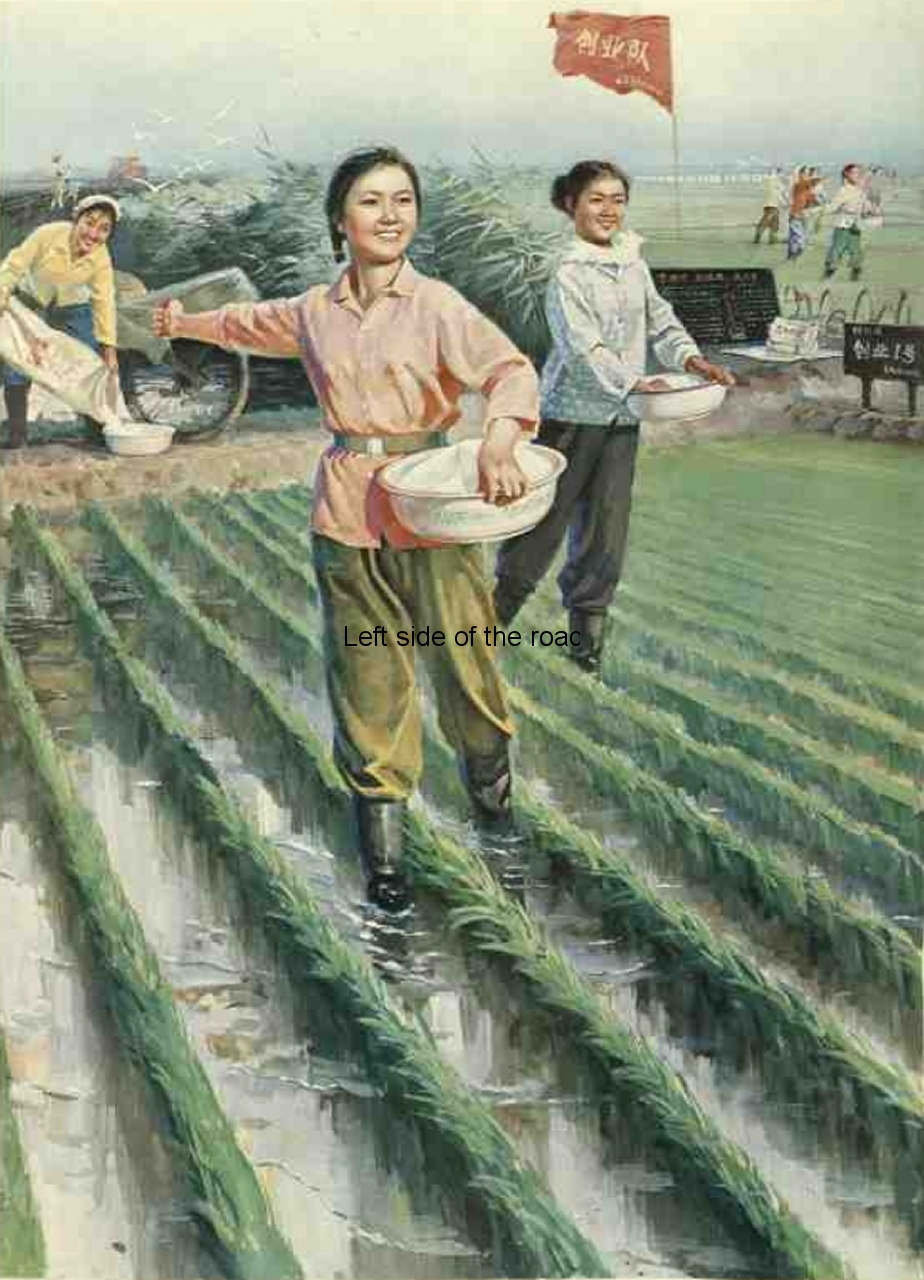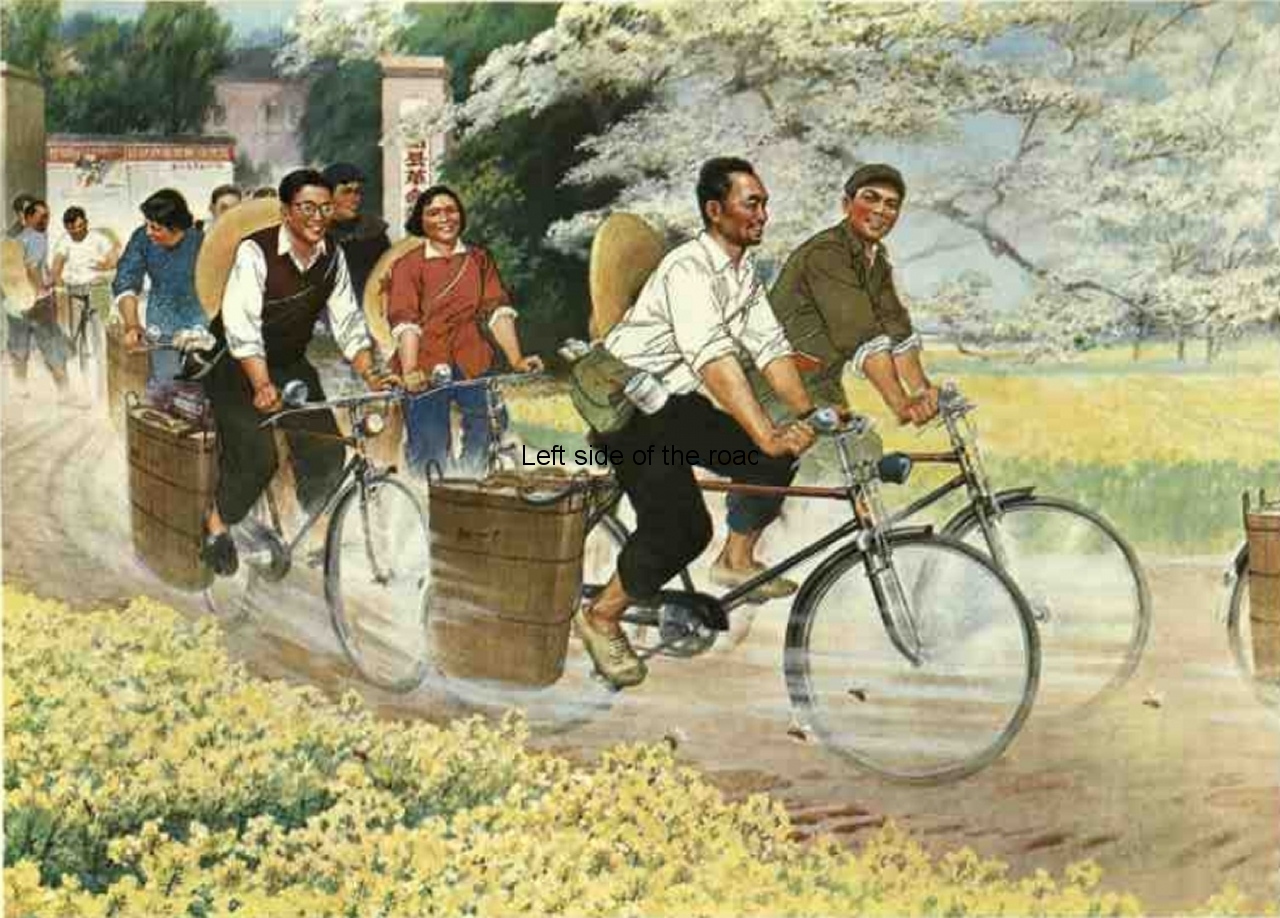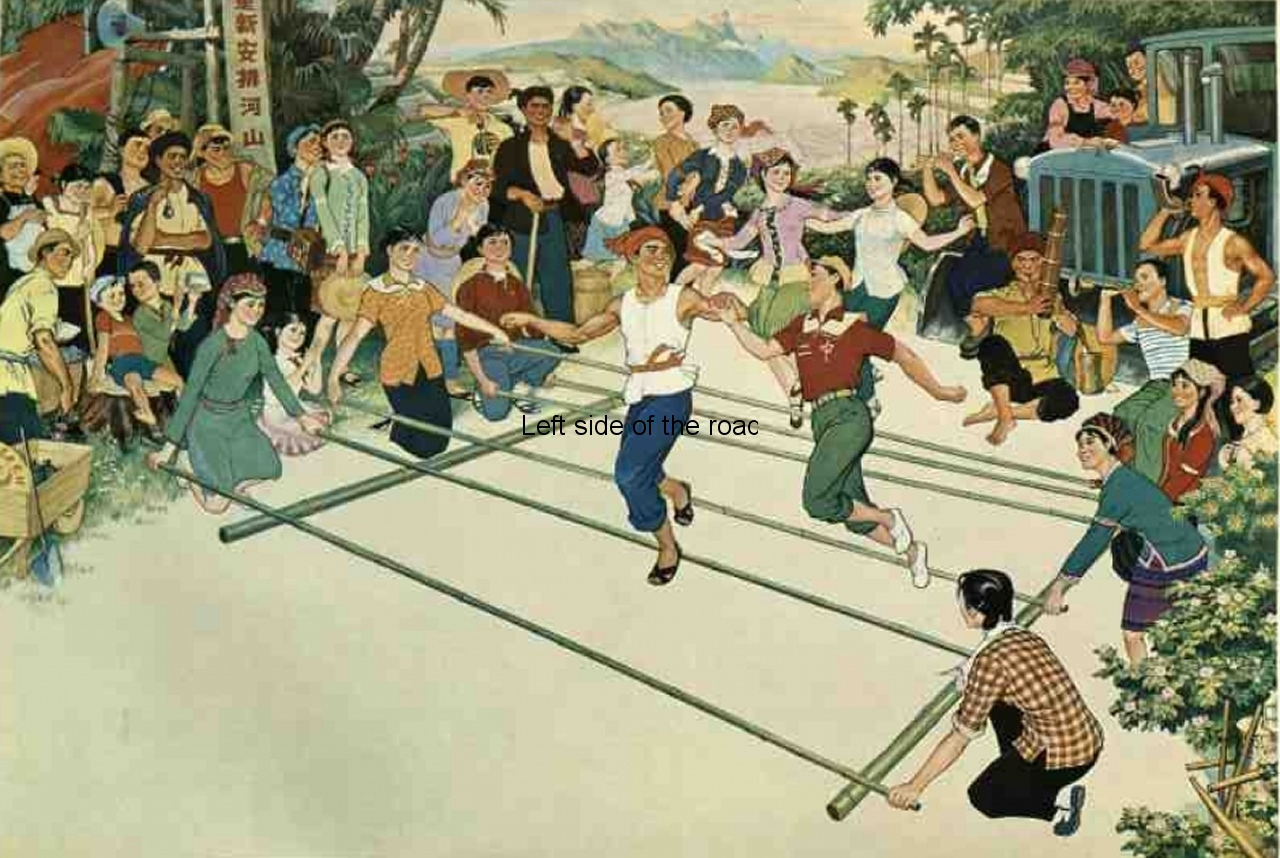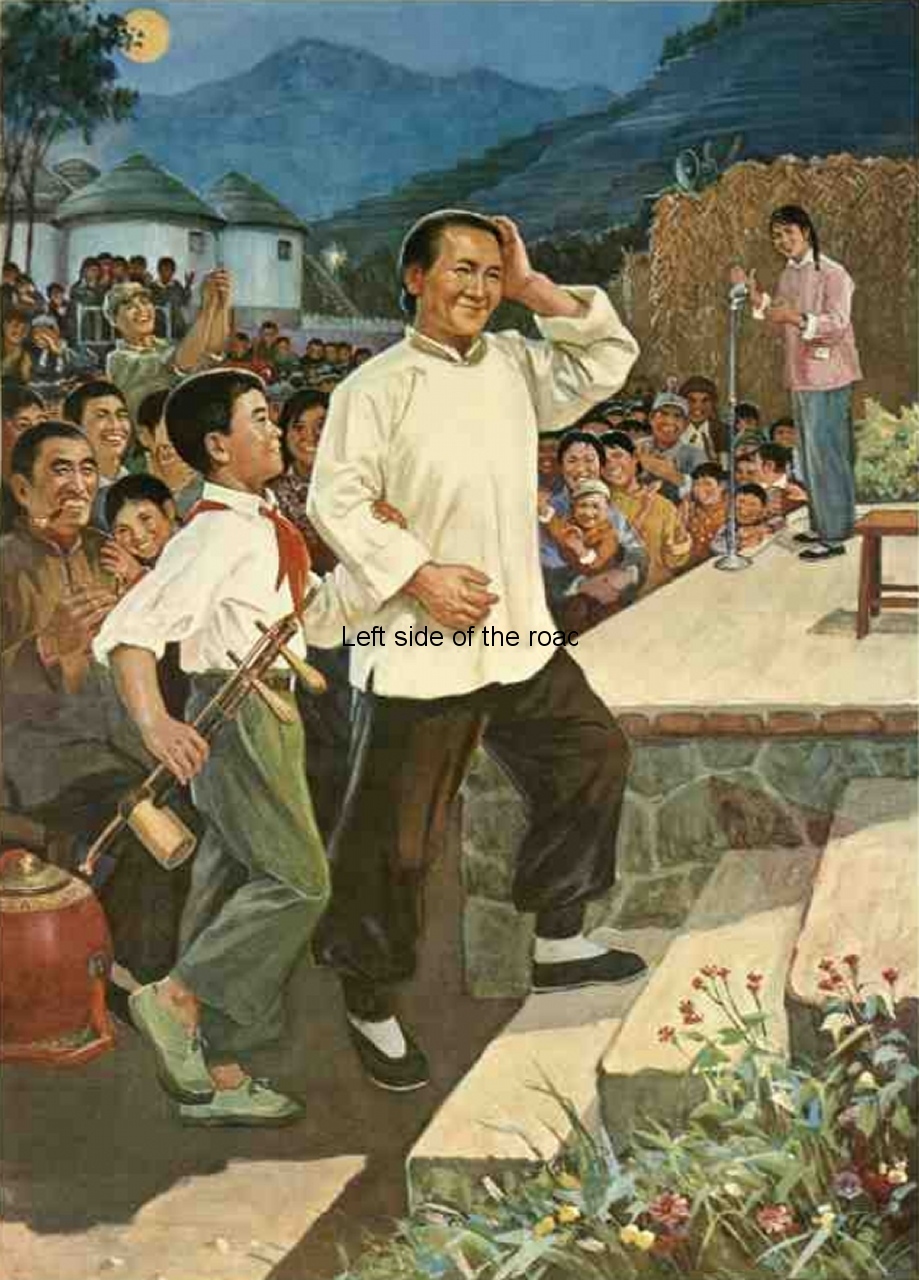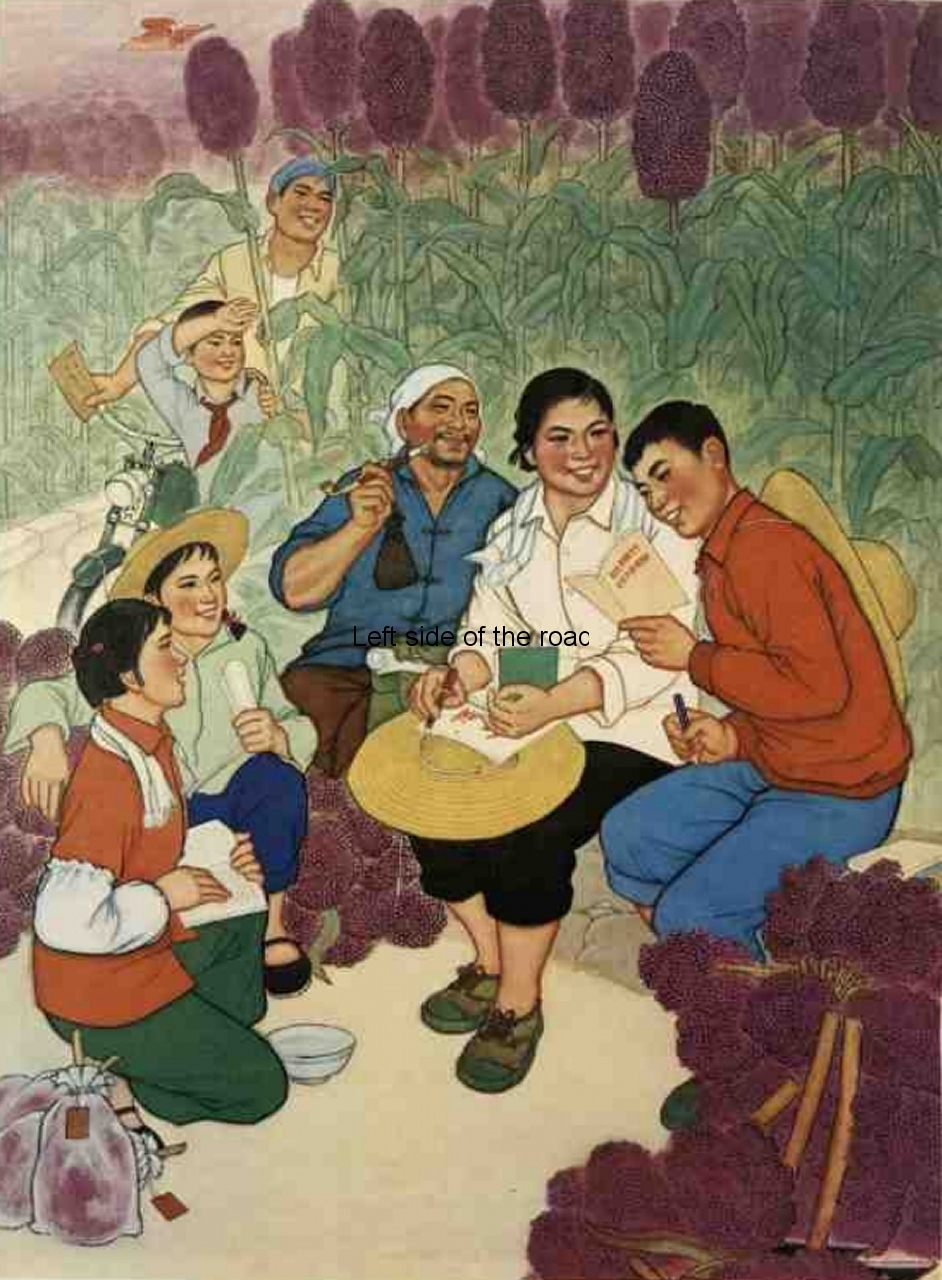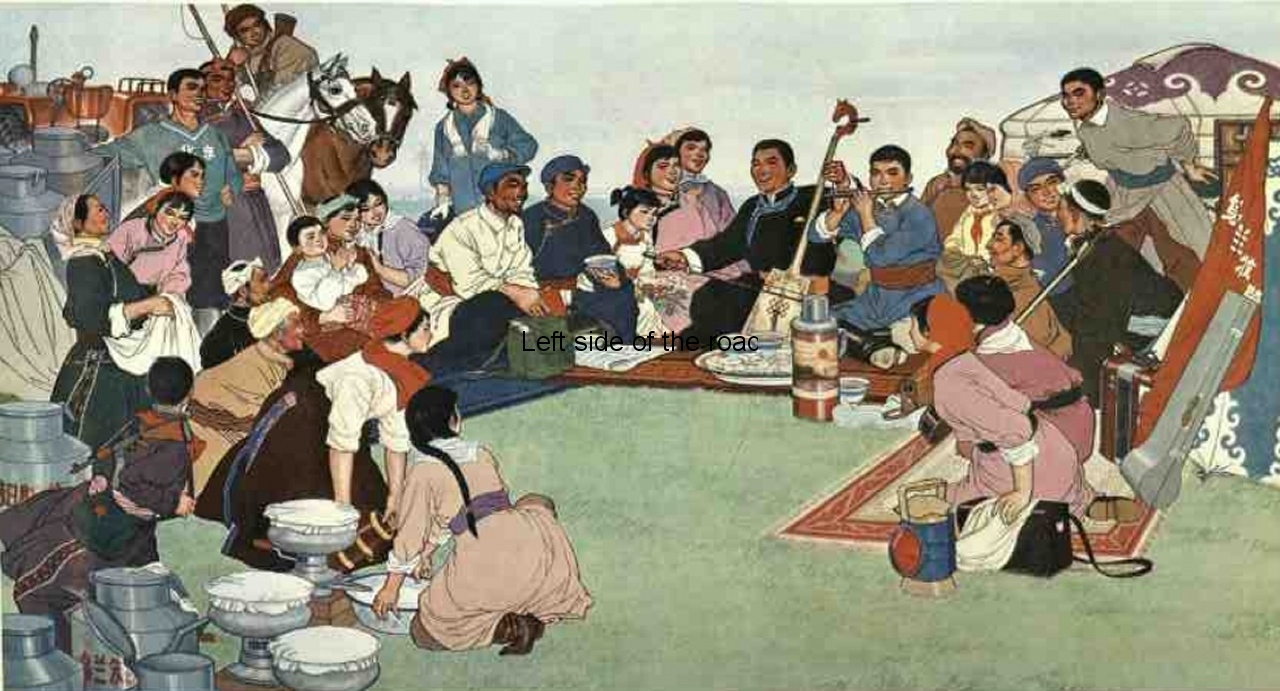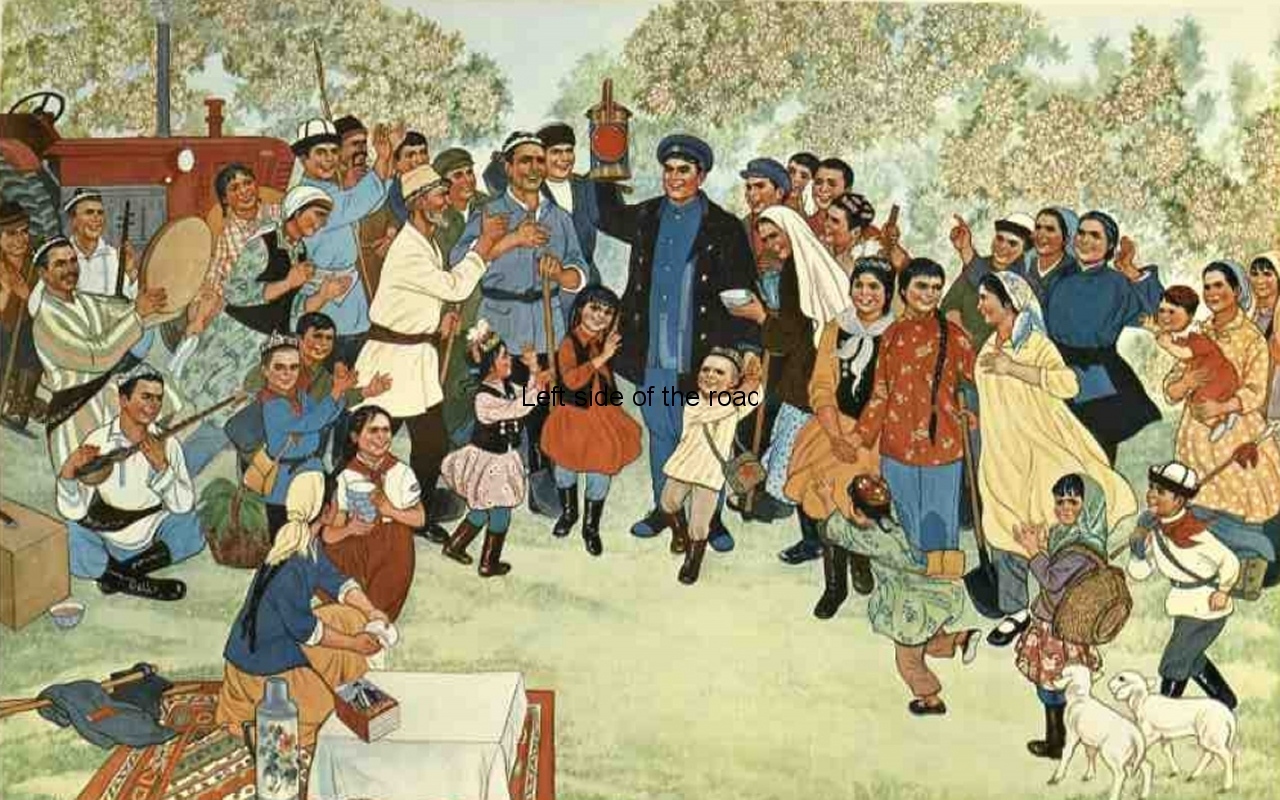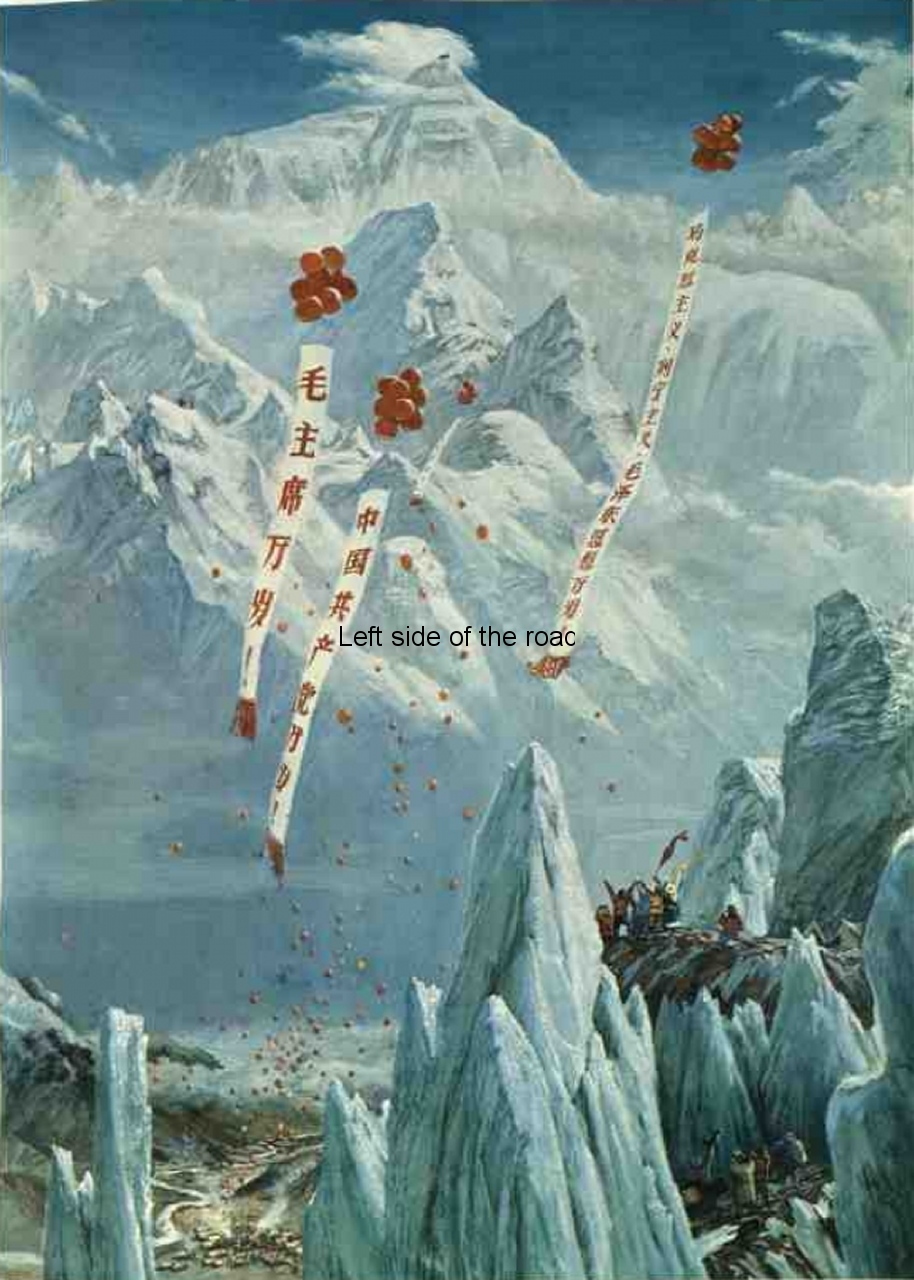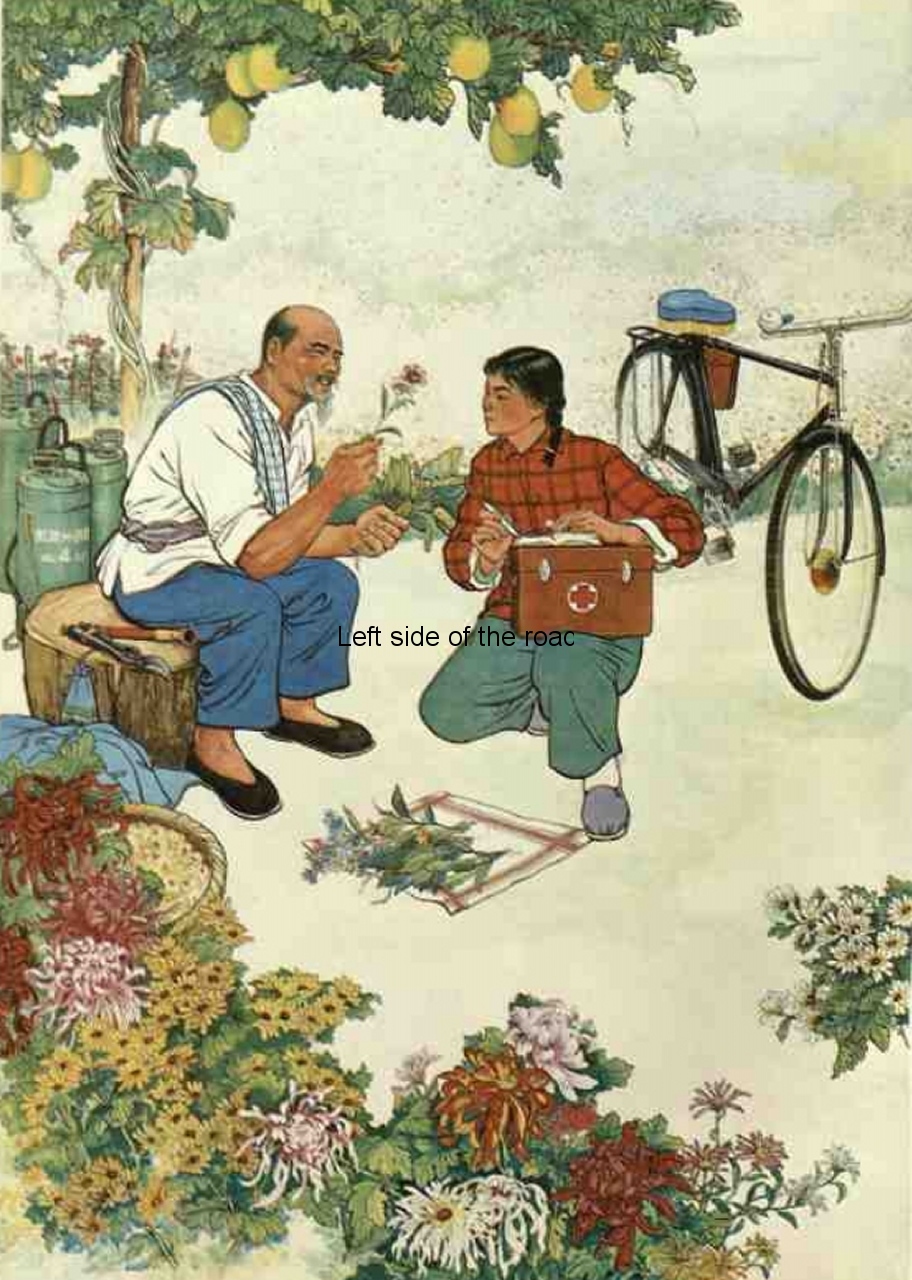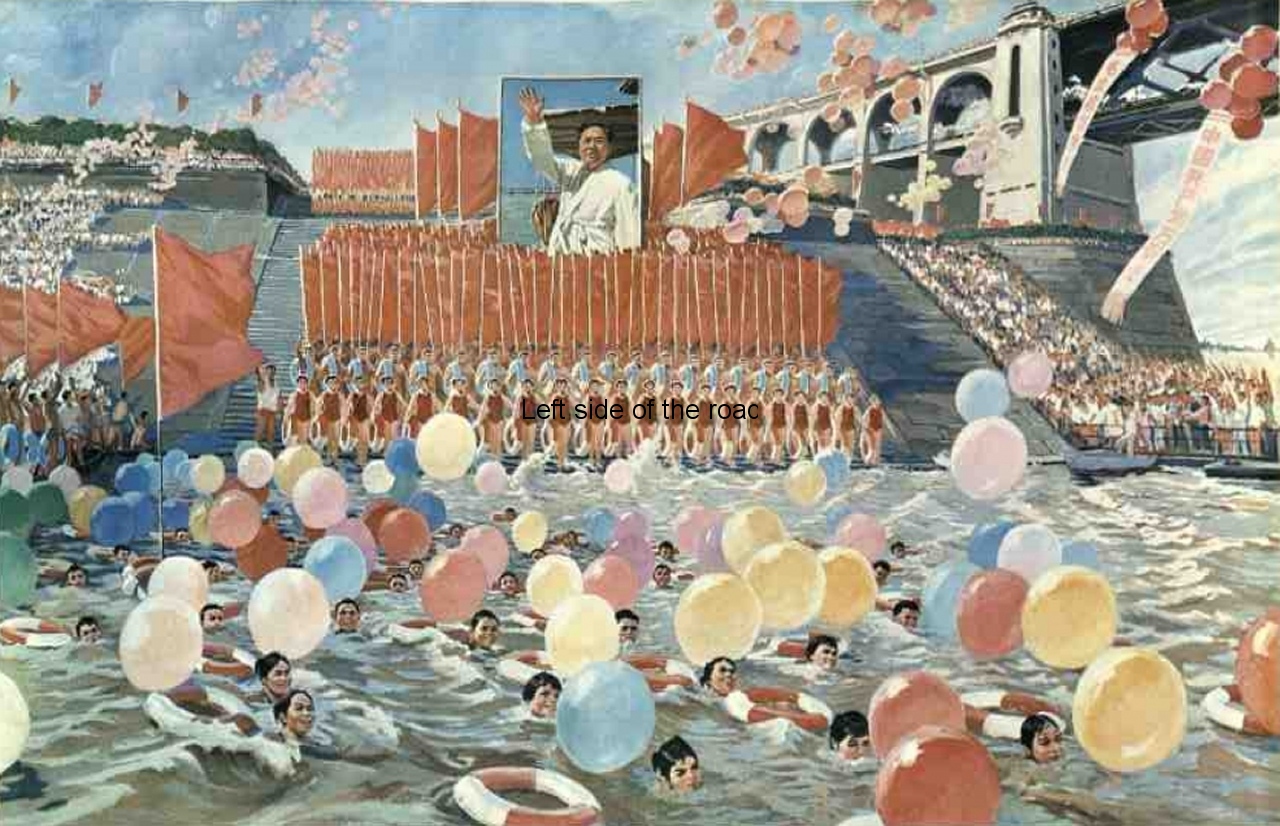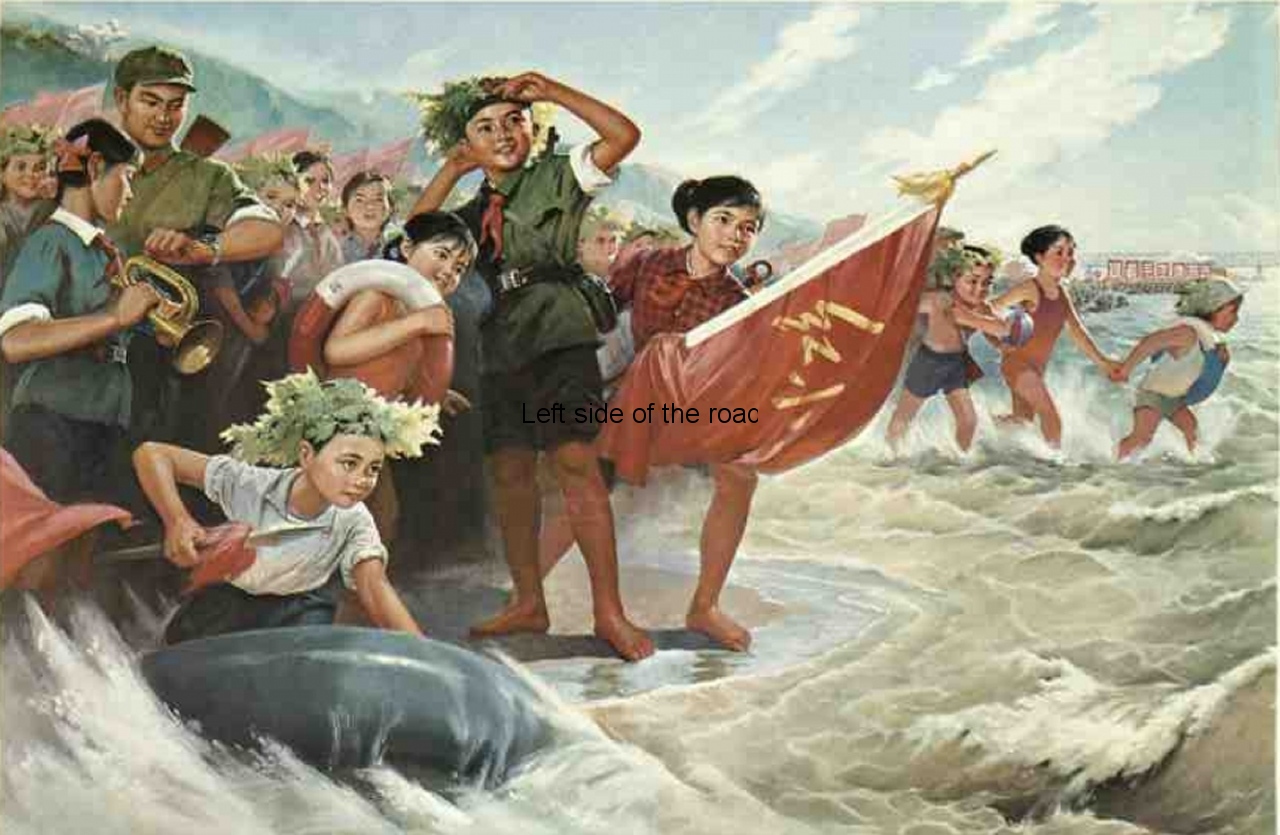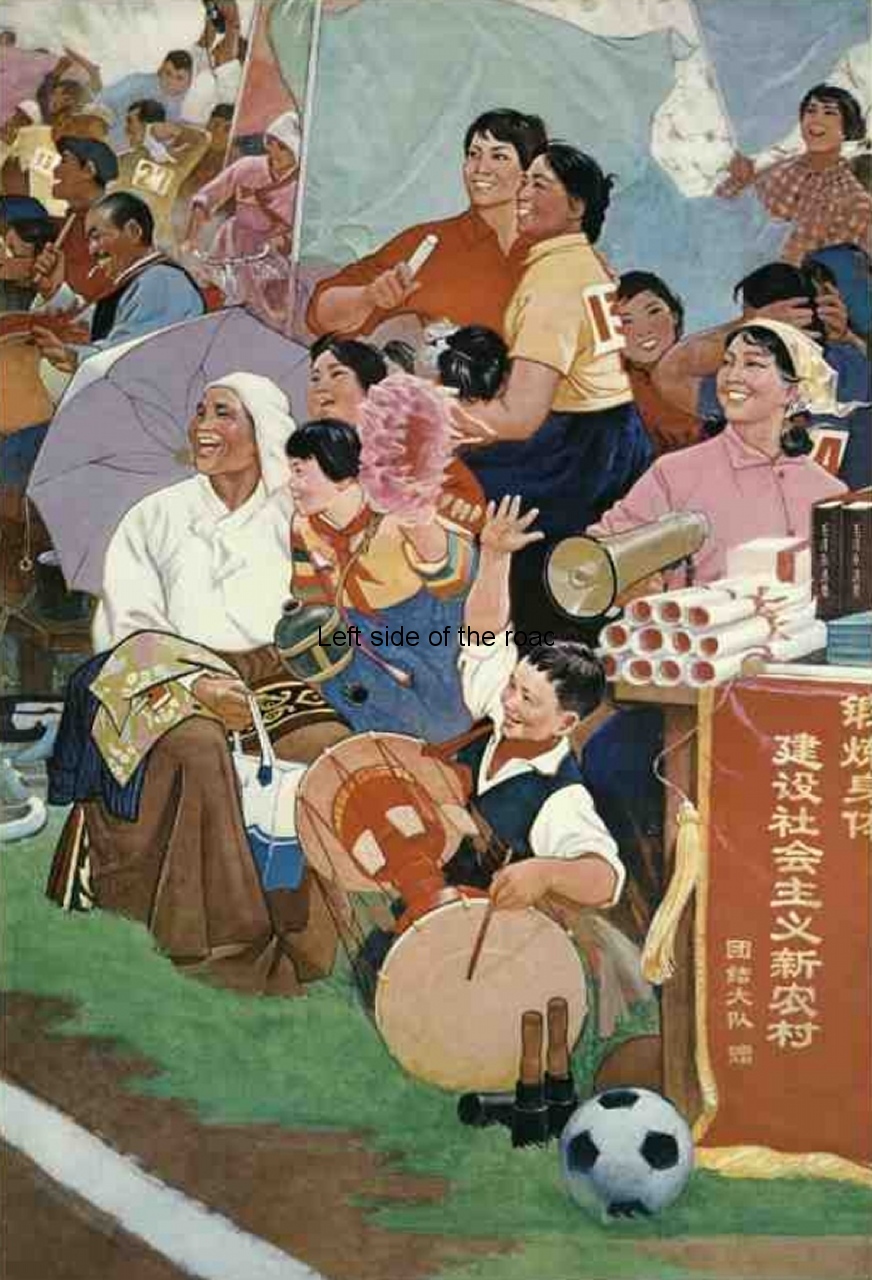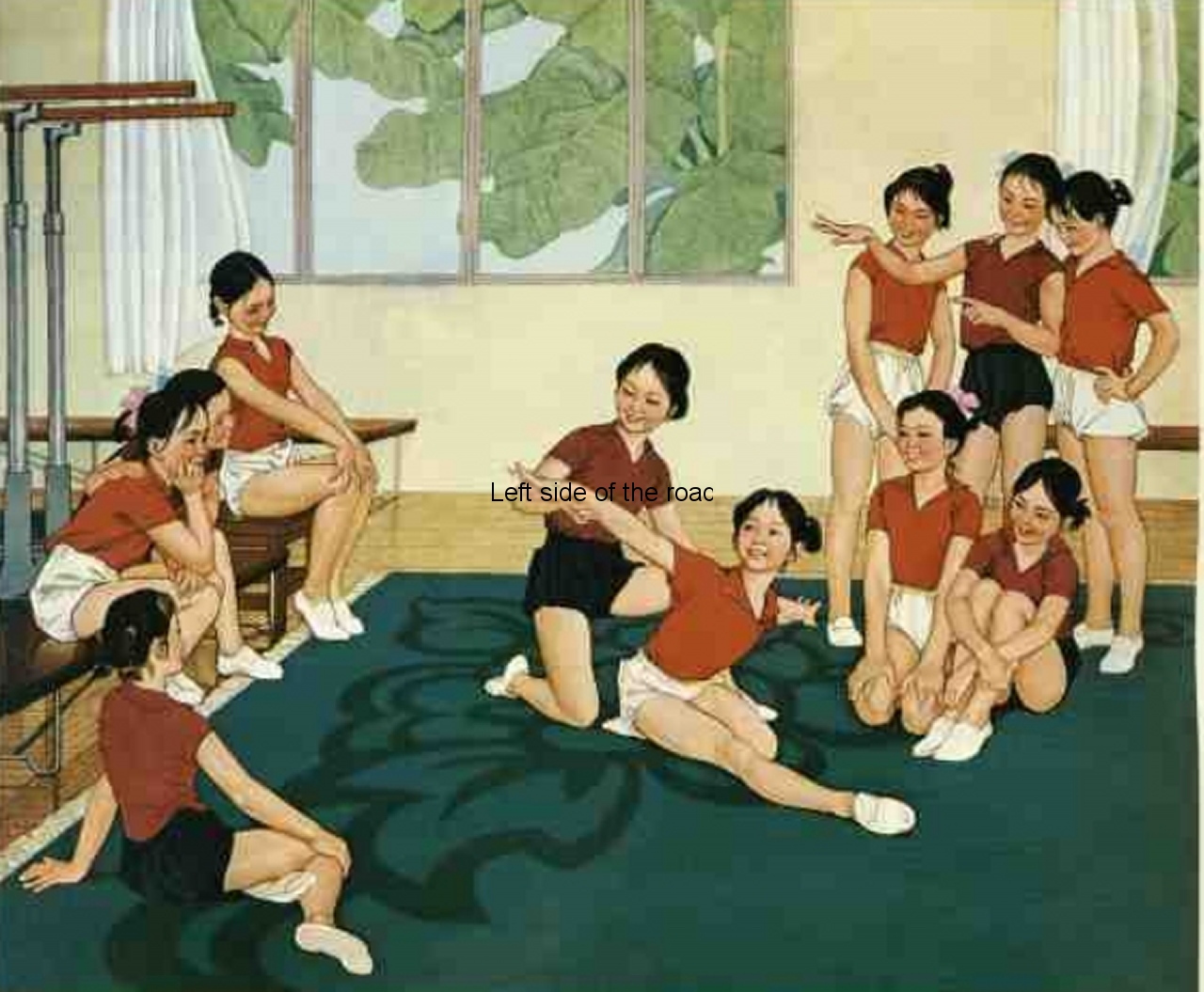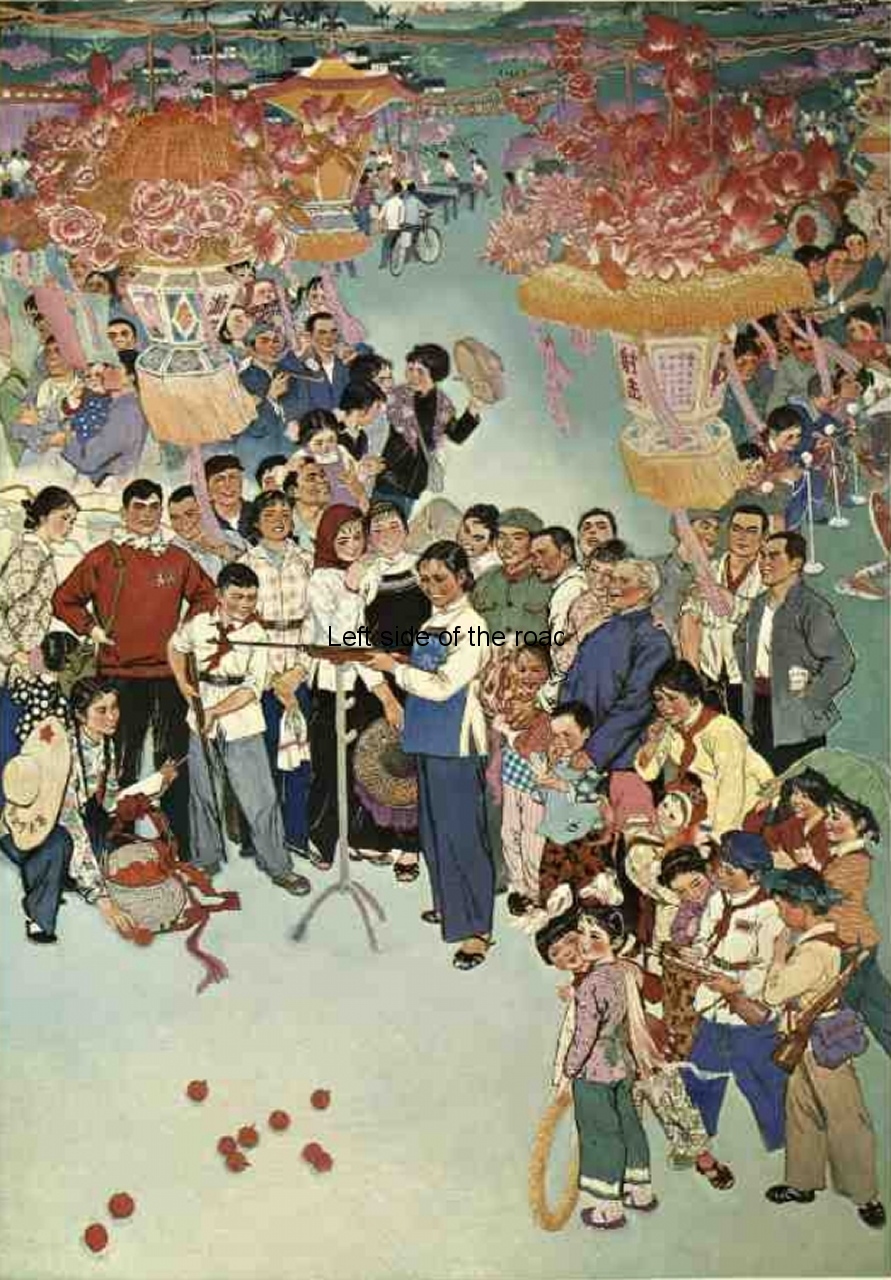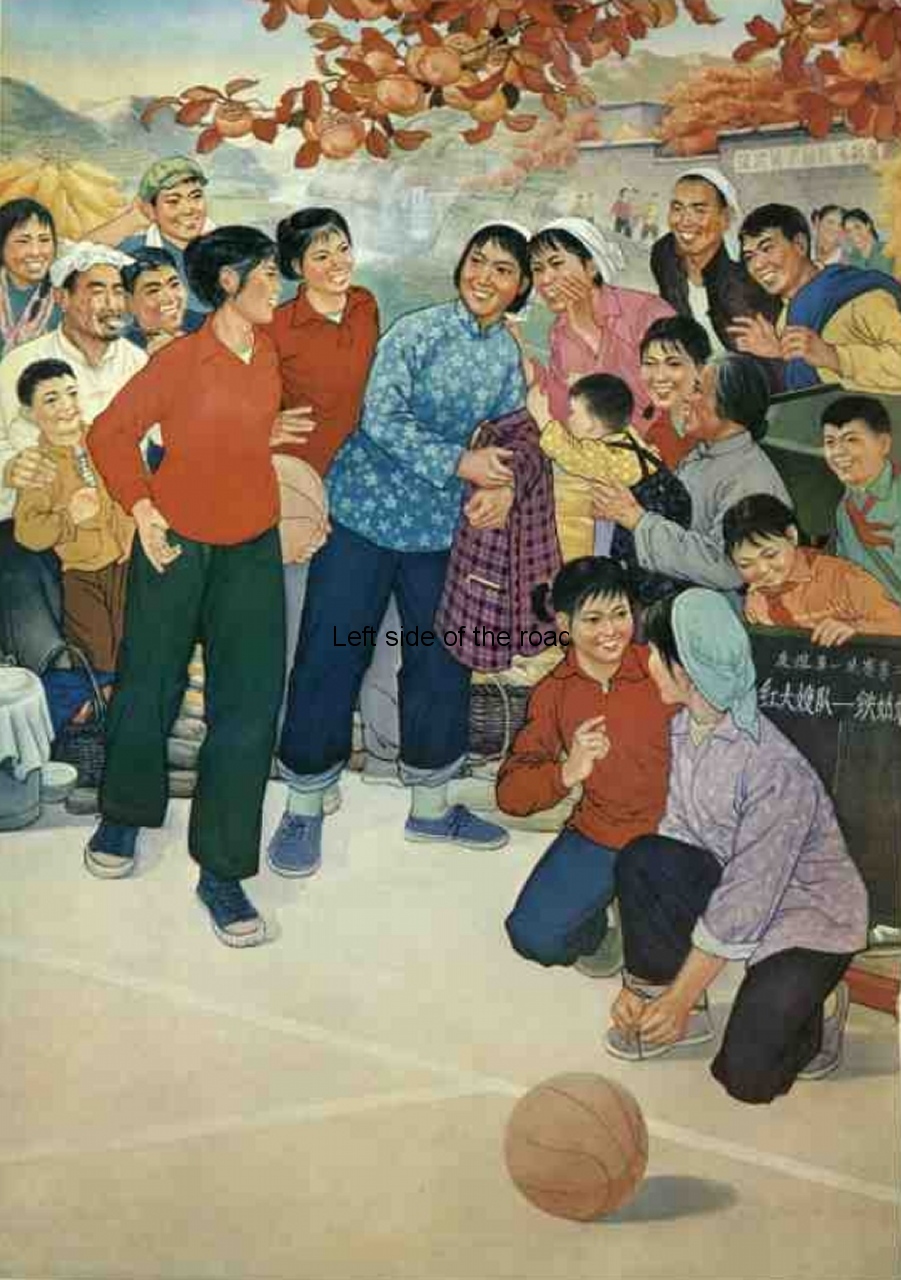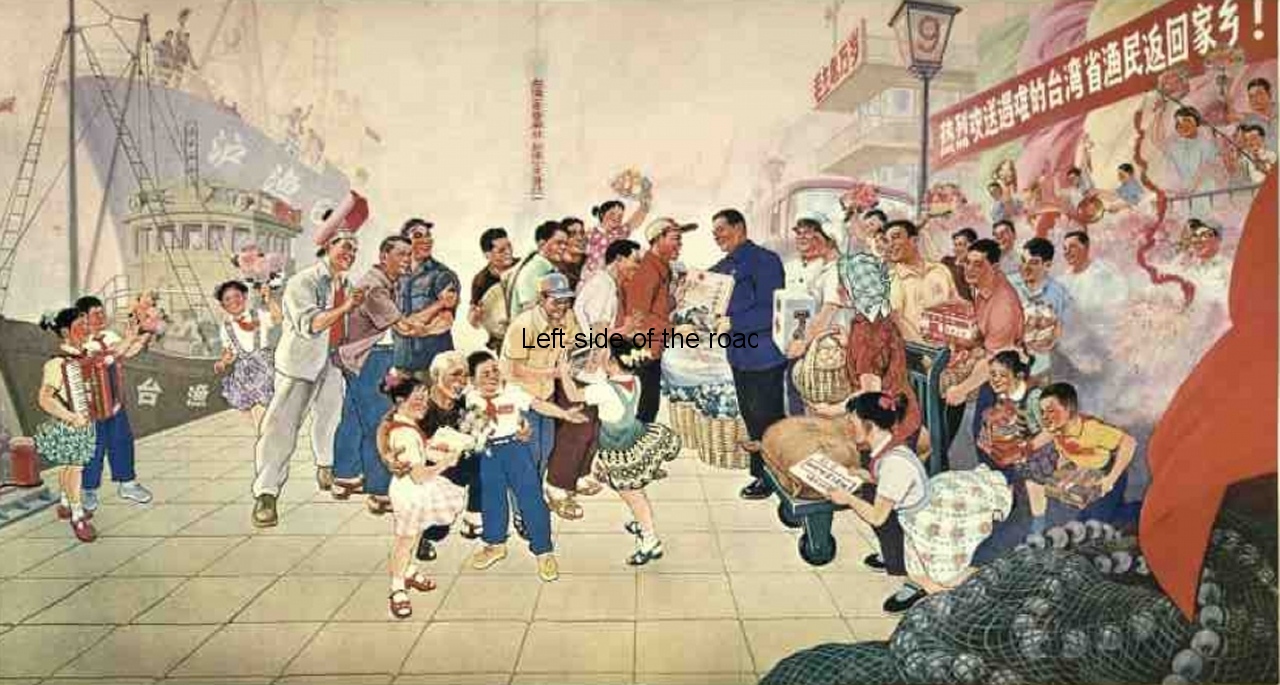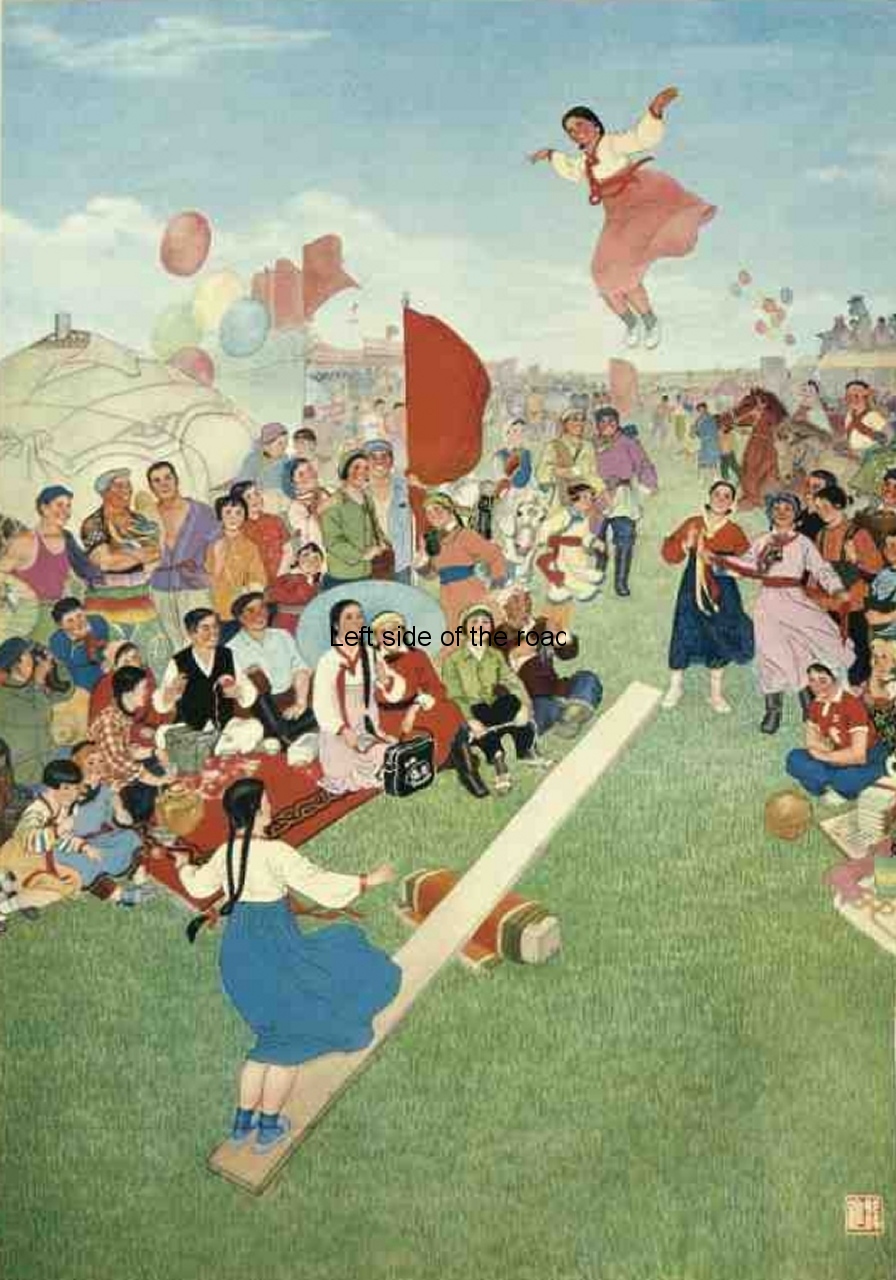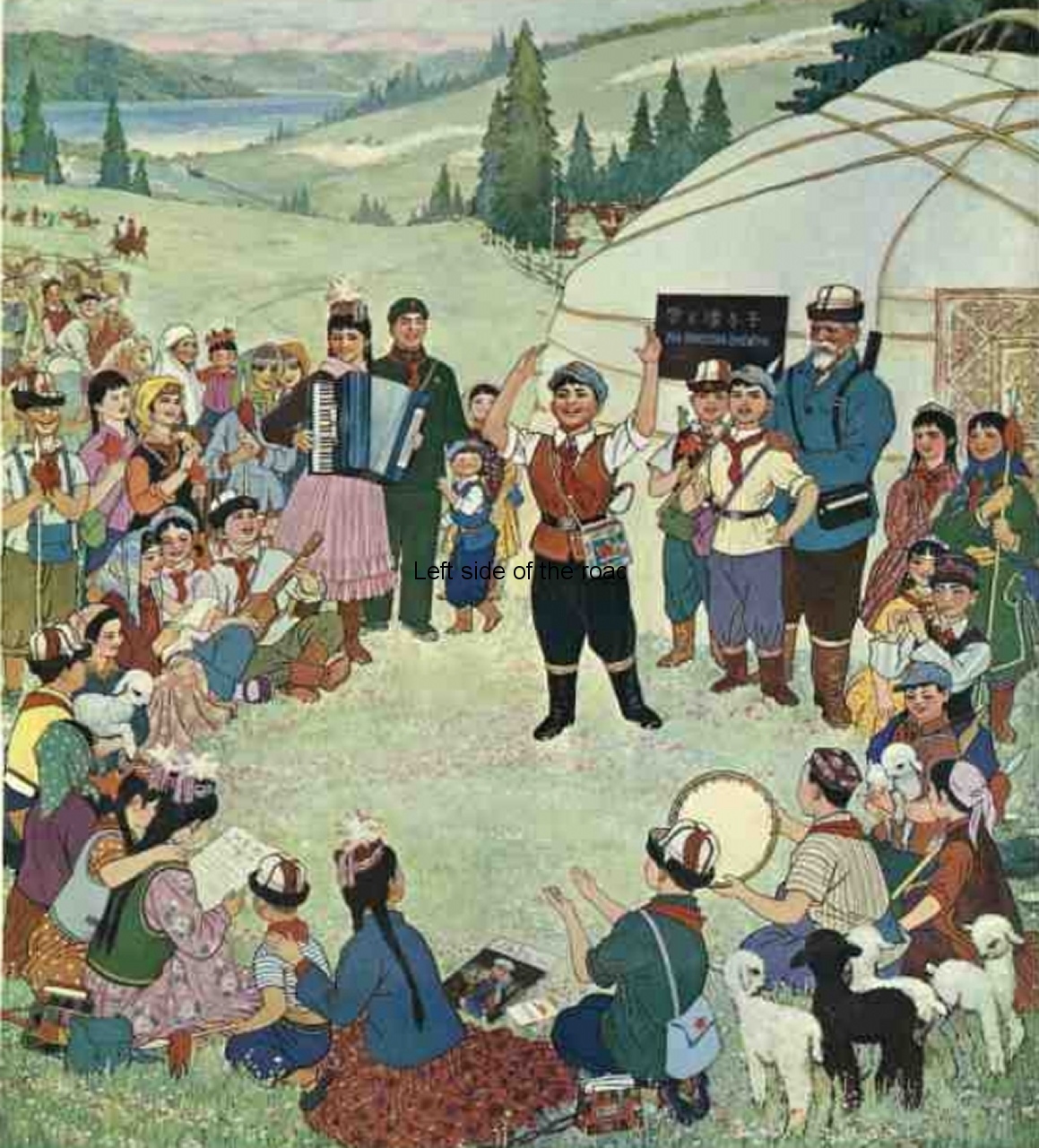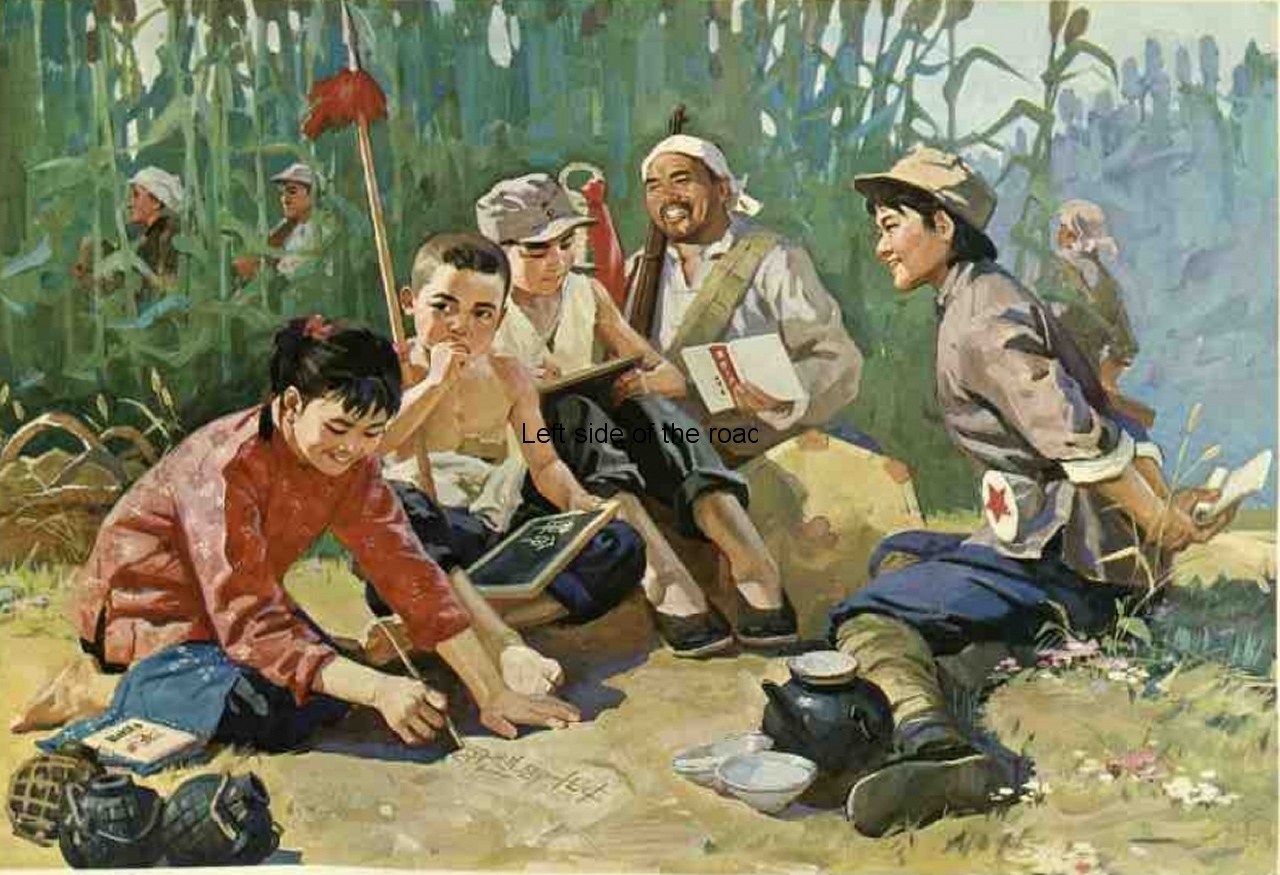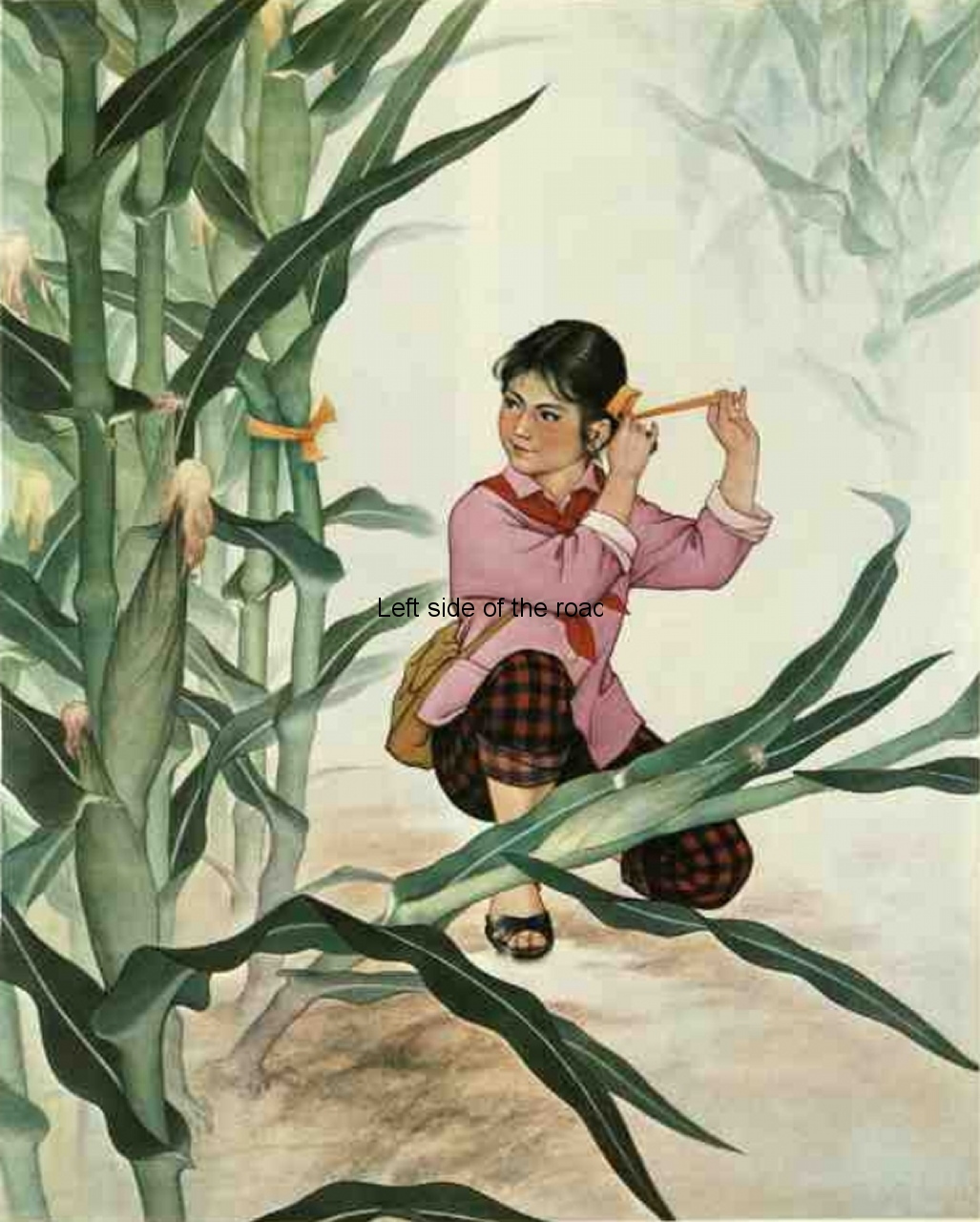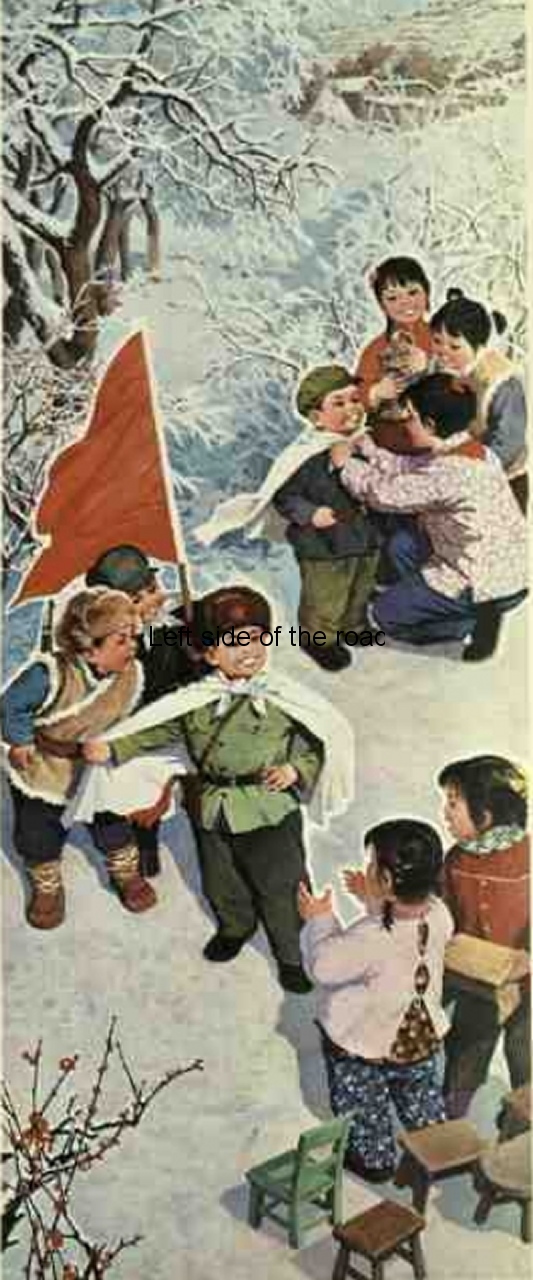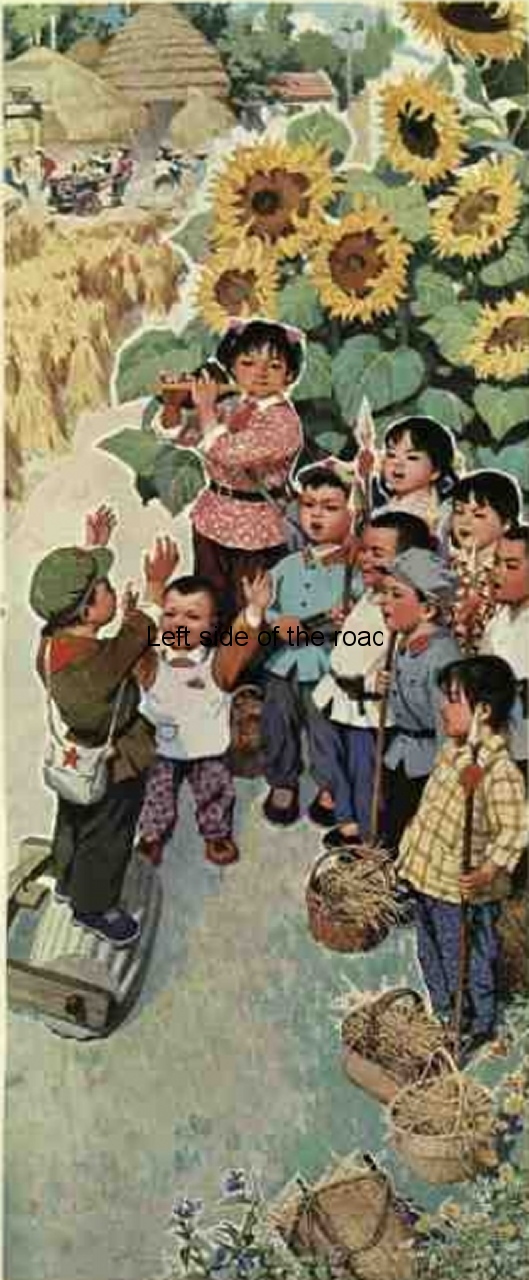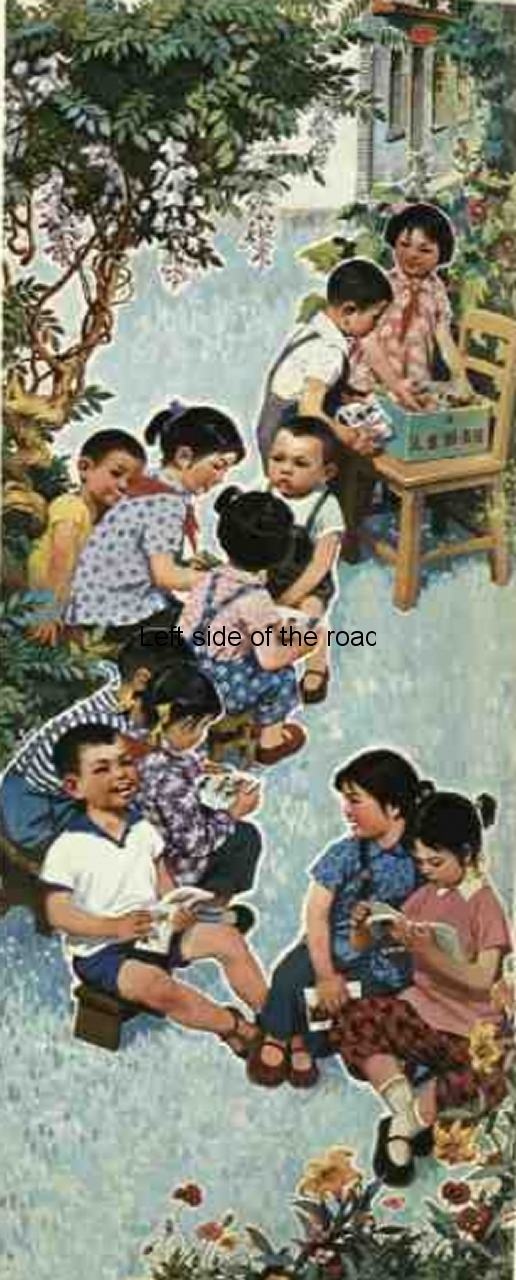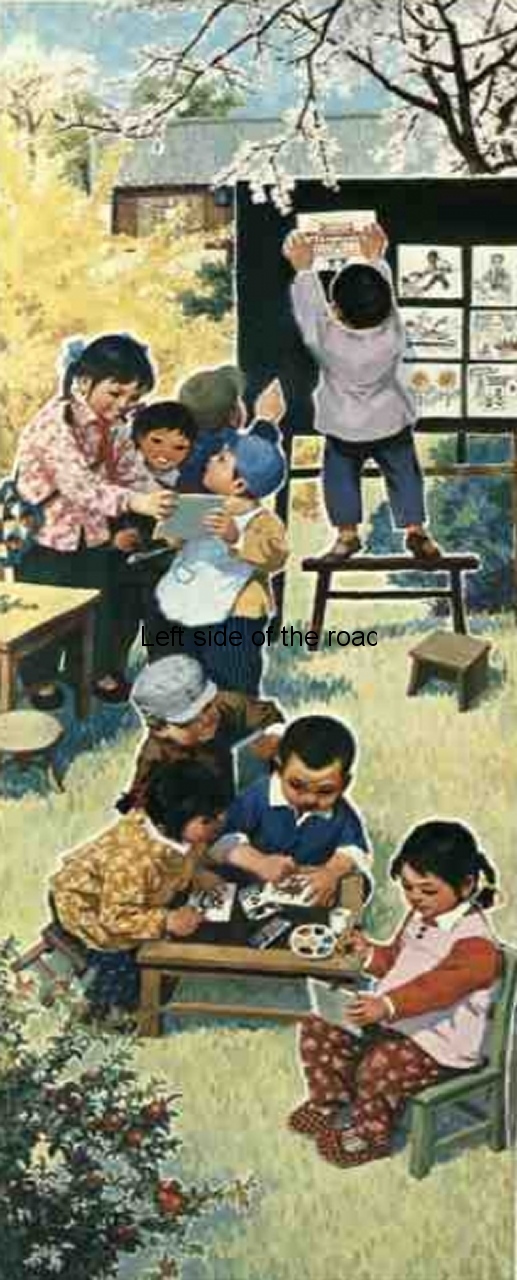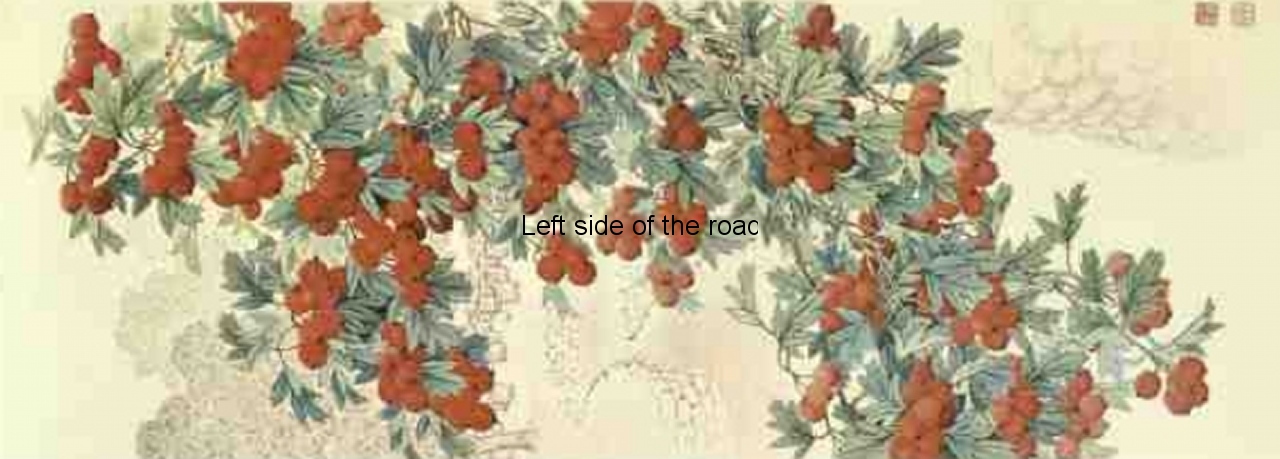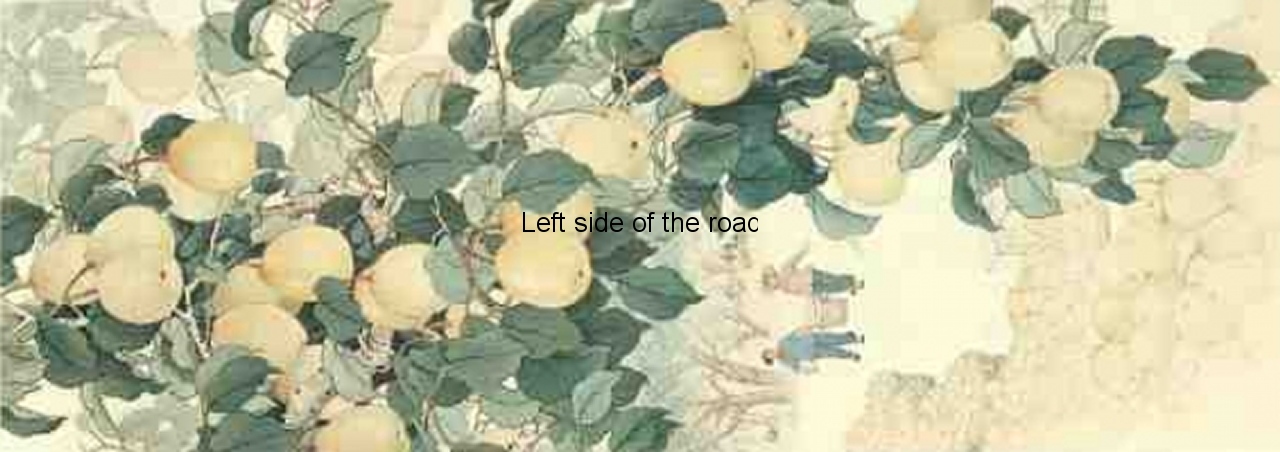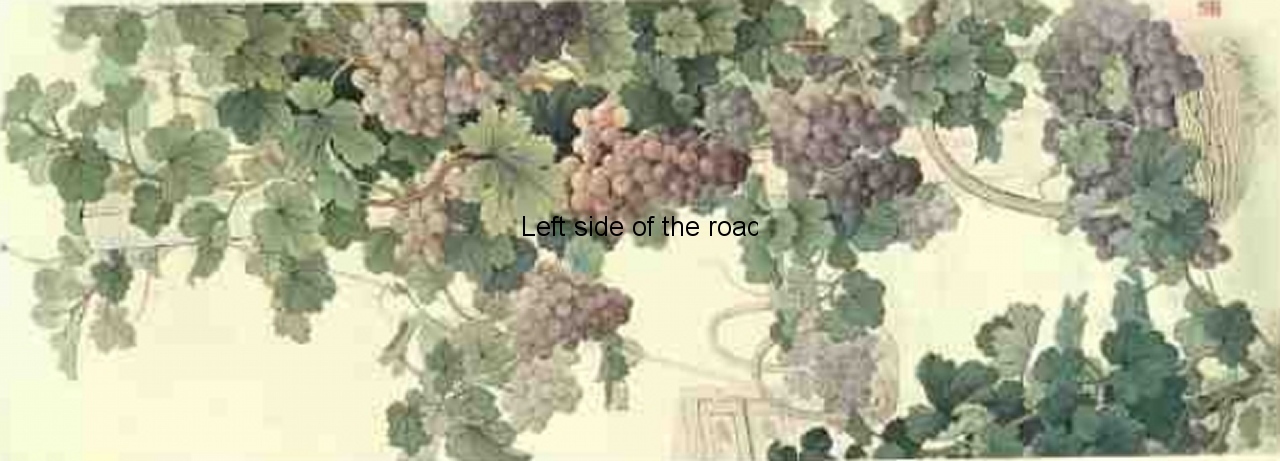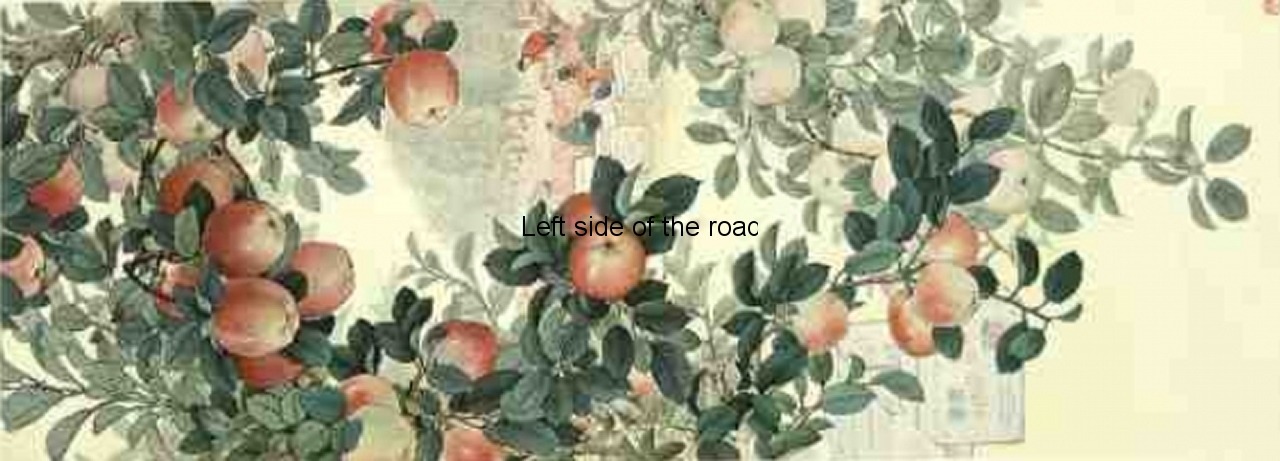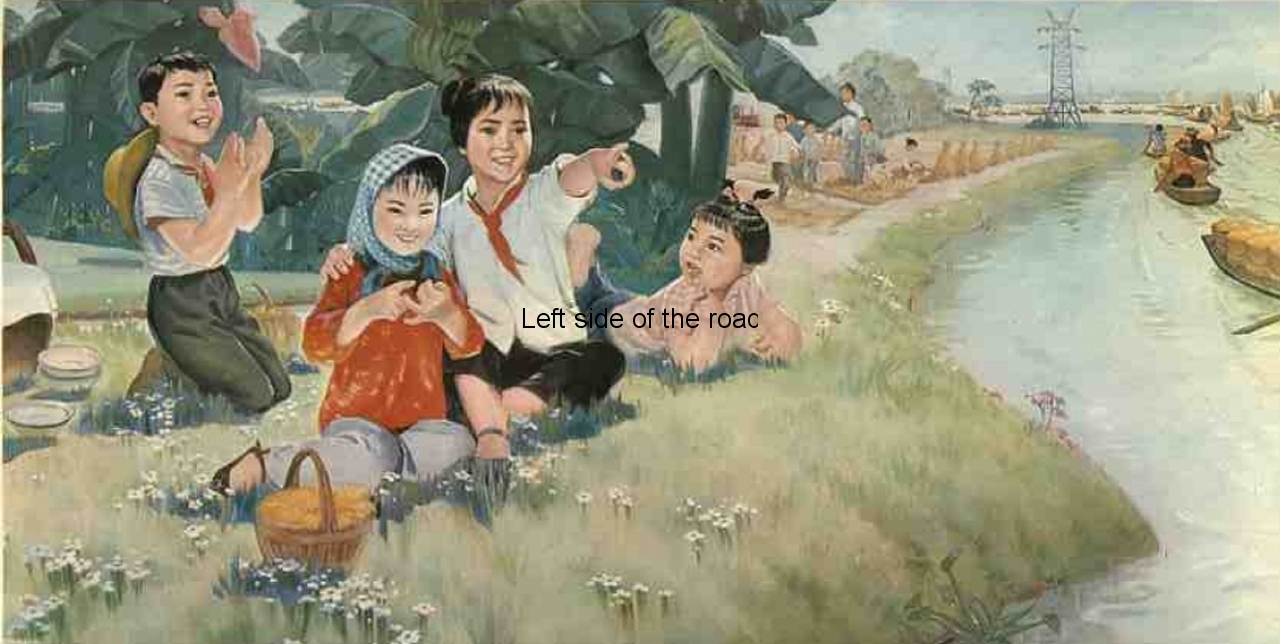
In a Yenan cave house
Communist Party of China (CPC) – history, resolutions and documents
Resolution on Certain Questions in the History of Our Party, adopted by the Enlarged Seventh Plenary Session of the Sixth Central Committee of the Communist Party of China on April 20, 1945, 72 pages. This is the revised translation from the Appendix to the 3rd edition of the pamphlet Our Study and the Current Situation, by Mao Tse-tung. (Peking: FLP, 1962)
Thirty Years of the Communist Party of China: An Outline History, by Hu Chiao-mu, (London: Lawrence & Wishart, 1951), 100 pages.
Documents of the National Conference of the Communist Party of China, held in March 1955. Includes: the Communiqué, the resolution on the draft of the first 5-year plan, the resolution on the anti-Party bloc of Kao Kang and Jao Shu-shih, and the resolution on the establishment of central and local control committees. (Peking: Oct. 1955), 68 pages.
Documents of the Sixth Plenary Session (Enlarged) of the Seventh Central Committee of the Communist Party of China, a supplement to People’s China, Dec. 1, 1955, 24 pages.
Eighth Congress of the Communist Party of China, Volume 1: Documents, (Peking: FLP, 1956), 332 pages.
Eighth Congress of the Communist Party of China, Volume 2: Speeches, (Peking: FLP, 1956), 388 pages.
Eighth Congress of the Communist Party of China, Volume 3: Greetings From Fraternal Parties, (Peking: FLP, 1956), 266 pages.
Constitution of the Communist Party of China and Report on the Revision of the Constitution of the CPC by Teng Hsiao-ping. This is the Party Constitution adopted by the Eighth National Congress on Sept. 26, 1956. The report of the the revision of the Constitution was delivered by Teng Hsiao-ping [Deng Xiaoping] at that Congress on Sept. 16, 1956. (Peking: FLP, 1956), 118 pp.
Documentos del VIII Congreso National del Partido Comunista de China, ELE, Pekin, 1957, 342 pages. Spanish version.
Second Session of the Eighth National Congress of the Communist Party of China, seven reports and resolutions, including Report on the Work of the Central Committee of the CCP to the Second Session of the Eighth National Congress by Liu Shao-chi. (Peking: FLP, 1958), 99 pages.
The historical experience of the Dictatorship of the Proletariat, FLP, Peking, 1959, 64 pages.
Training Successors for the Revolution is the Party’s Strategic Task, 3 articles on this topic including the title article by An Tzu-wen from Hongqi, Nos. 17-18, 1964. (Peking: FLP, 1965), 68 pages.
Absorb Proletarian Fresh Blood – An Important Question in Party Consolidation, Hongqi [Red Flag] editorial, #4, Oct. 14, 1968. (Peking: FLP, 1968), 34 pages.
Communique of the Enlarged Twelfth Plenary Session of the Eighth Central Committee of the Communist Party of China, adopted on Oct. 31, 1968. (Peking: FLP, 1968), 32 pages.
The Ninth National Congress of the Communist Party of China (Documents), including the Report to the Ninth National Congress of the Communist Party of China delivered by Lin Piao; The Constitution of the Communist Party of China; lists of members of the Central Committee and the Politburo; and several press communiques. (Peking: FLP, 1969), 206 pages. Lin Piao’s Report issued as a separate small pamphlet, 112 pages.
The Constitution of the Communist Party of China, adopted by the Ninth National Congress of the Communist Party of China, April 4, 1969. (Peking: FLP, 1969), 52 pages.
Hold Aloft the Banner of Unity of the Party’s Ninth Congress and Win Still Greater Victories, editorial of Renmin Ribao, Hongqi and Jifangjun Bao, June 9, 1969. (Peking: FLP, 1969), 26 pages.
Communists Should Be the Advanced Elements of the Proletariat – In Commemoration of the 49th Anniversary of the Founding of the Communist Party of China. (Peking: FLP, 1970), 20 pages.
Commemorate the 50th Anniversary of the Communist Party of China: 1921-1971, (Peking: FLP, 1971), 60 pages.
The Tenth National Congress of the Communist Party of China (Documents), (Peking: FLP, 1973), 138 pages.
A basic understanding of the Communist Party of China, Shanghai 1974, Norman Bethune Institute, Toronto, 1976, 222 pages.
The Eleventh National Congress of the Communist Party of China (Documents), (Peking: FLP, 1977), 270 pages.
Documents of the Chinese Communist Party Central Committee – September 1956-April 1969, Union Research Institute, Hong Kong, 1974
A collection of documents (not complete) covering an important period of the development of Socialism in the People’s Republic of China. Large files hence divided into a number of parts.
Resolutions of the Tsunyi Conference, Jerome Ch’en, The China Quarterly, No 40, October-December, 1969, pp 1-38, SOAS, London.
History of the Chinese Communist Party, a chronology of events, 1919-1990, FLP, Beijing, 1991, 524 pages.
A concise history of the Communist Party of China, (Seventy years of the CPC.), Hu Sheng (chief editor) Party History Research Centre of the CPC Central Committee, FLP, Beijing, 1994, 873 pages. A Revisionist interpretation of history. Too big to download to WordPress 2024
Commentaries on the Communist Party of China
The Communist Party of China and the 20th Congress of the CPSU, Irish Communist Organisation, Cork, 1970, 20 pages. Policy statement No. 3.



